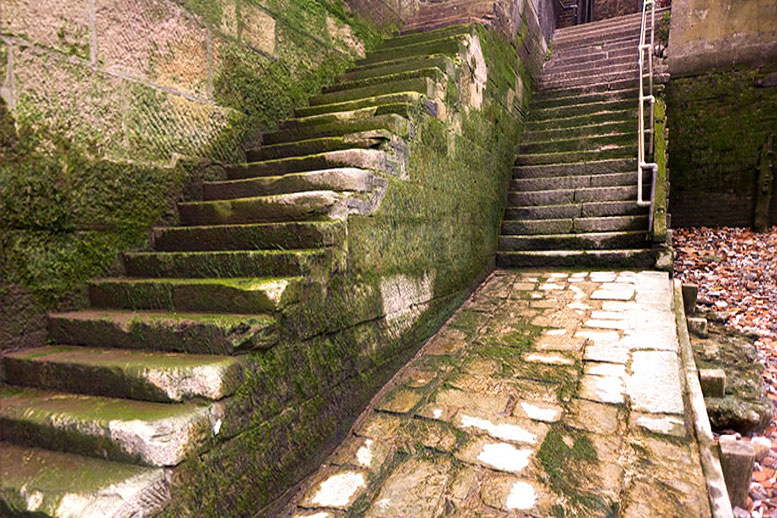
Wapping is on the north bank of the River Thames; the East London neighborhood is especially known for the Old Stairs and the pubs: Prospect of Whitby, Henry VIII, and Captain Kidd

The Old Stairs can be found through a narrow alley on Wapping High Street just west of Scandrett Street; this intersection is a ten minute walk west of Wapping Overground station; there are ample amounts of old pottery fragments here as elsewhere on the riverbank; but watch your footing if stone steps are wet
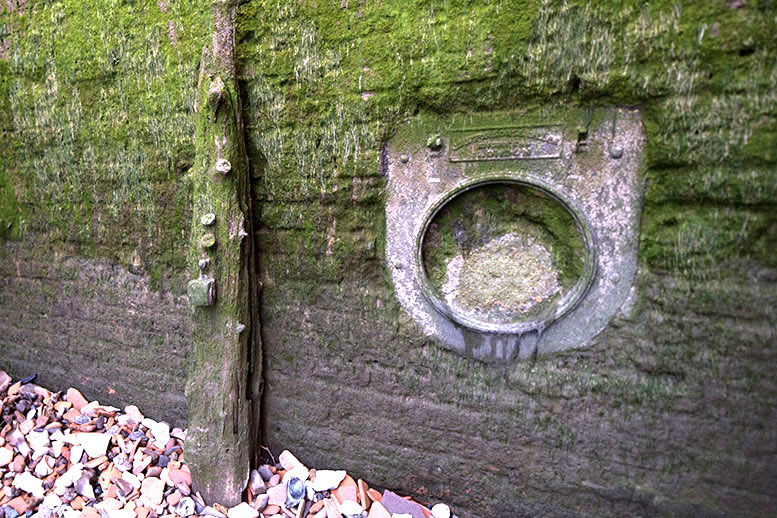
Area to the right of above picture
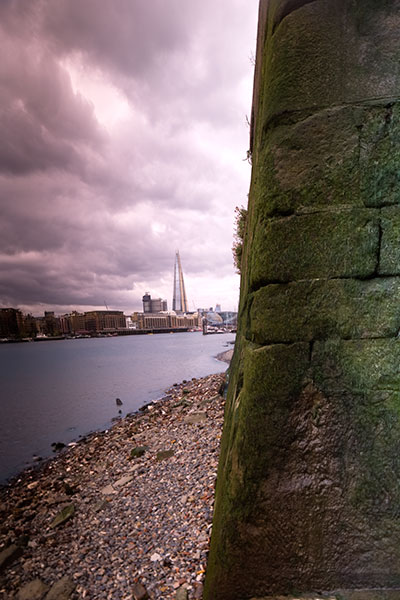
River Thames with Shard Building in distance
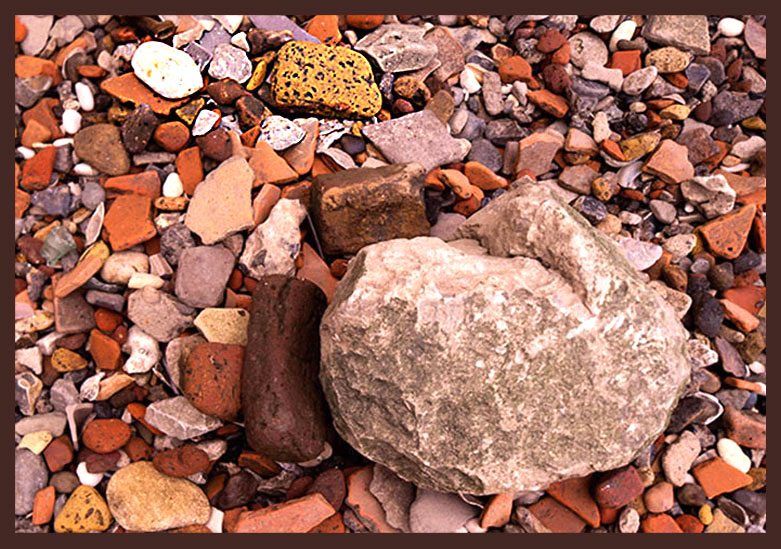
Centuries old pottery fragments
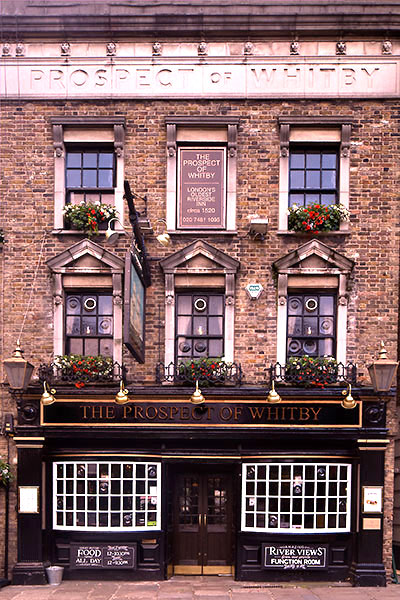
Prospect of Whitby is a riverside tavern first built in 1520 as a meeting place for sailors, smugglers, cut-throats, and others; the word "prospect" can mean a view of a landscape or an estuary; here the Thames is an estuary (river with tides); Whitby was a ship that berthed nearby
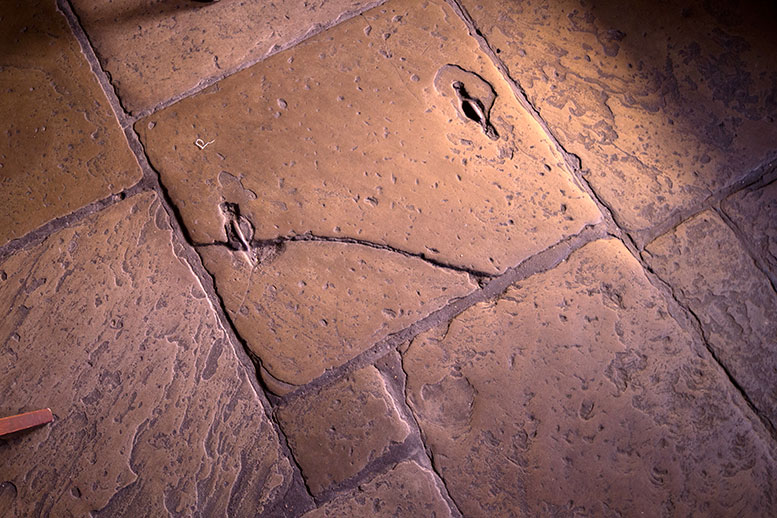
The only part left of the earliest pub here is the 400-year-old stone floor
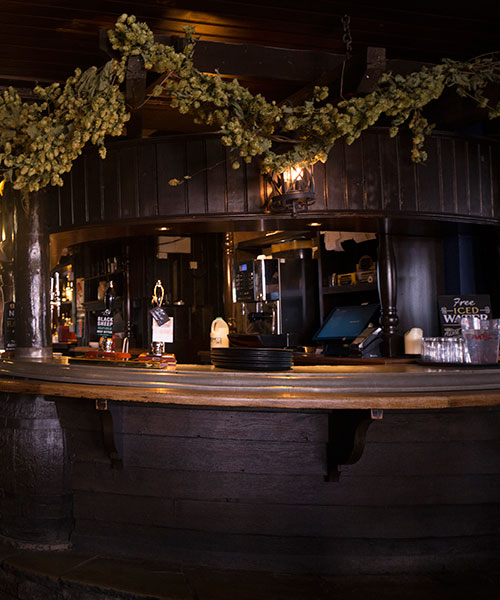 ...
...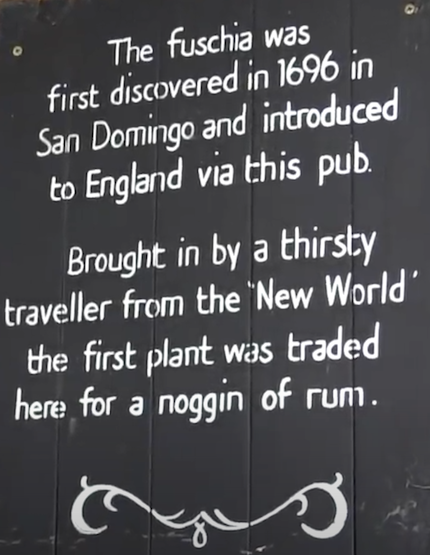
Current interior, Prospect of Whitby with historical note about the purplish-red coloured flower; a noggin can be a quarter of a pint
Very few pubs have such a device
..
Sights on the river
Secured barge and boat that patrols for pirates on the River Thames :)
Looking across the river
London Transport Museum
Located in Covent Garden the museum was designed by William Rogers in 1871; a second site in Acton is not always open to the public; the collection was started decades ago by the London Omnibus Company to preserve retired buses; the site includes buses, trains, and taxis (entrance fee)
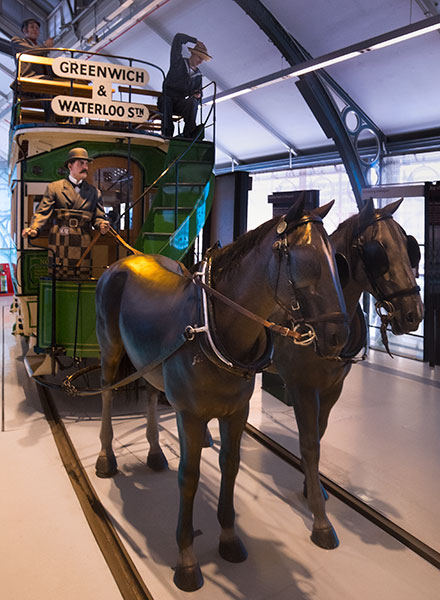
Early coach on rails pulled by horses
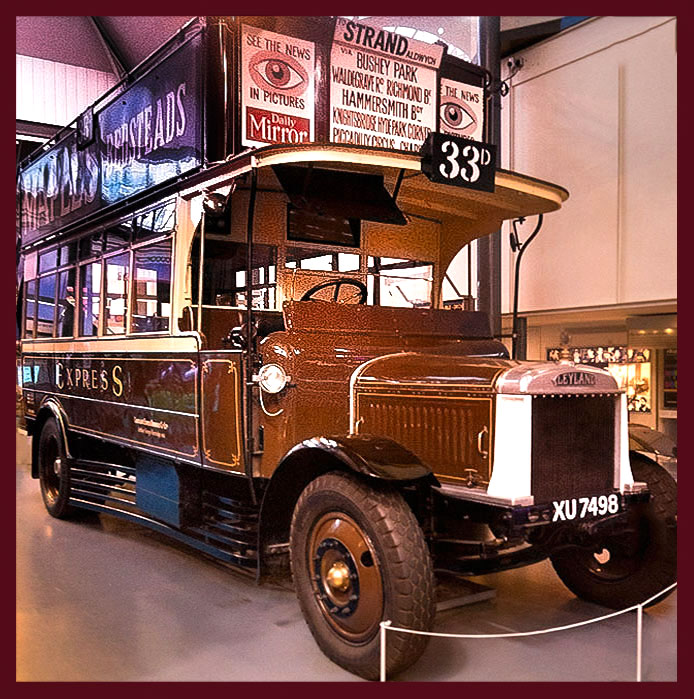
Later motorized bus
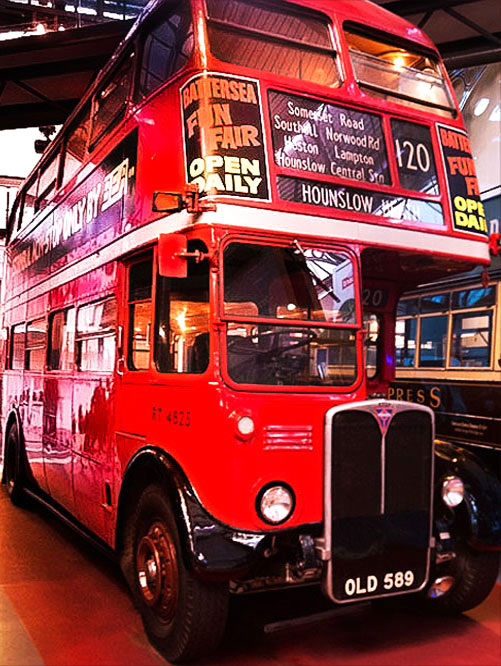
More modern-looking bus
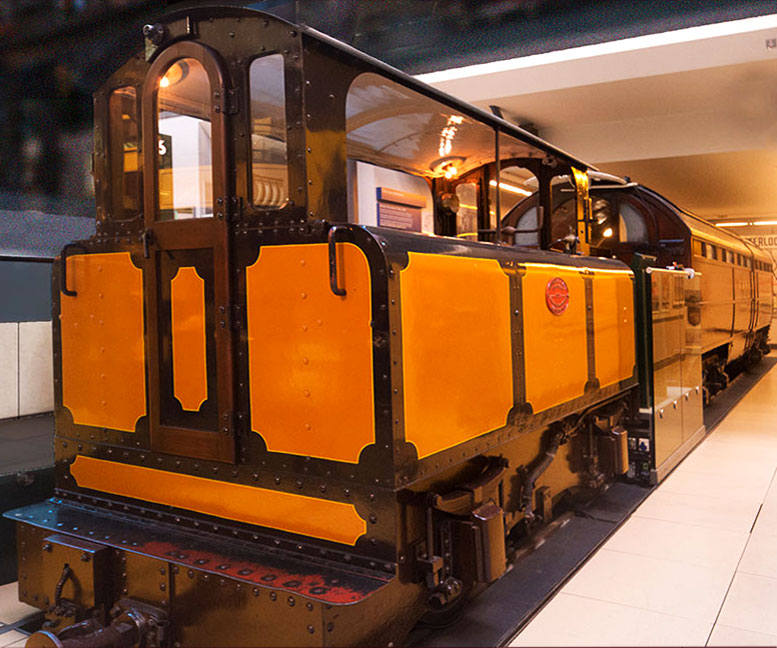
Early train for mass transportation
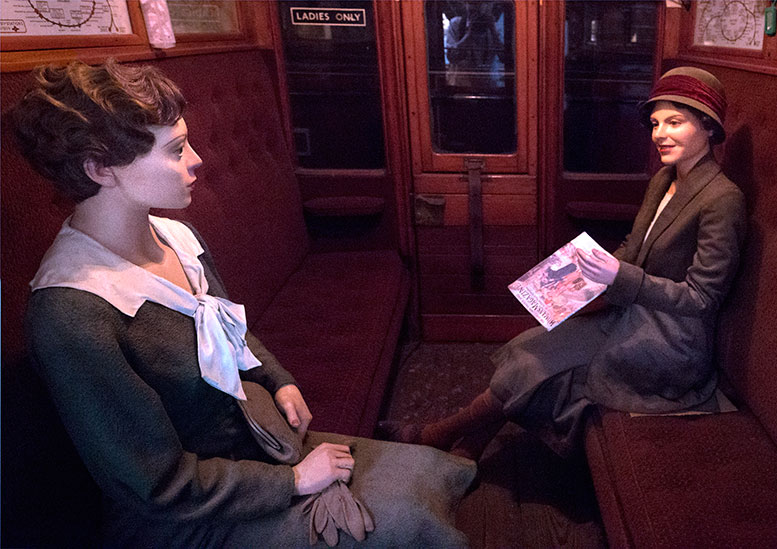
Ladies car on train
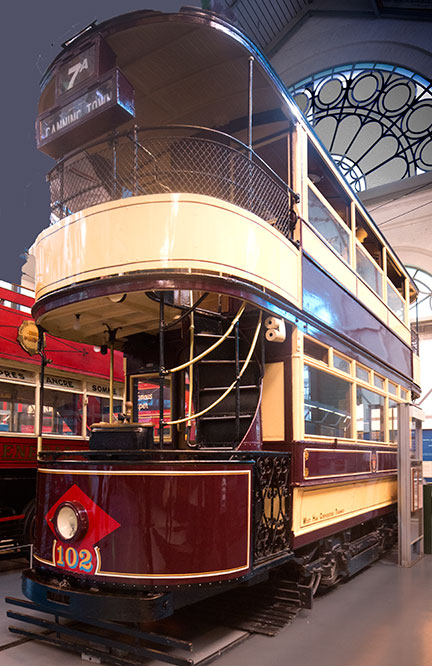 ..
..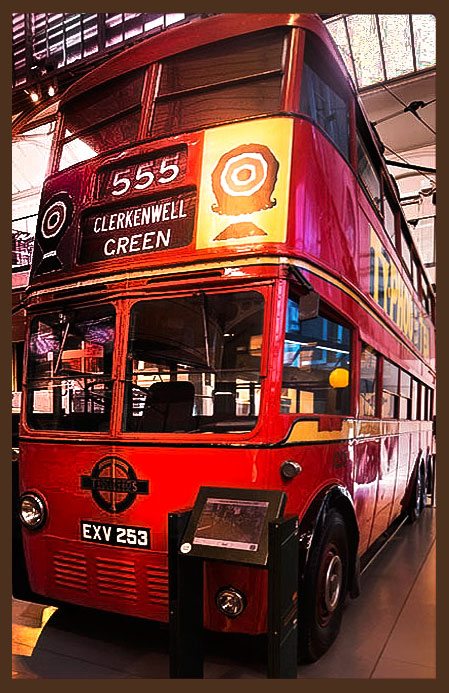
Double-decked designs
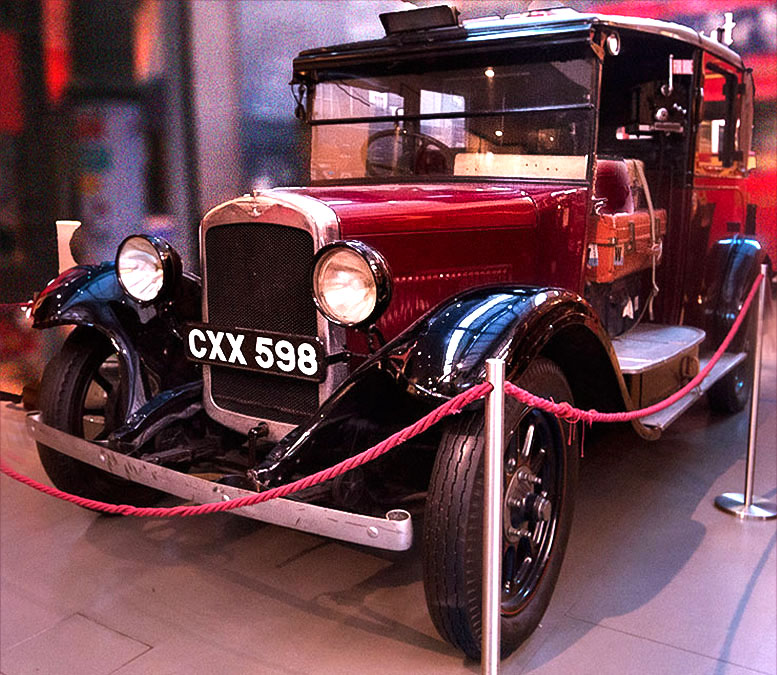
Taxi
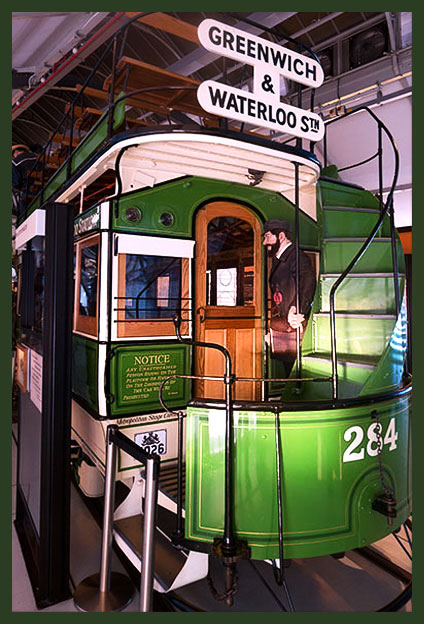
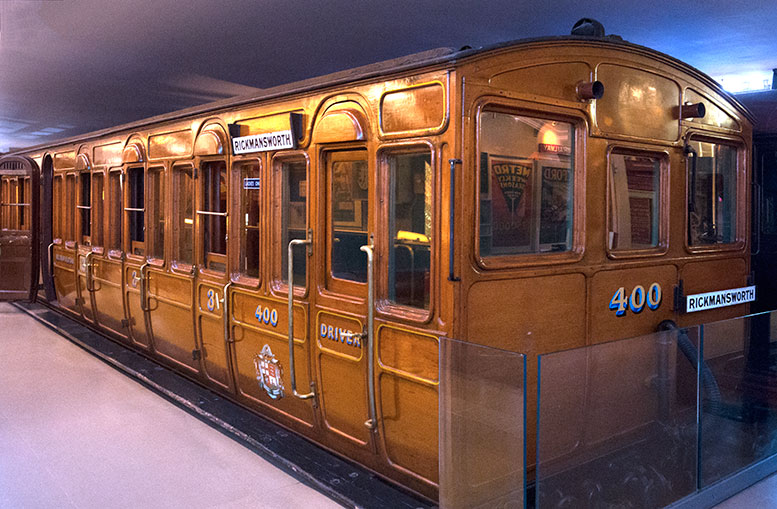
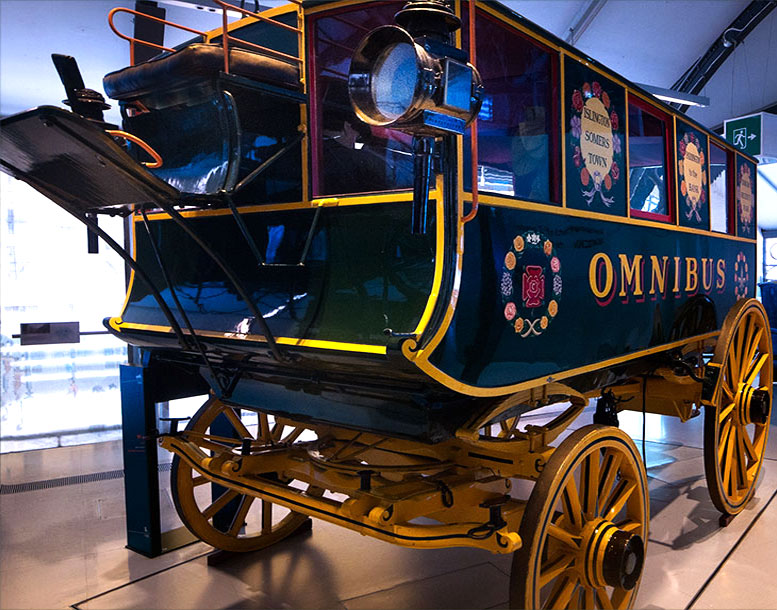
Opened in 1816 the canal links the Thames River with the connected canal system beyond London; like other canals in the UK, Regents Canal was built to transport grain and other needed things to villages, towns and cities; when railroads and trucks took over this service the canal could have been remade as a train line; it wasn't; today, Regents Canal is used for leisure and in some cases as housing on moored canal boats
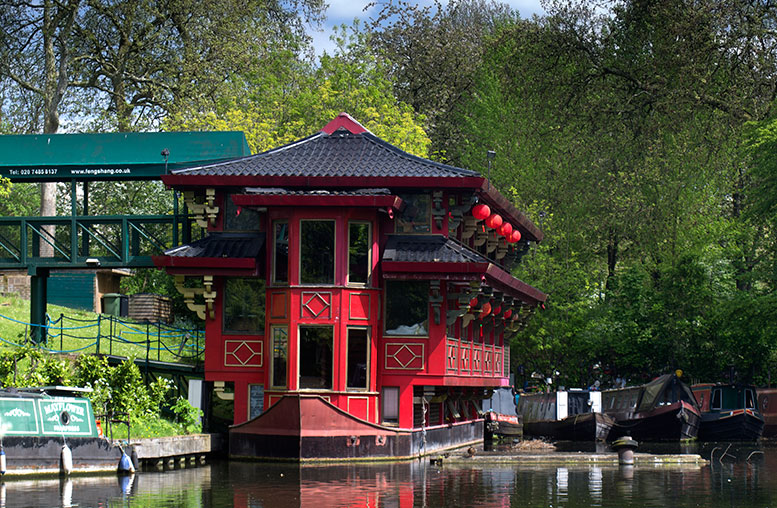
Floating restaurant on Regents Canal
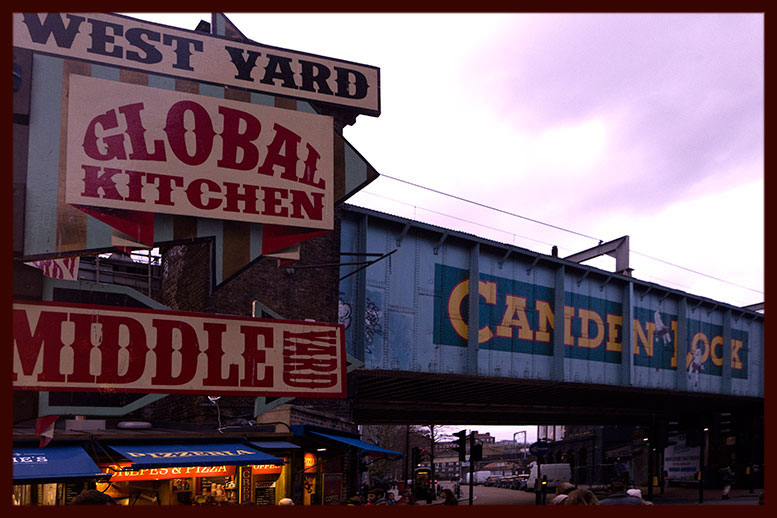
Next to canal
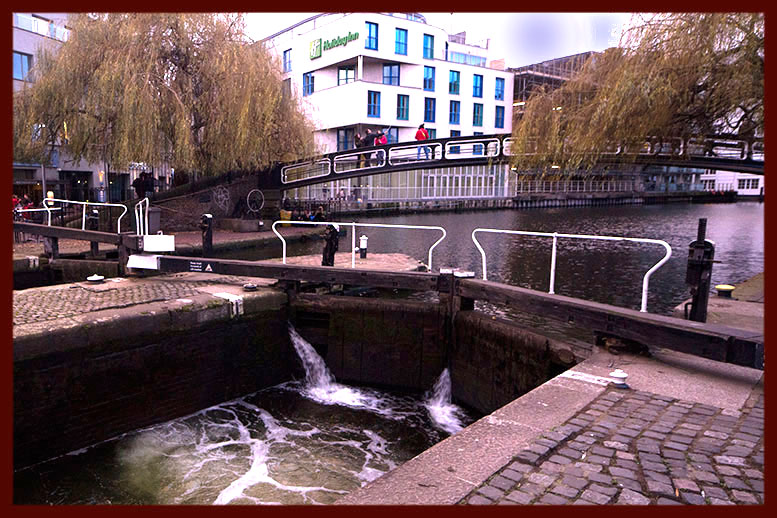 l
l
Dual locks on Regents Canal
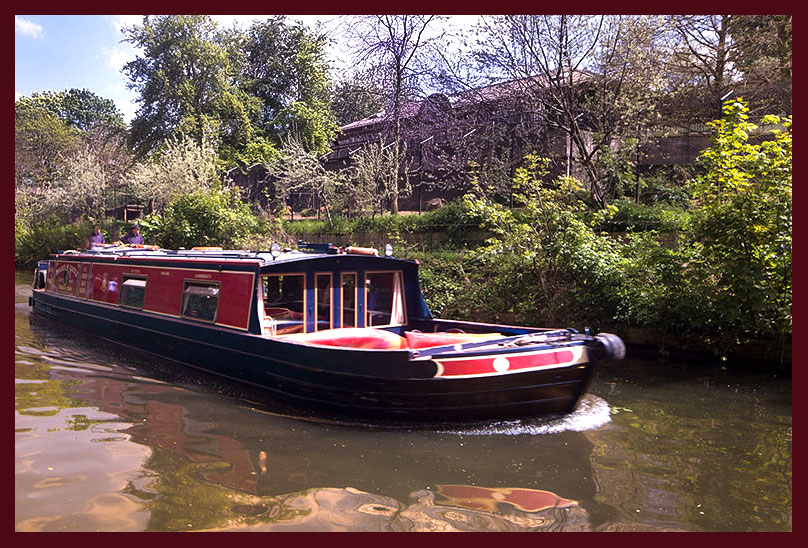
Narrowboats on canals usually are less than 7 feet wide, less than 72 feet long, and steered with a tiller rather than a wheel
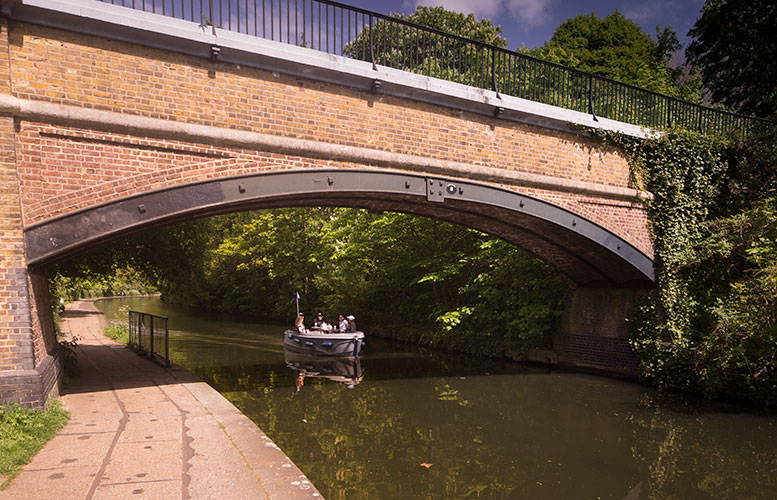
Bridge over canal; towpath on left was for horses pulling barges
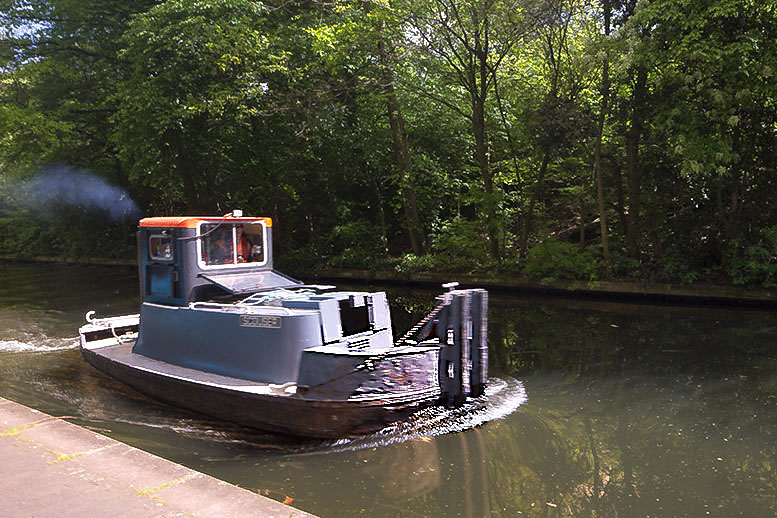
Service vehicle
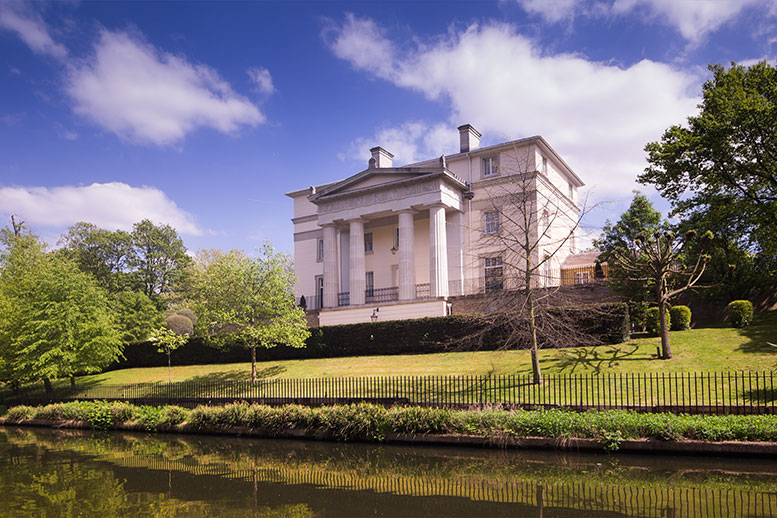
House with view of the canal
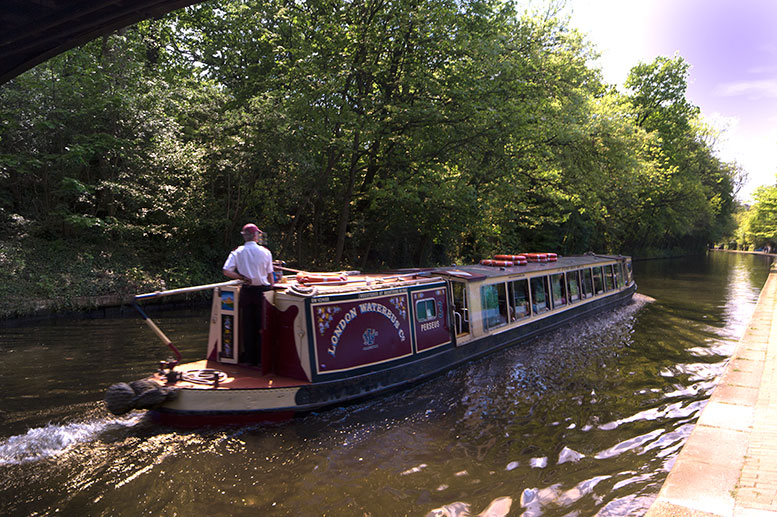
Some narrowboats are for private use and others for public use
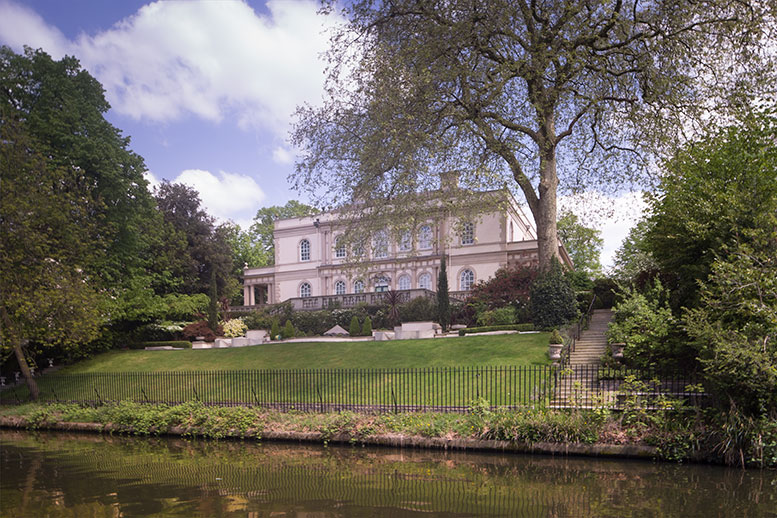
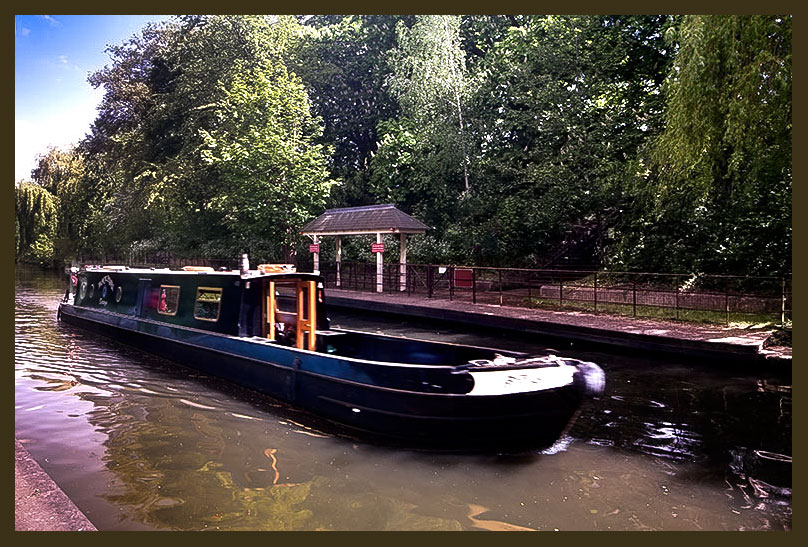
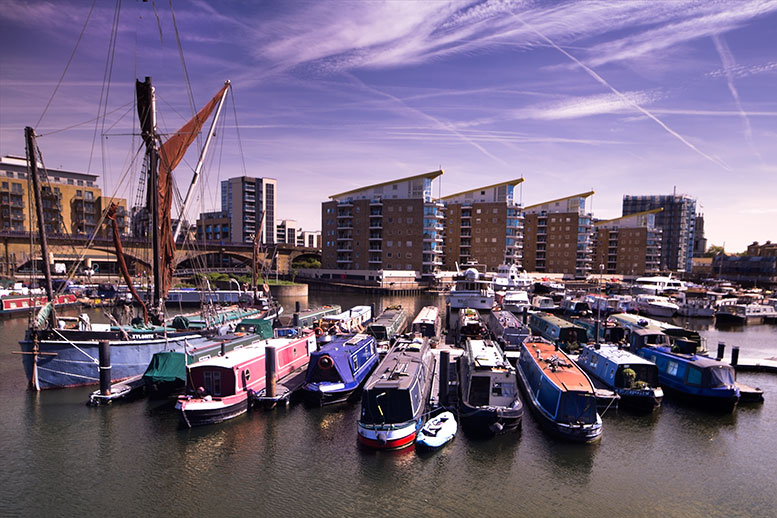
One of Regents Canal's terminuses is at Limehouse Boat Basin
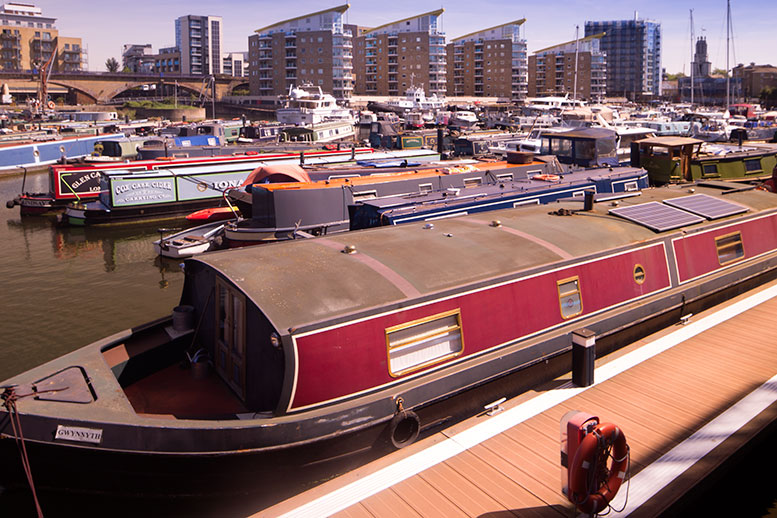
From a different angle
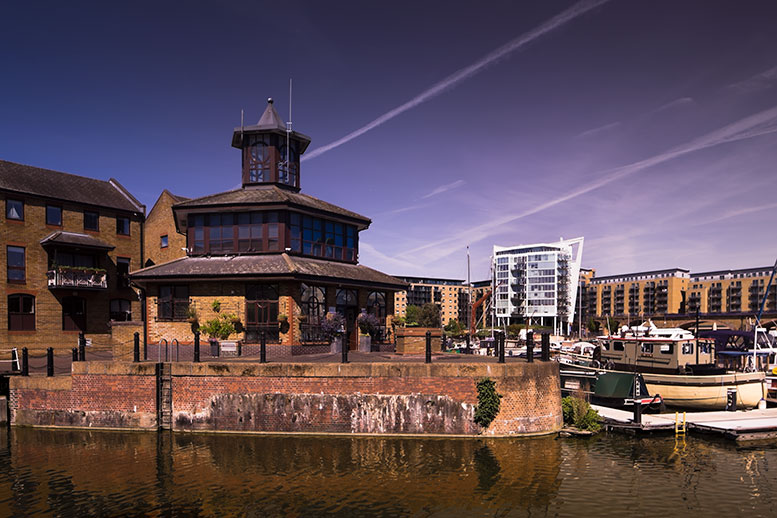
Center of focus at Limehouse
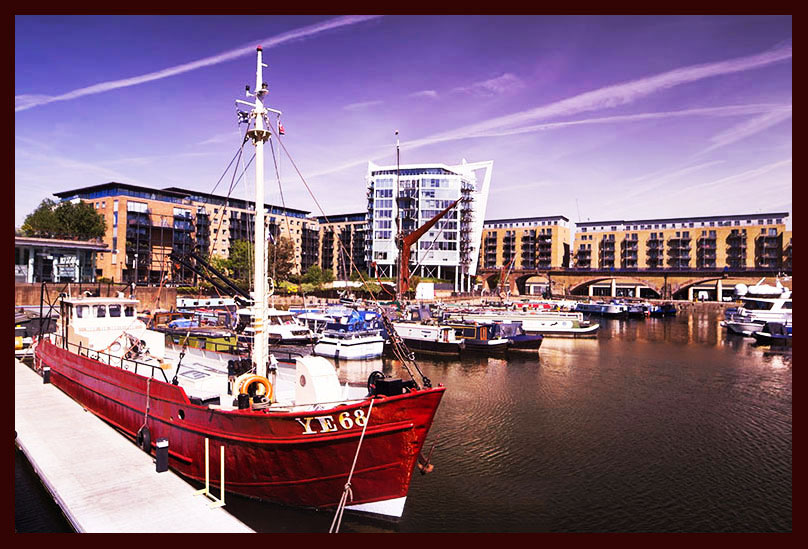

Two ways to get around: boat or bicycle
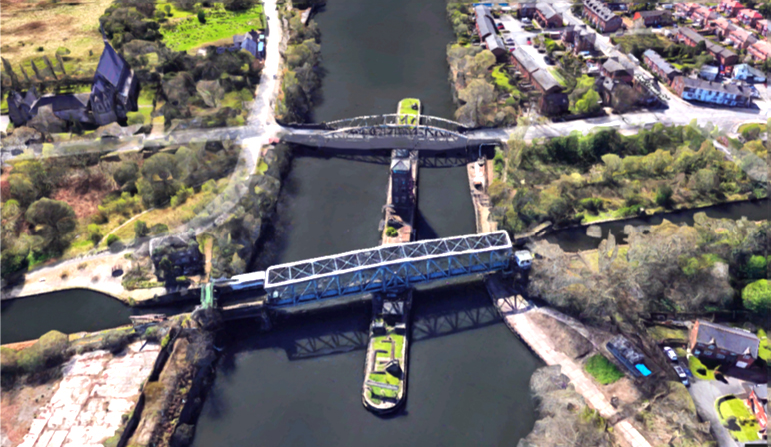
Barton Swing Aqueduct, photo courtesy of Google Earth
You can get from Limehouse Basin to the Barton Swing Aqueduct using Britain's connected canals of which Regents Canal is a part; the aqueduct near Manchester carries the Bridgewater Canal across the Manchester Ship Canal; when the aqueduct is swung open, larger boats and ships can pass in the wider passage alongside it; and when the aqueduct is swung closed smaller boats can pass across it (as in the photo); the picture also shows a swing roadway bridge (top of photo); the Barton Swing Aqueduct is the only one of its type in the world
The museum was opened by King George V in Crystal Palace at Sydenham Hill in 1920; today it uses five locations, three of which are in London, including the Churchill War Rooms; photos here were taken at the Lambeth Road location
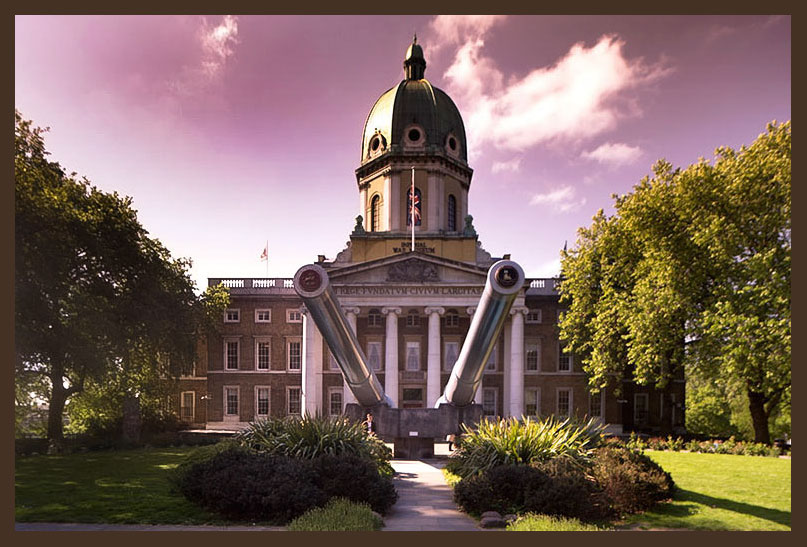
Front lawn has massive 15-inch (barrel diameter) guns; the building will be defended :)
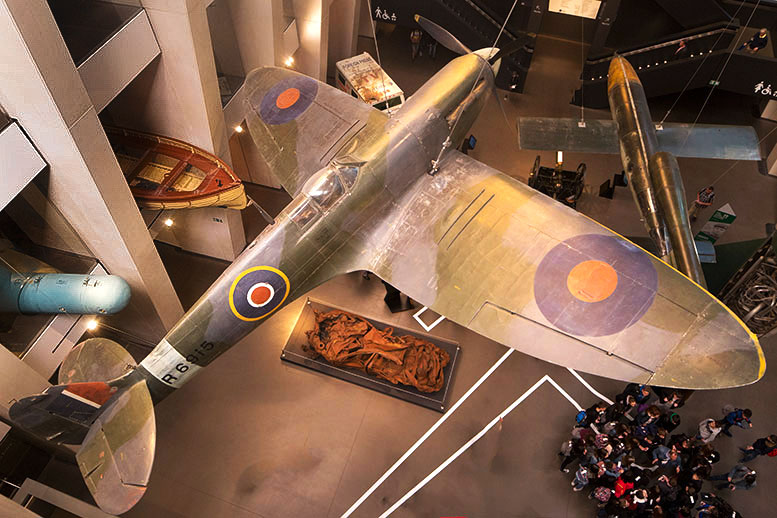
Supermarine Spitfire plane, early rocket at top right, crushed jeep at bottom
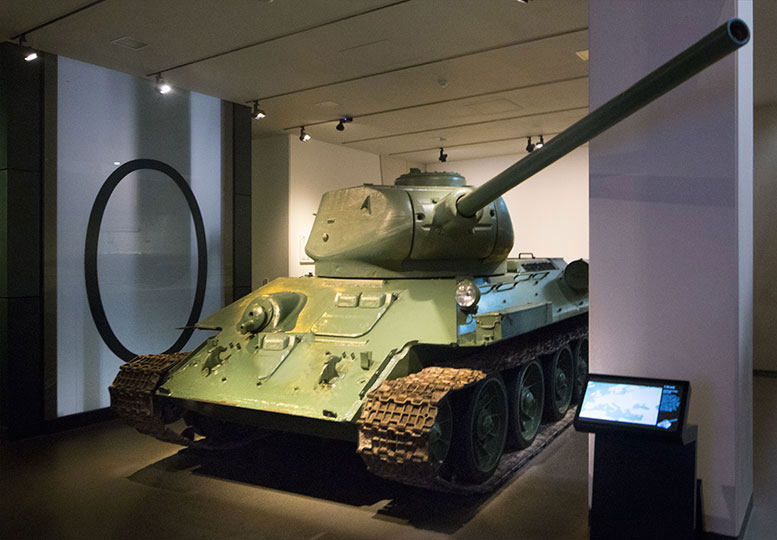
T-34 tank
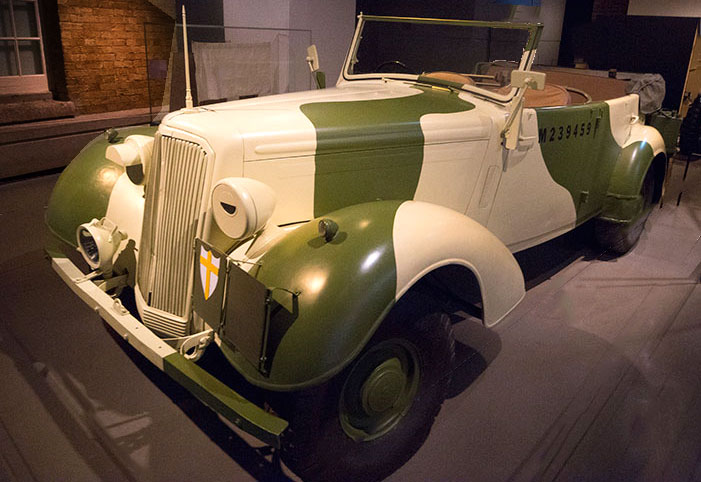
Camouflaged car
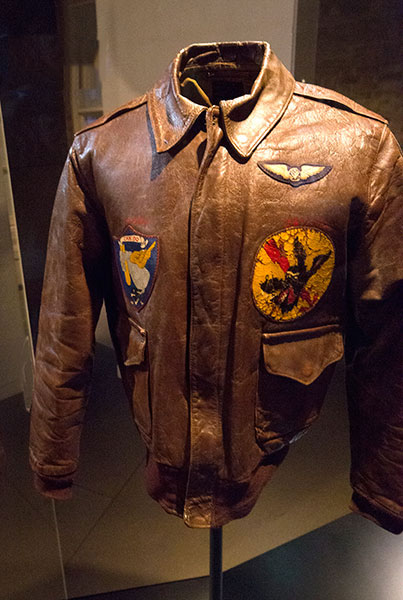
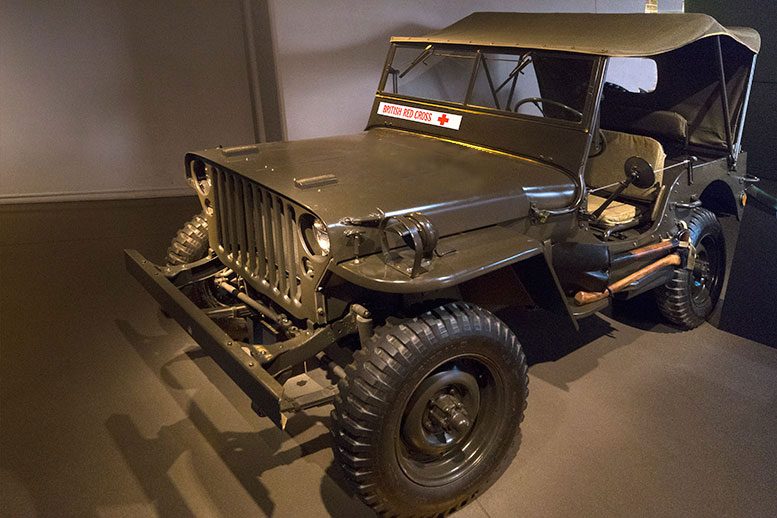
WWII British Red Cross jeep
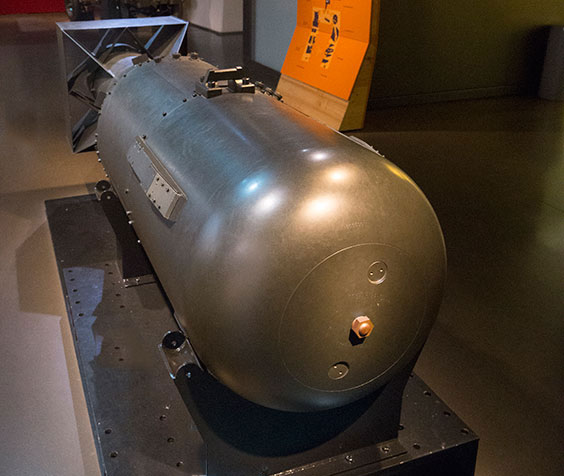
"Big" bomb
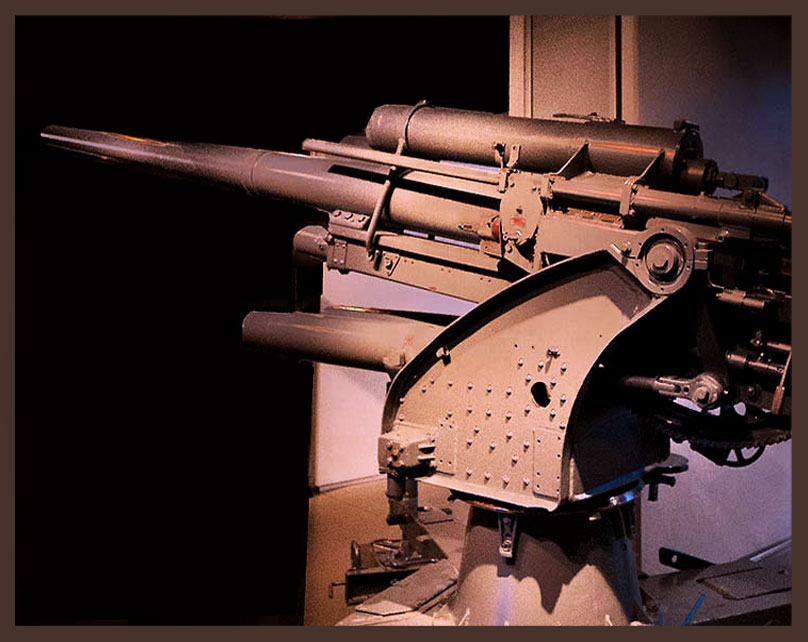
Firepower
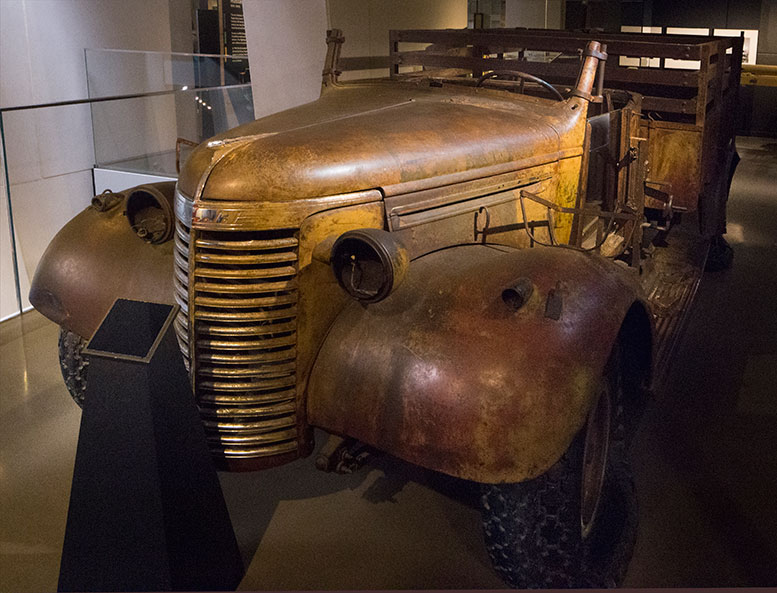
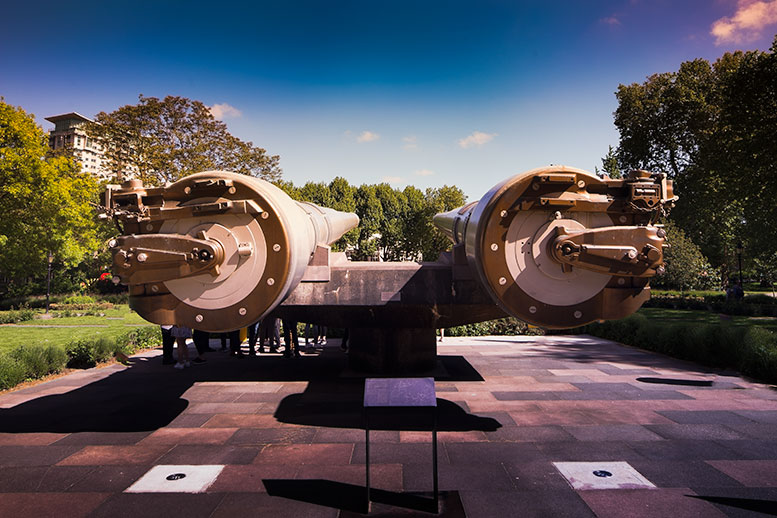
15-inch guns seen from the rear
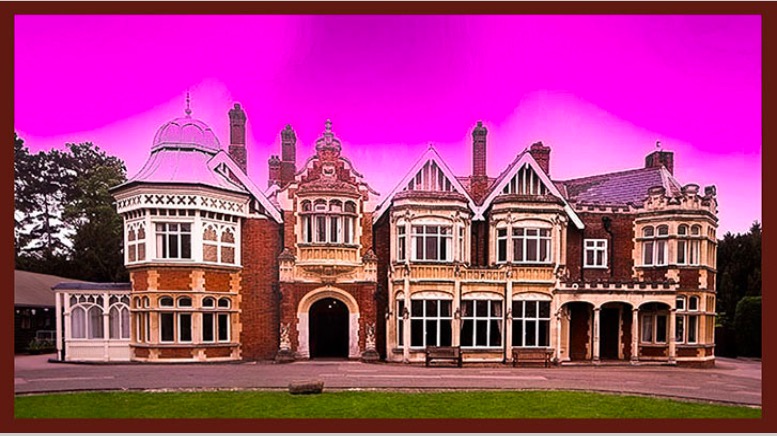
Side trip to Bletchley Park, north of London, where military codes were broken during WW2
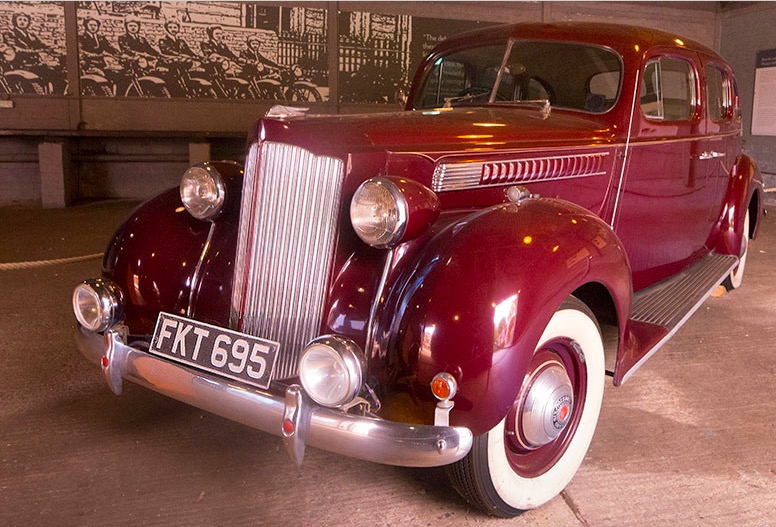
Specially designed early-1940s Packard for Bletchley code-breakers to drive
The wharf is in the London Borough of Tower Hamlets at the confluence of River Thames and Bow Creek (River Lea); it once had the only working lighthouse in London; today the area is home to artistic and educational endeavors.
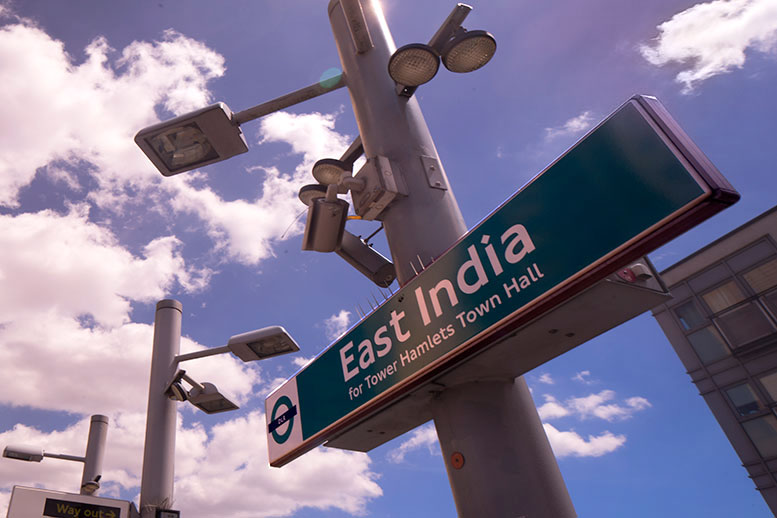
One way to the wharf is on the Dockland Light Railway (DLR) to East India station (then 12 min walk)
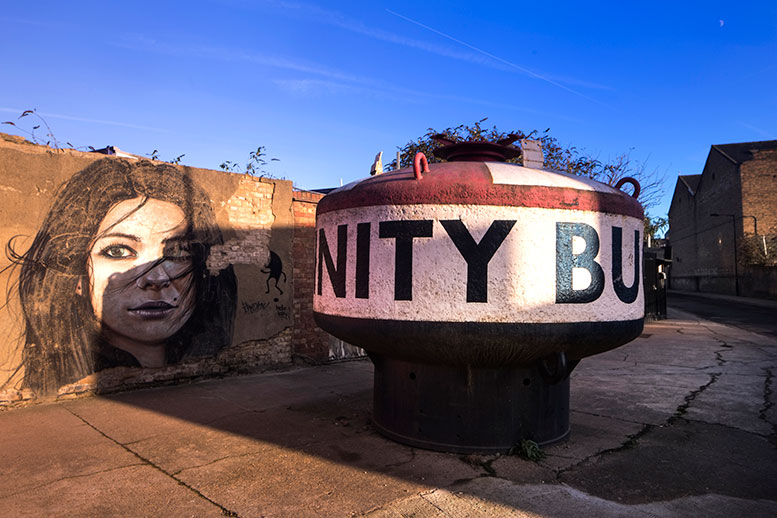
Entrance to wharf (wall art has changed)
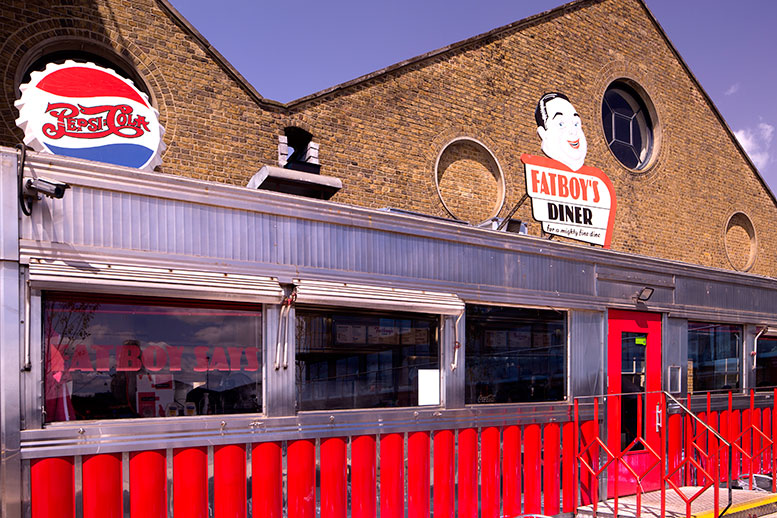
American styled diner on wharf (brought from Georgetown, Massachusetts)
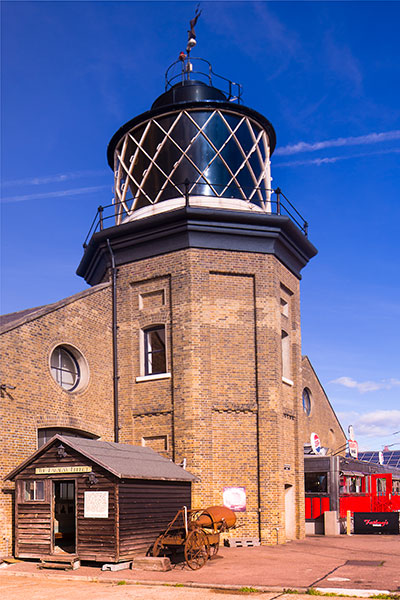
Was once the only lighthouse in London
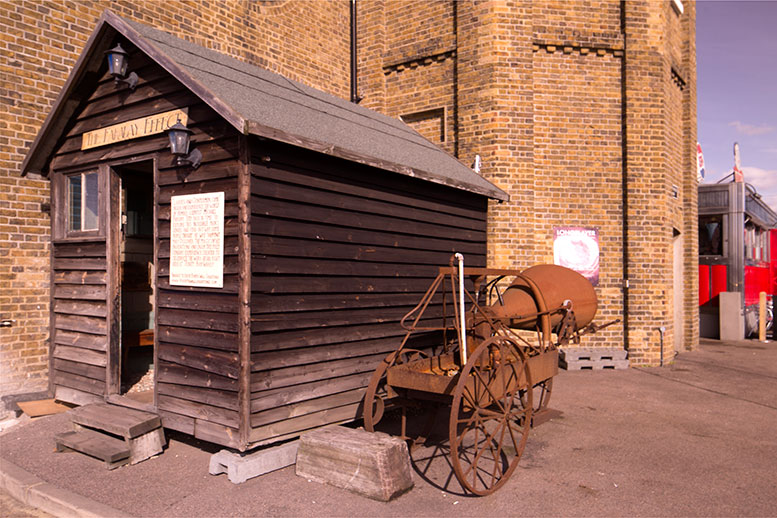
Longplayer project housed here
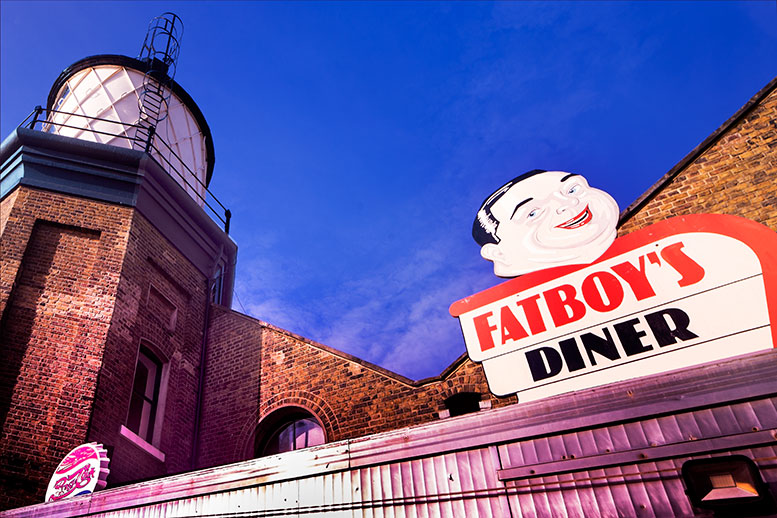
Diner and lighthouse
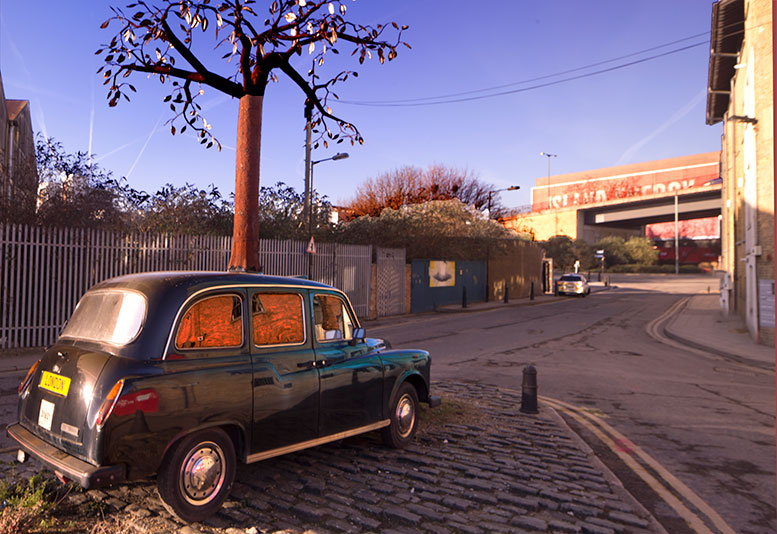
Taxi with metal tree "growing" through roof (recently moved to roof of nearby building)
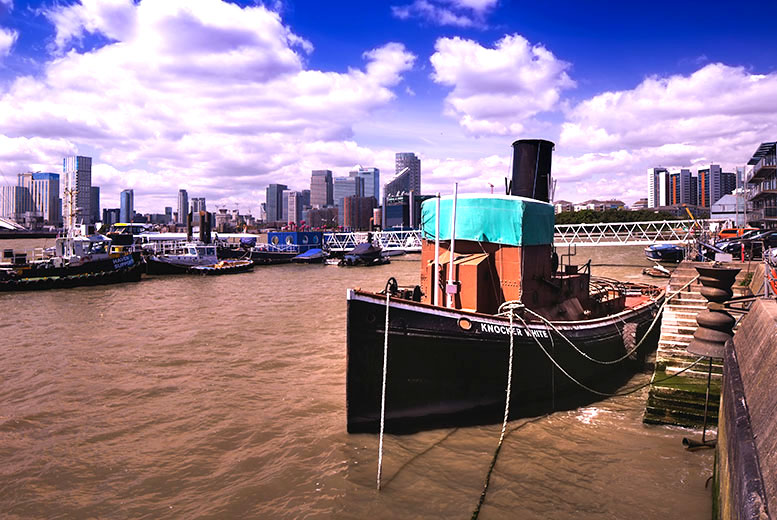
Knocker White tugboat was built in 1924 at Scheepswerk Lekkerkek, Netherlands
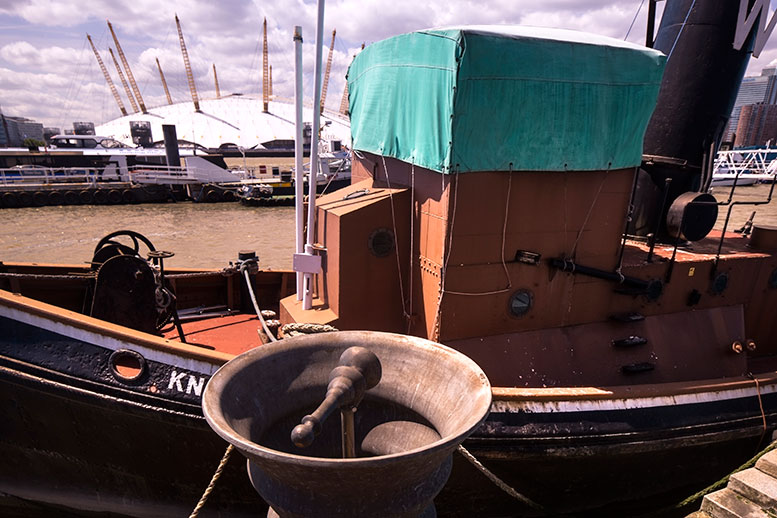
O2 Arena in background; rising tide rings Time and Tide Bell to create a melody
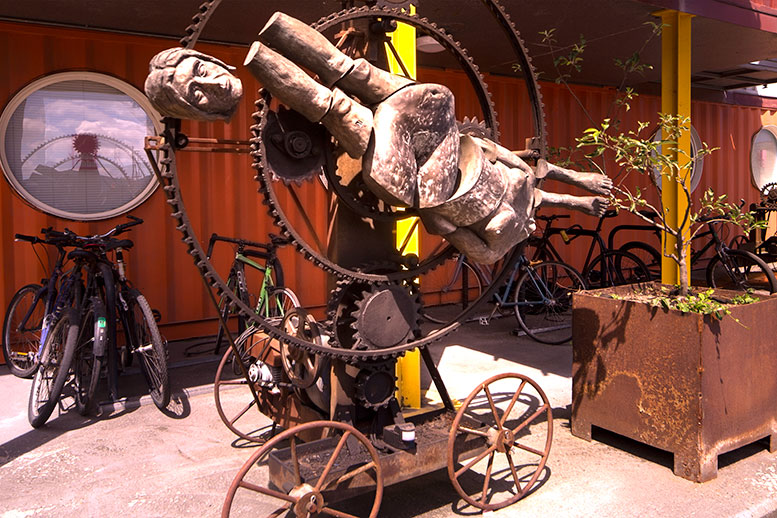
Some get out of sorts more than others
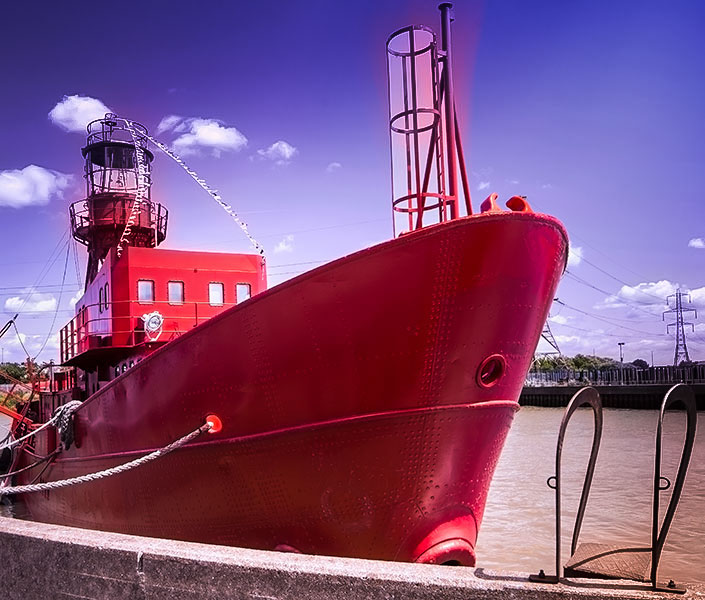
550-tonne Lightship 95 (decommissioned 2003) now a sound-recording studio with an echo chamber
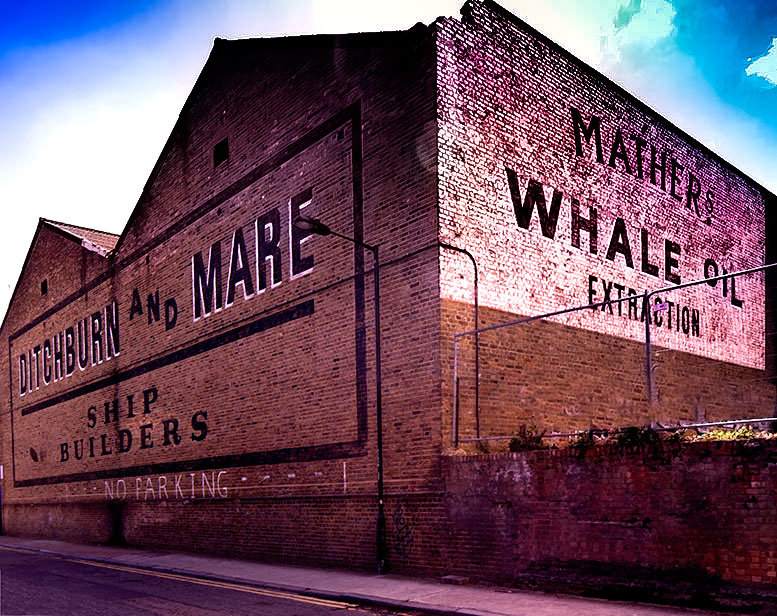
Iron ships built here: Daylight (1838), Magician (1843) and Riji (in service 1847-1952)
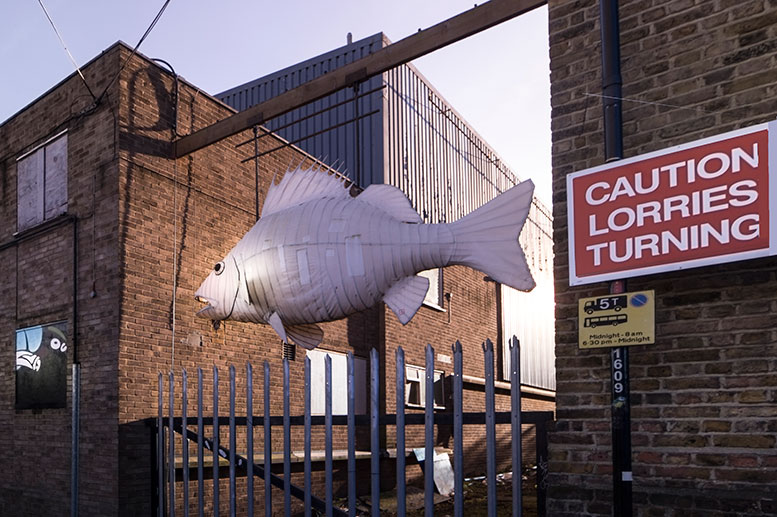
Sometimes where there is water there are fish

Hampton Court is a royal palace in the borough of Richmond upon Thames; its construction began in 1515 and was once owned by King Henry VIII; it houses many works of art
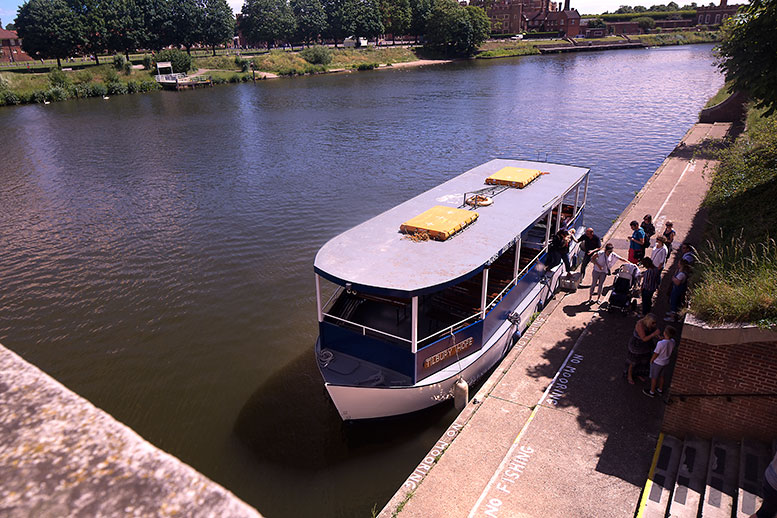
Arriving by boat at Hampton Court Palace
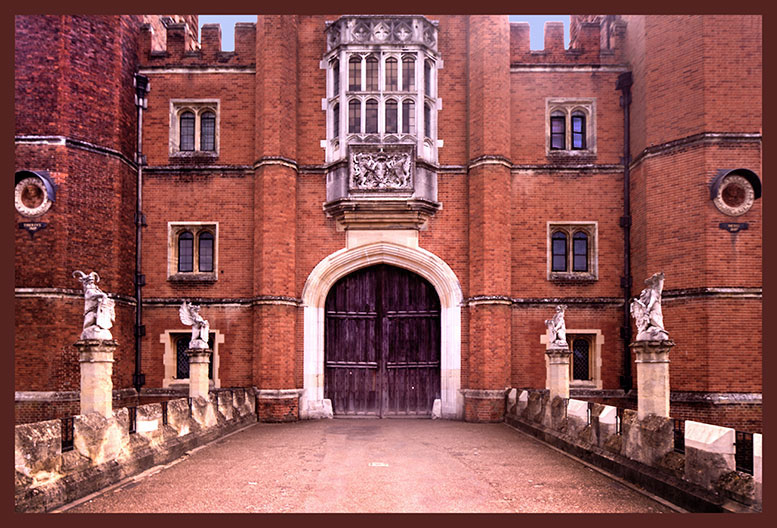
Royal entrance
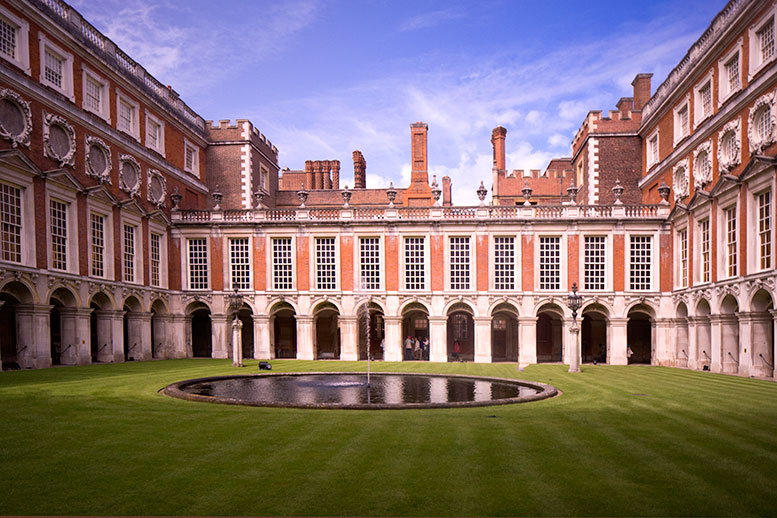
Interior space at Hampton Court
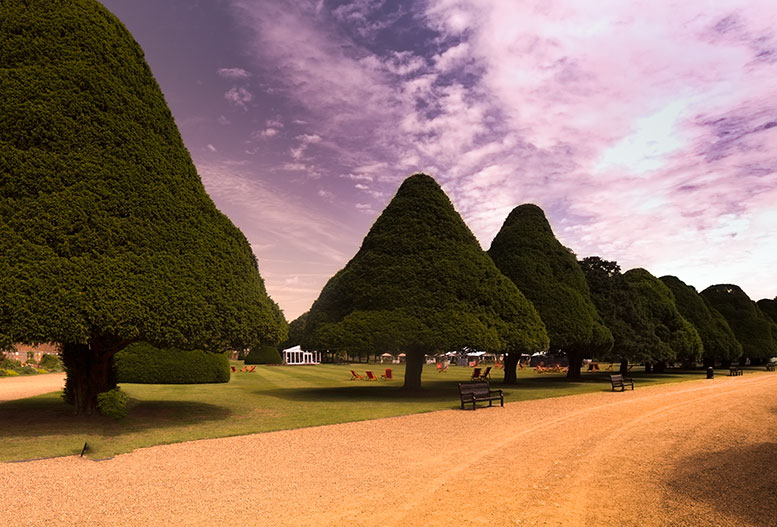
Gardens area of palace
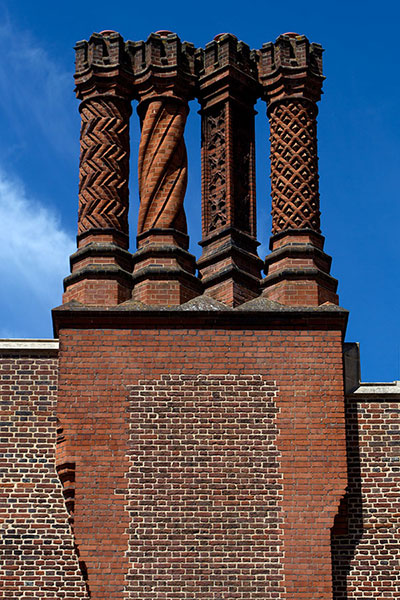
Even the chimneys are works of art

Colour abounds today
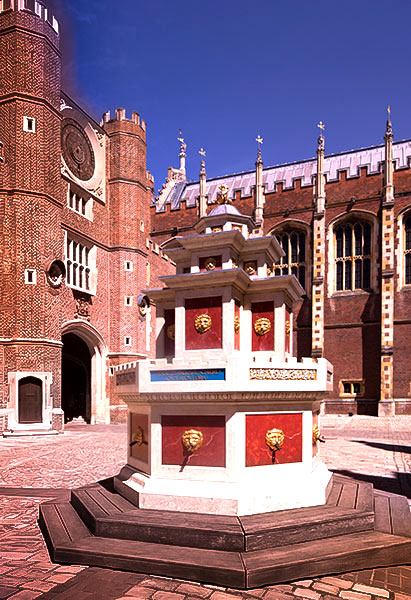
Interesting clock at upper left
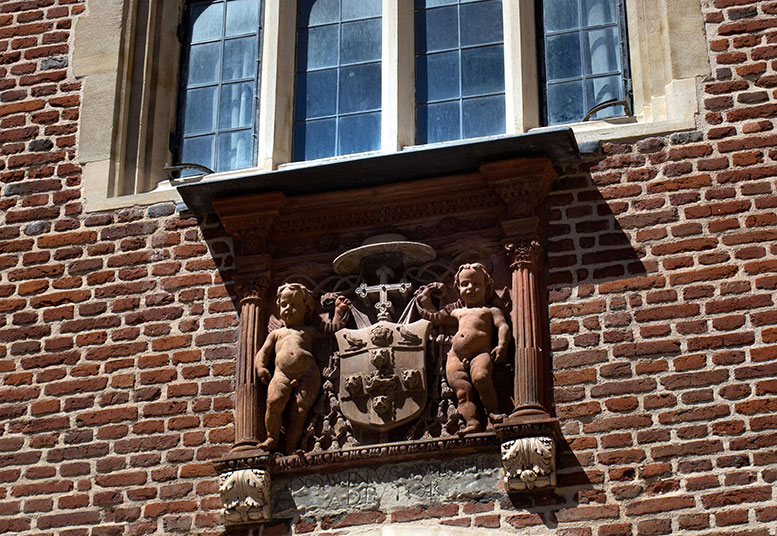
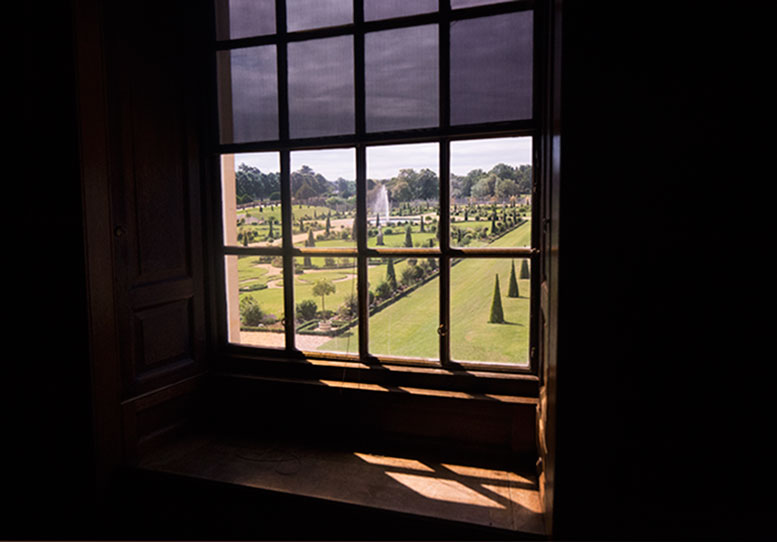
View of outside from inside
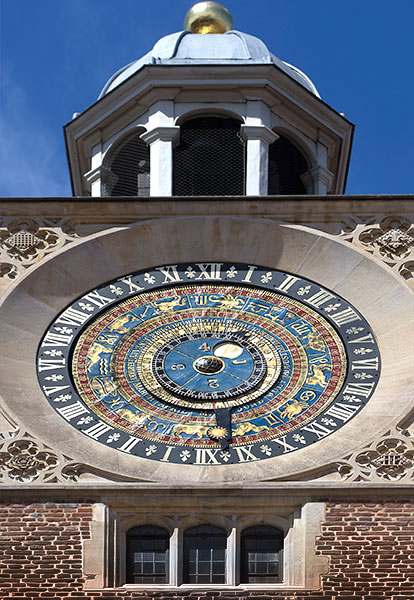
Device full of useful information; hour hand points to 11:30 AM
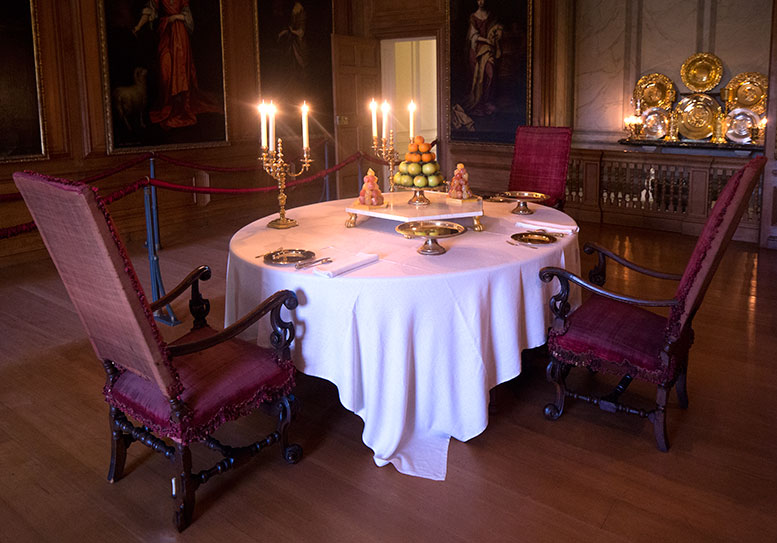
Dinner for three?
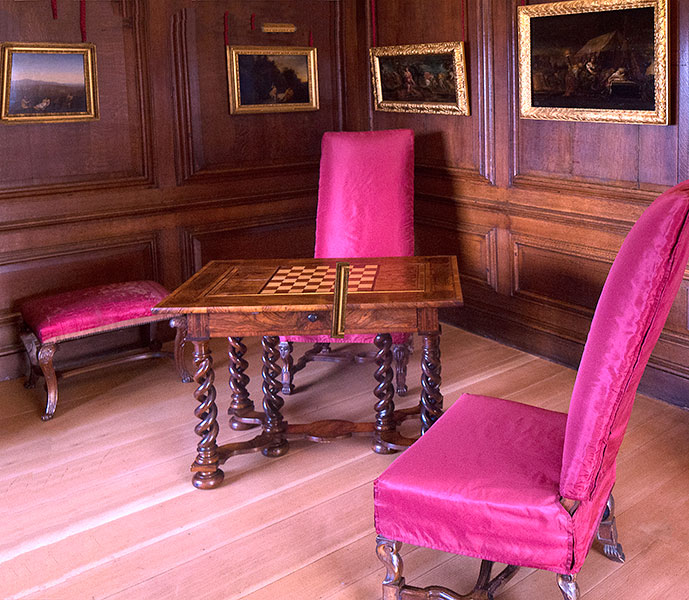
Chess after dinner?
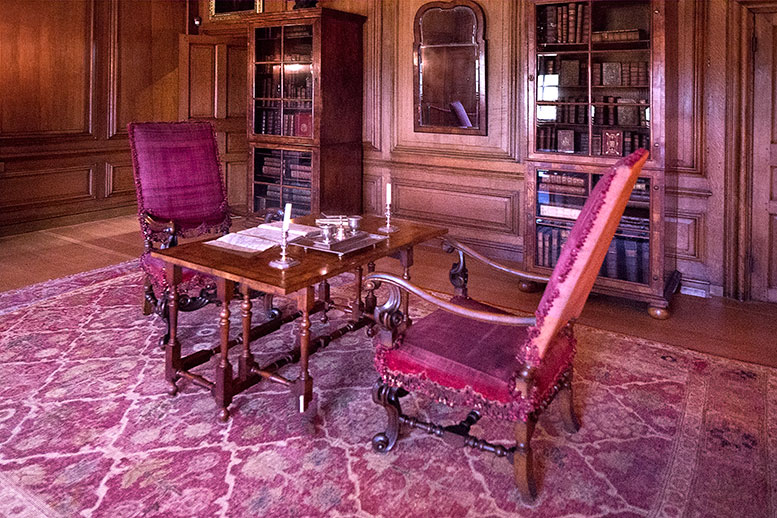
A more serious moment
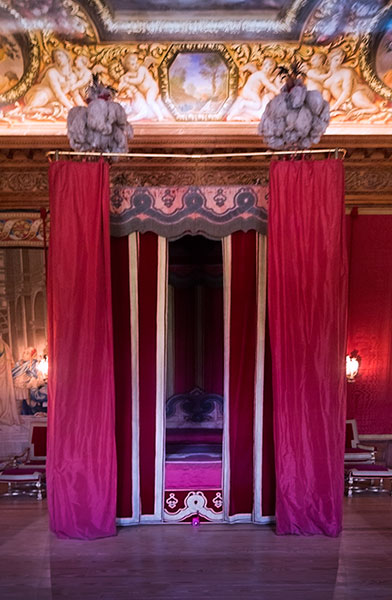
Time for bed

Art everywhere
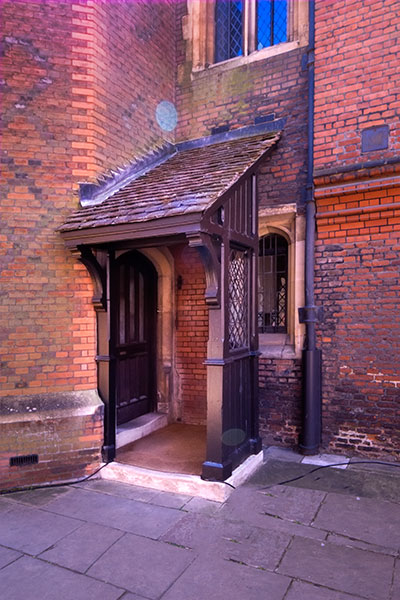 .
.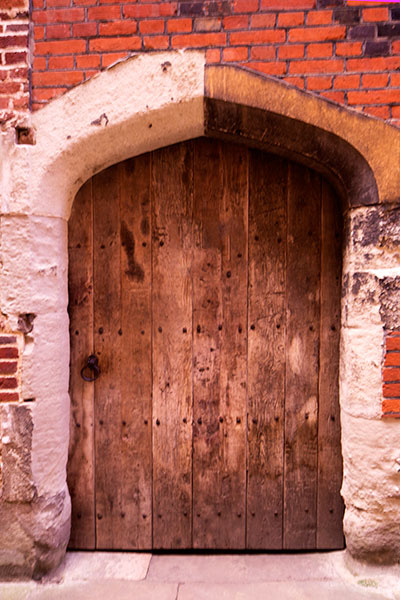
For skipping in or out unnoticed

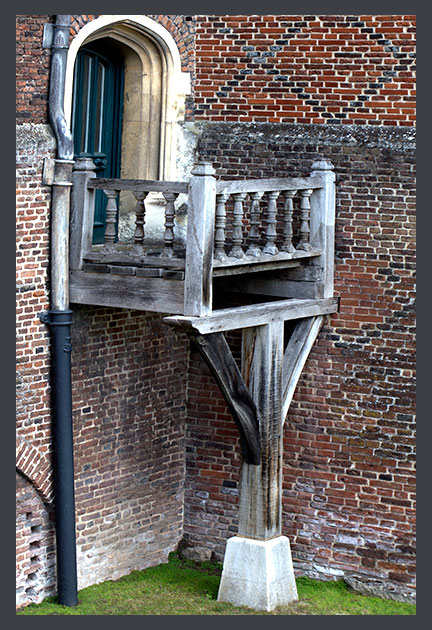
Balcony setting for in situ theatre :)
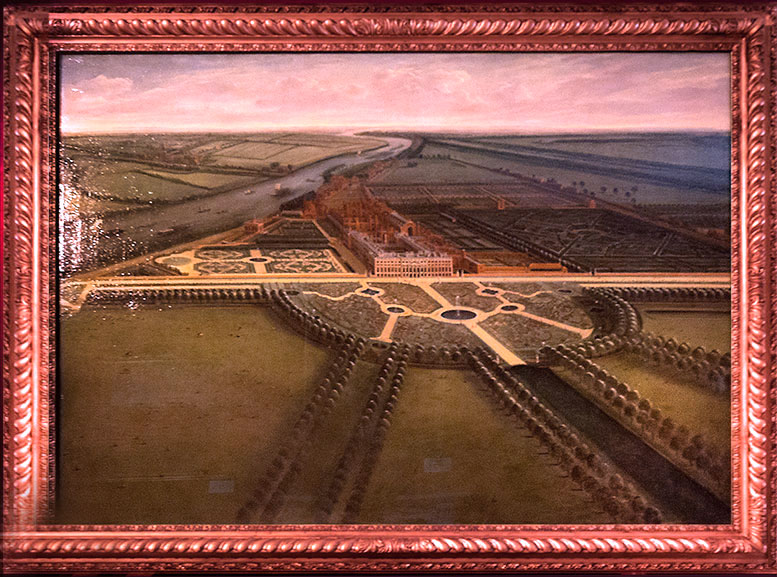
View from above (from ancient helicopter?)
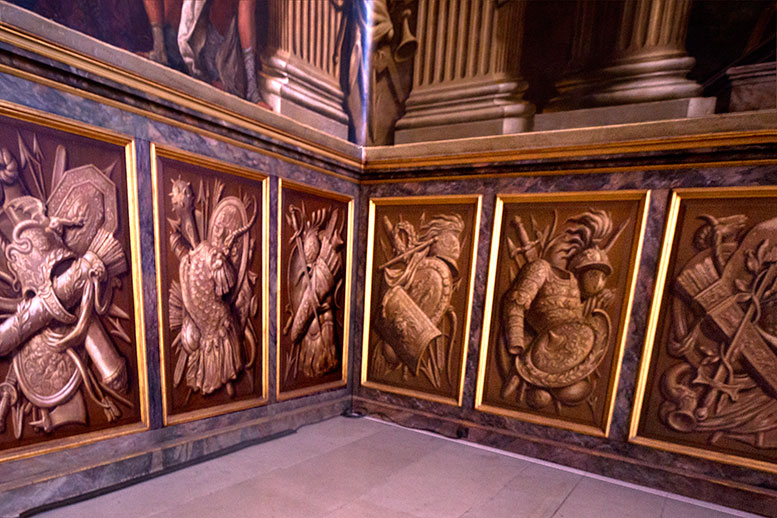

Cafe

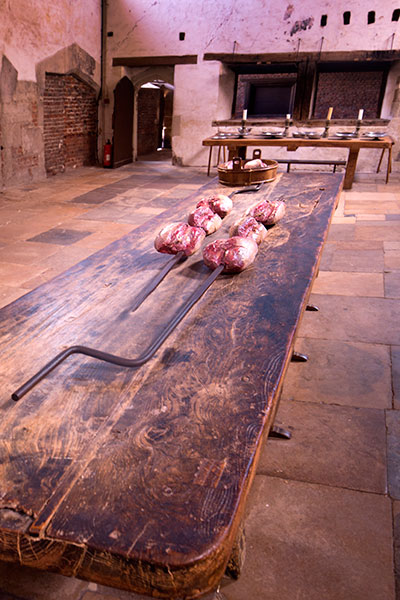
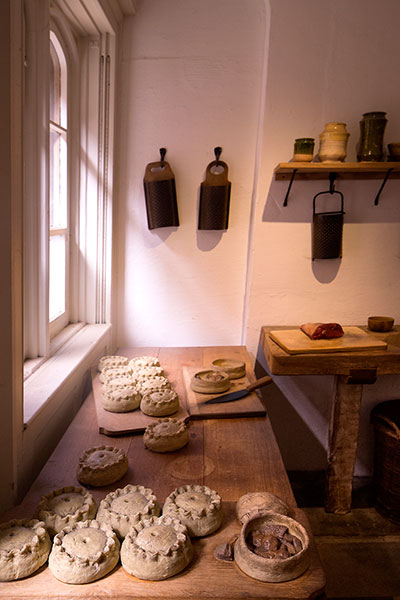
Food must be prepared for residents and guests
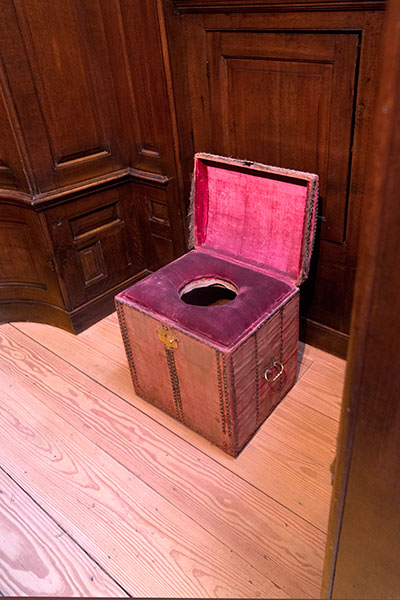
Rare indoor plumbing for that historical period
This is a street in Notting Hill in the Royal Borough of Kensington and Chelsea running parallel with Ladbroke Grove; its main street-market activities take place on Saturday for antiques, used clothing, vegetables, and other consumer items; it sometimes serves as a setting for movies and televison shows; the nearest Underground station is at Ladbroke Grove on the Circle and the Hammersmith & City lines
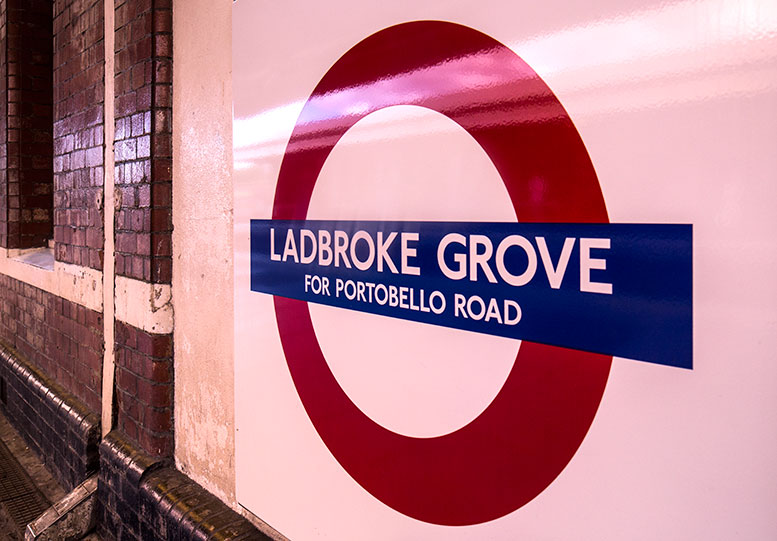
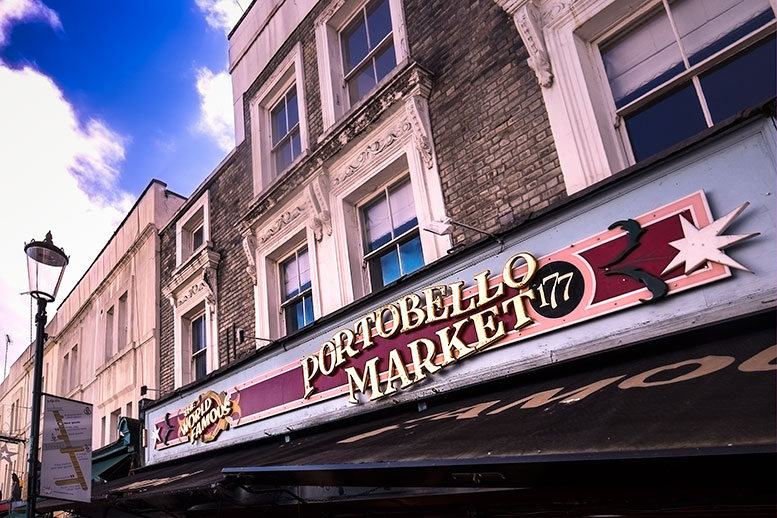
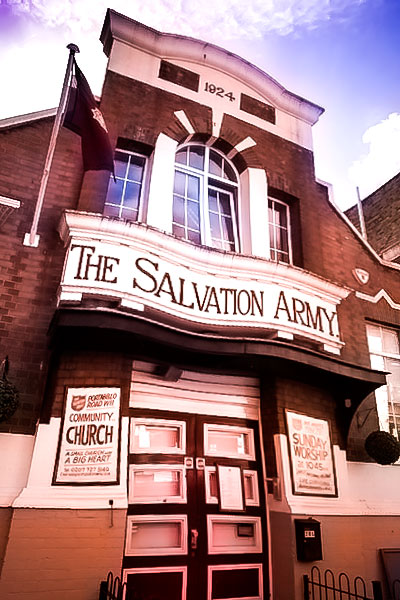

Perhaps you'd like to purchase an old typewriter
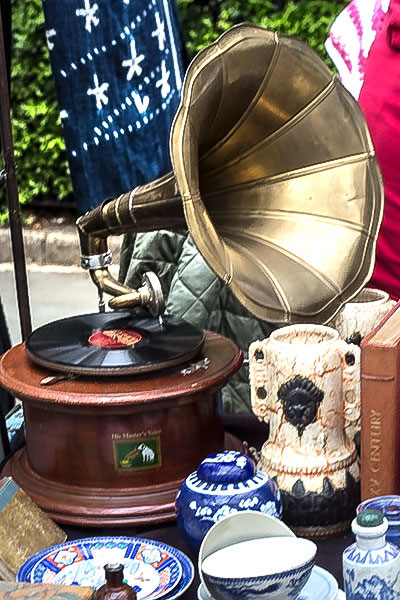
Almost bought the gramophone
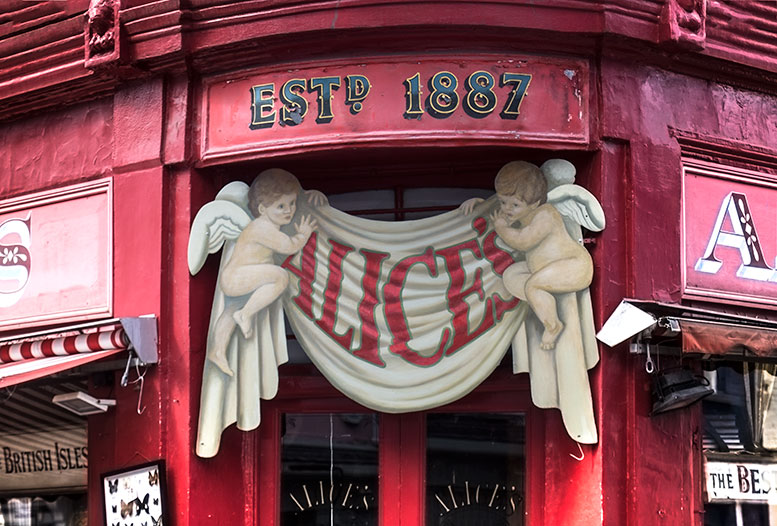
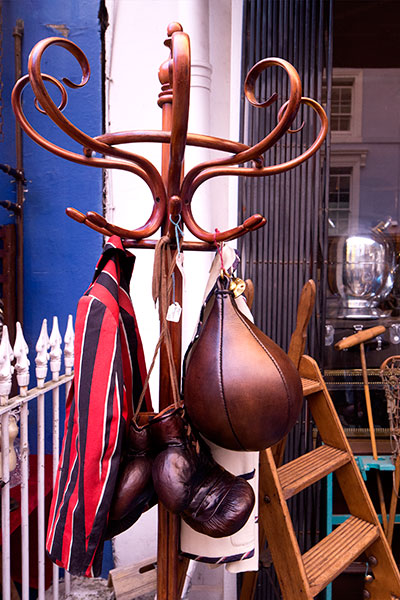
Boxing anyone?
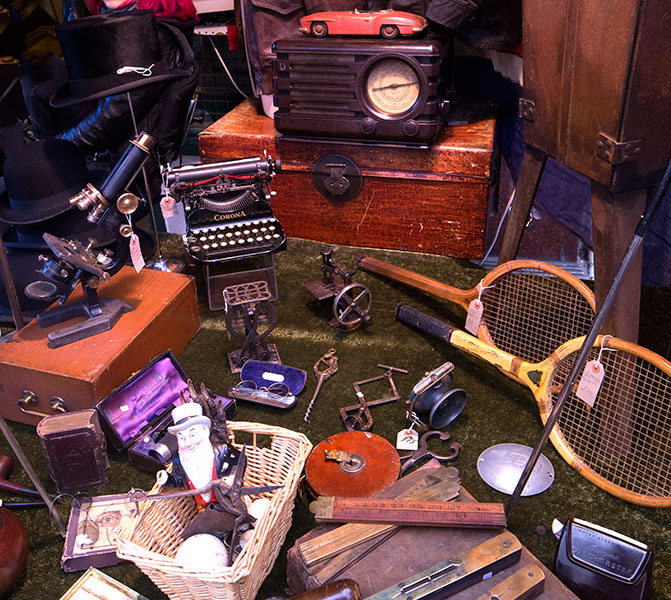
Collectables and antiques shop
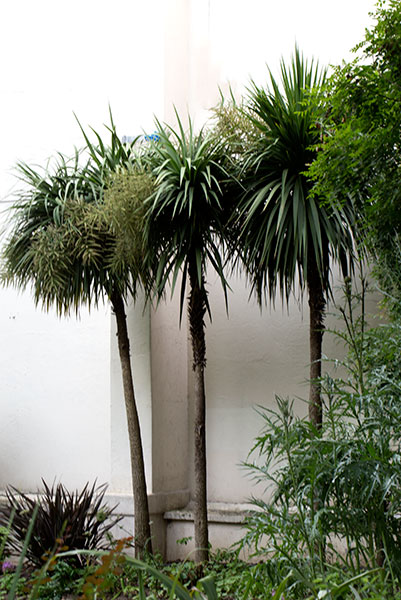
Palm trees grow in London


A bit piqued today?
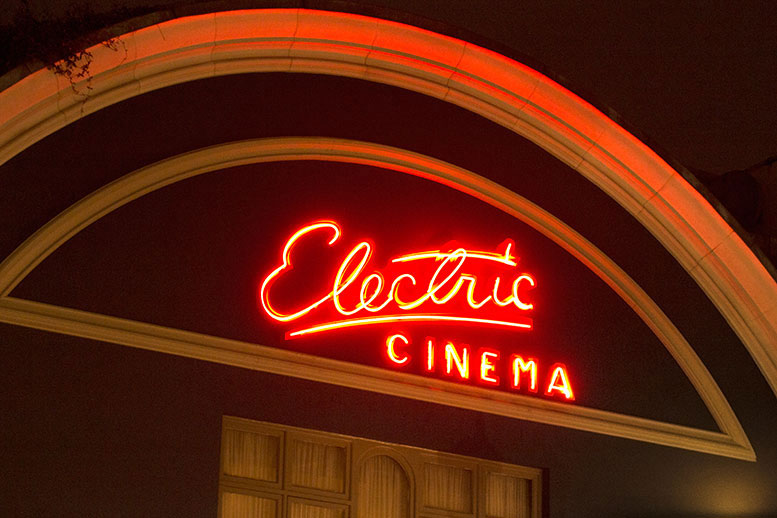
Is one of the oldest movie theatres in the UK (1910) seating armchairs, front-row beds and back-row sofas
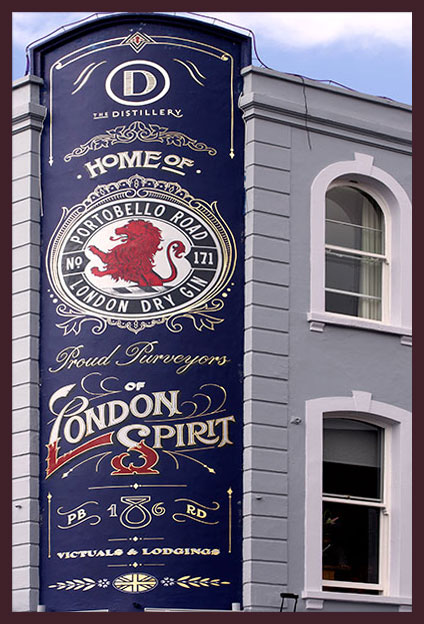
Stop for a gin and tonic in the Distillery at 171 Portobello Road?
Somerset House is a large neoclassical buliding south of the Strand and north of the Embankment in central London; it was designed by Sir William Chambers in 1776; today it is a home for arts and learning and has magnificent staircases; it has been a popular film location for big budget Hollywood films, including several Sherlock Holmes porjects

"Ground level" here is above ground
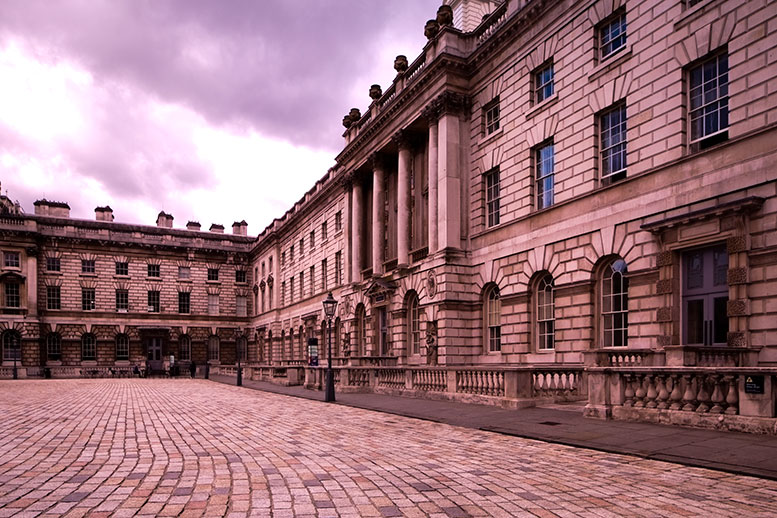
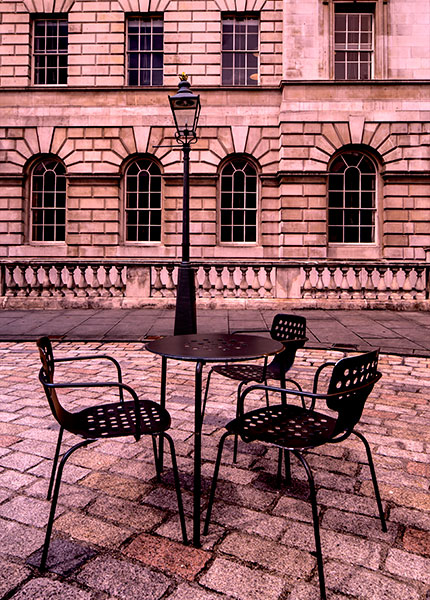
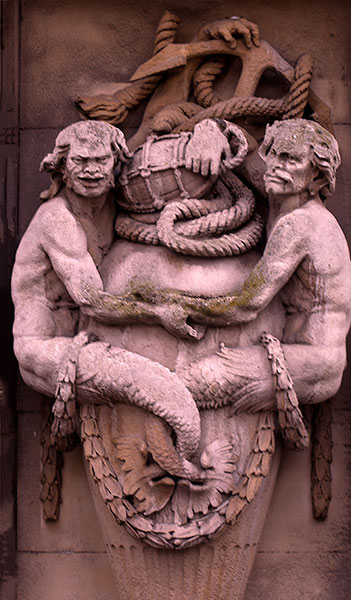
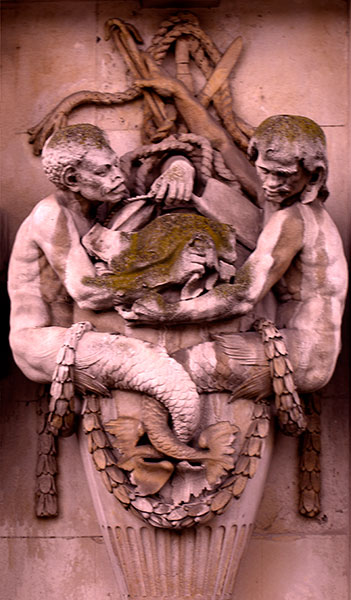
Two of a larger set
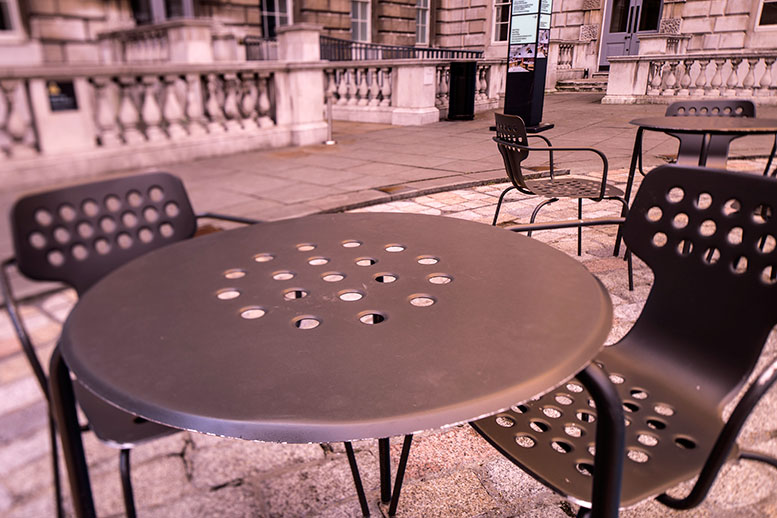
Focus magic accomplished with a "tilt" lens
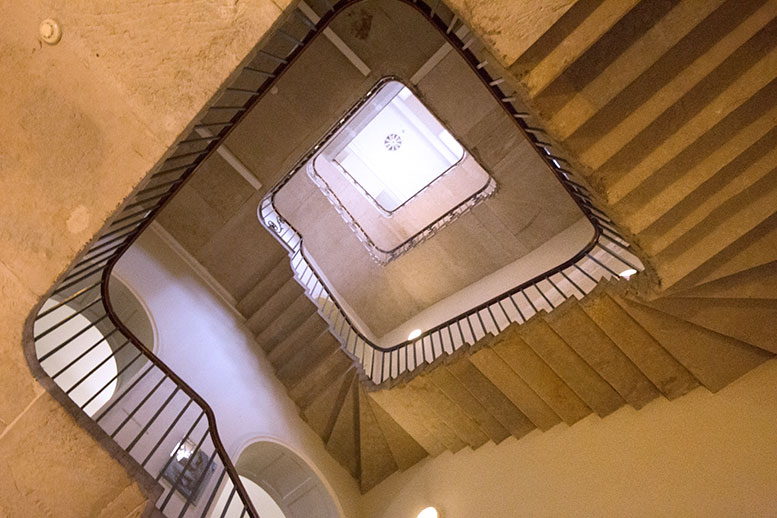
Staircase as an art form
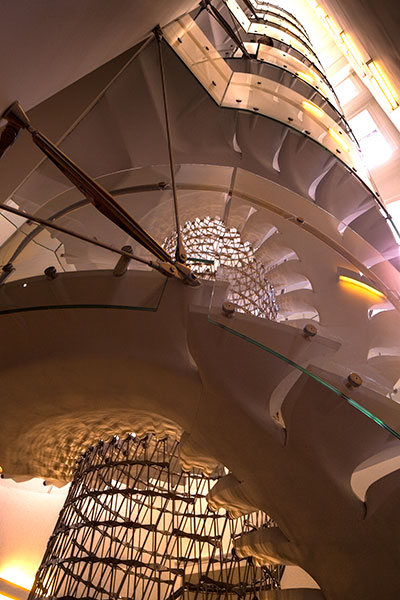
Ditto

Looking up
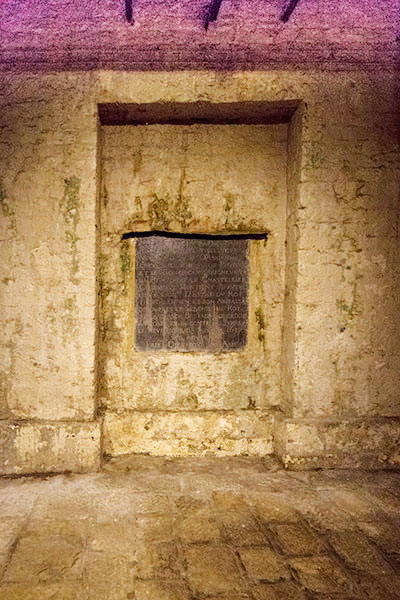 ..
..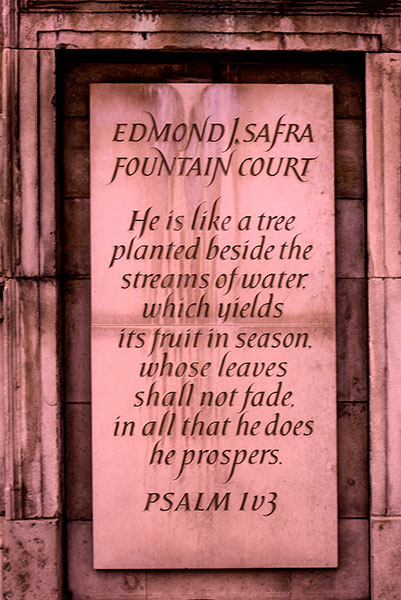
Sentiments set in stone in cellar
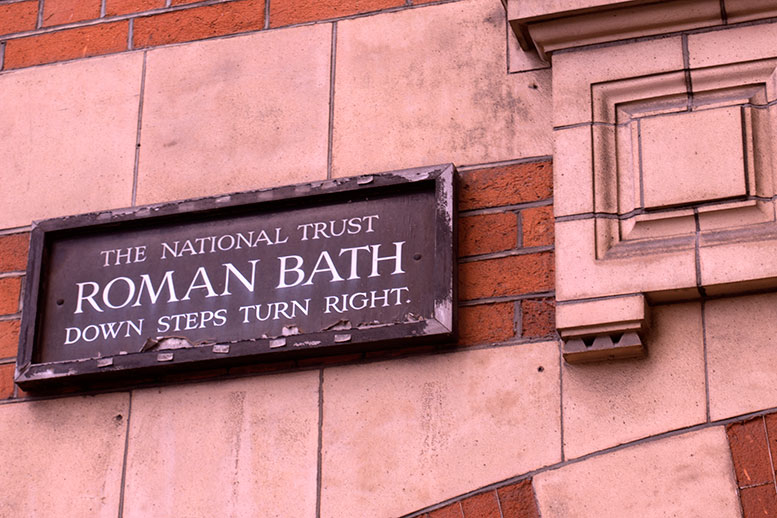
The Roman Bath was once thought built by the Romans; actually it was built 400 years or so ago maybe as a cistern for watering plants in the building next door; an enterprising person possibly came up with the Roman Bath idea to promote using the water for therapeutic public bathing; the Bath can be seen on occasional scheduled sightseeing tours originating at Somerset House
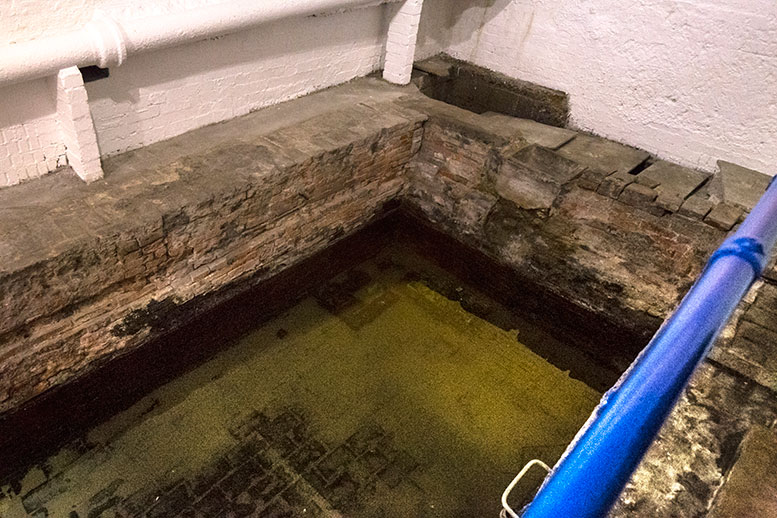
Bath made of Tudor bricks is located at 5 Strand Lane, between the Strand and the Embankment
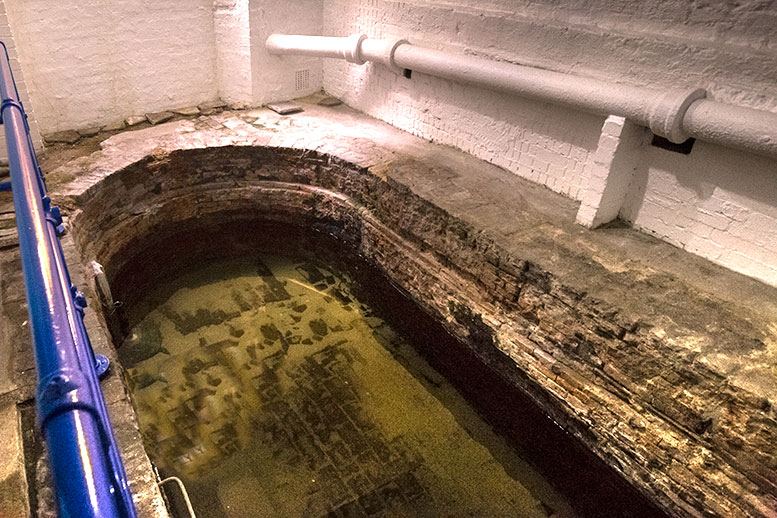
Bath is 16 feet long, 7 feet wide, and 4 feet deep
Brentford is a town in west London at the confluence of the River Brent and the Thames; its local history can be traced back at least to 54 BC in a battle between Julius Caesar and King Cassivellaunus; the Brentford Dock was built between 1855 and 1859; water is a big part of the Brentford terrain

The Beehive, flanked by a Morrisons Supermarket at right
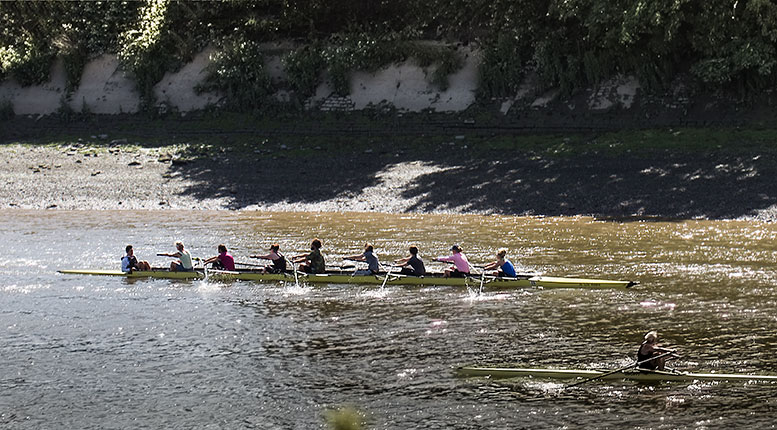
River boating very popular here
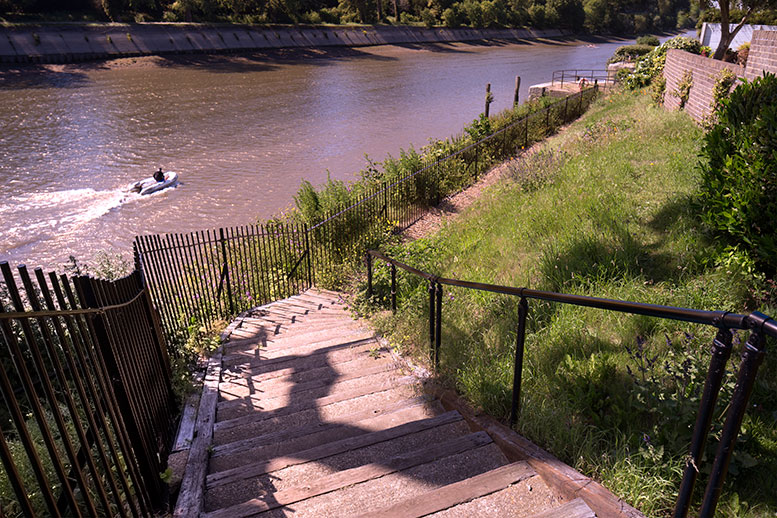
For strolling down by the river
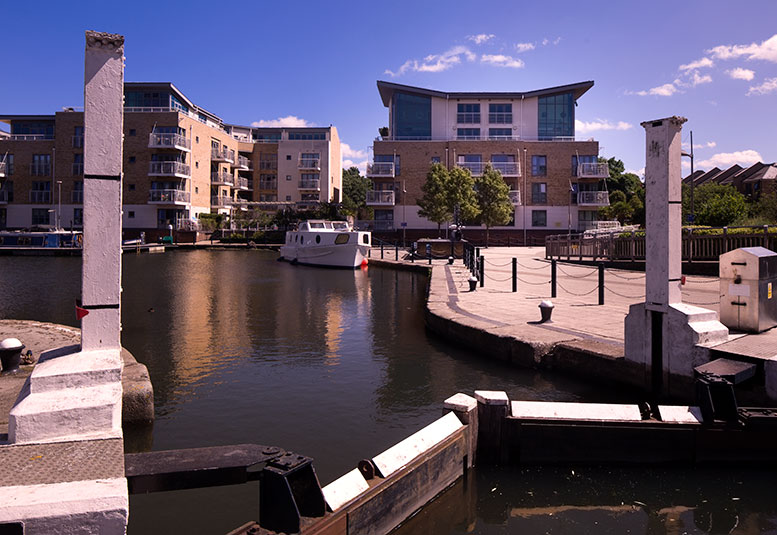
Locks
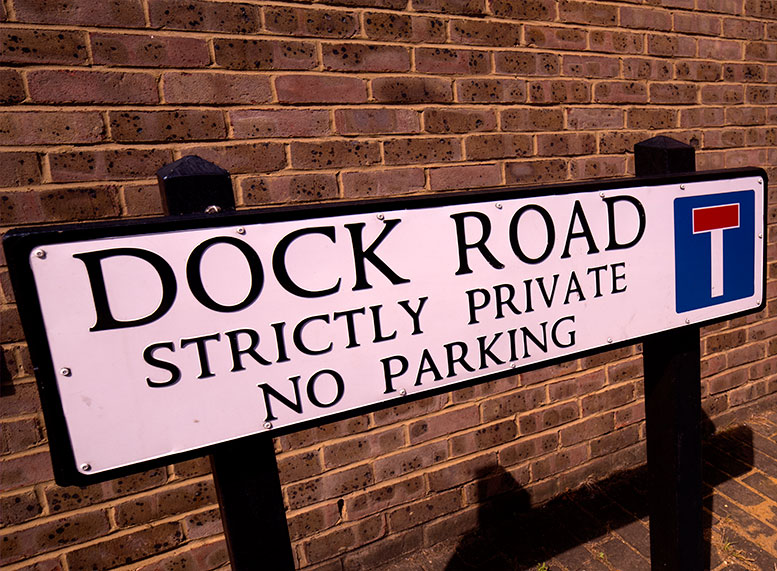
Photographer took his chances walking through today without being challenged
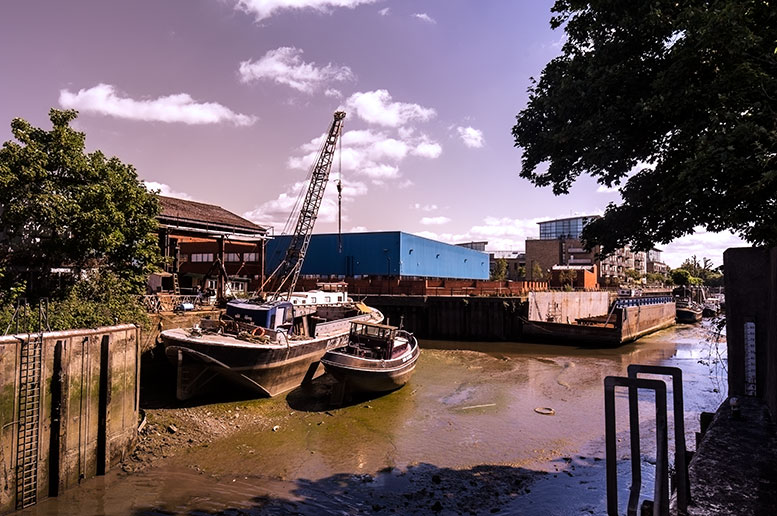
High tide is pretty but Low tide more ineresting
![]()
Boats are everywhere in Brentford
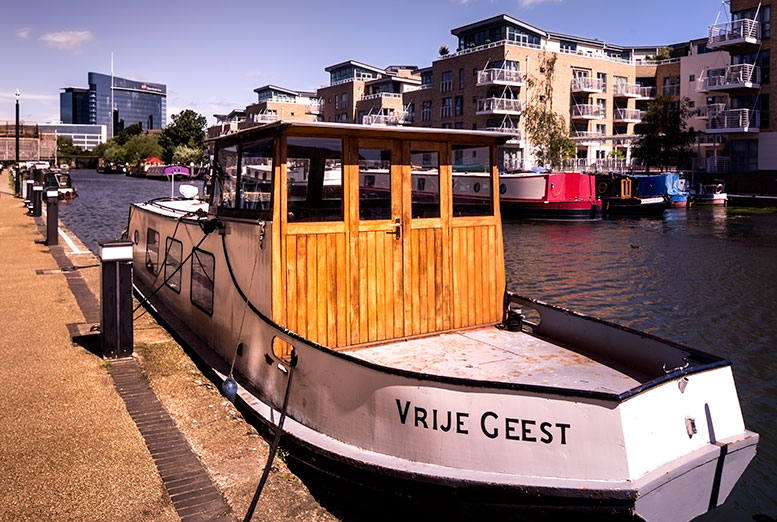
"Free spirit" in Dutch?
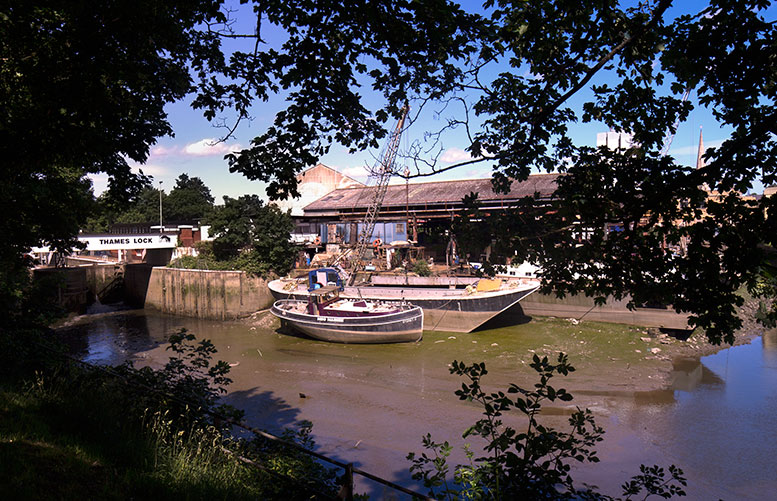
Near Thames Lock
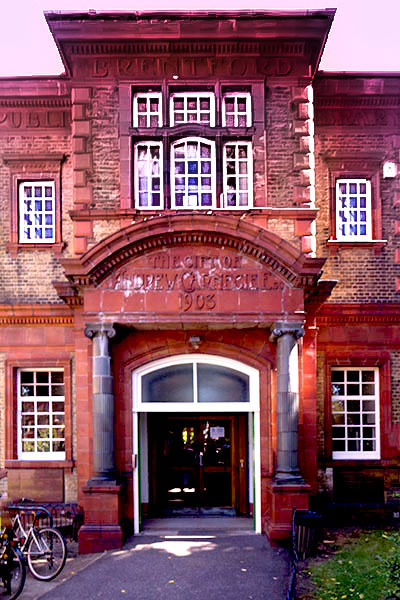
Andrew Carnegie was born in Scotland and emigrated to the United States; he made millions and gave away millions, including building numerous libraries as charity all over the world; this one on Boston Manor Road was built in 1903 and is a Grade II protected building
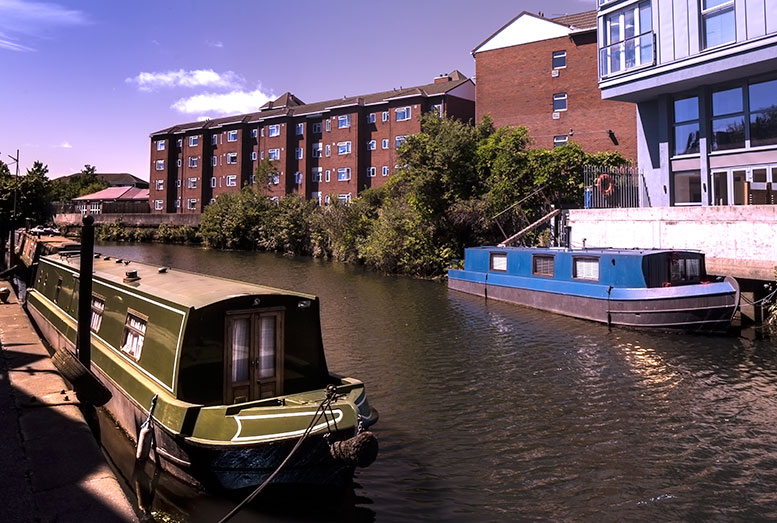
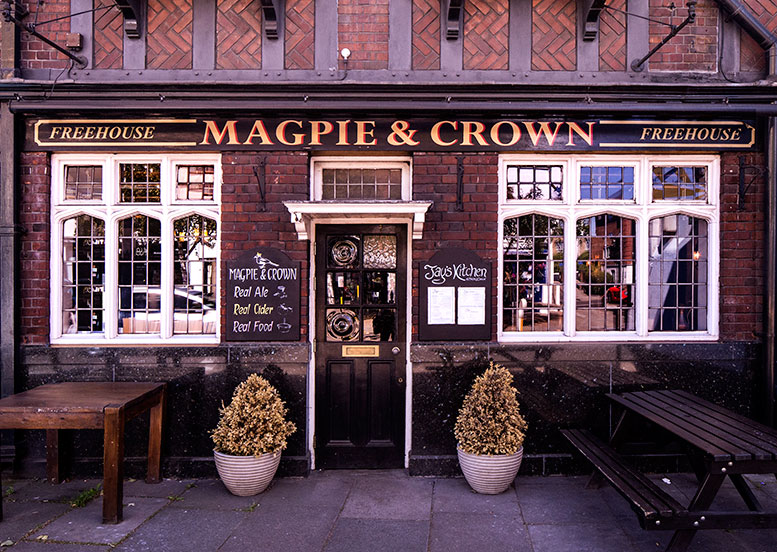
"Free house" means free to sell different brands of beer or spirits
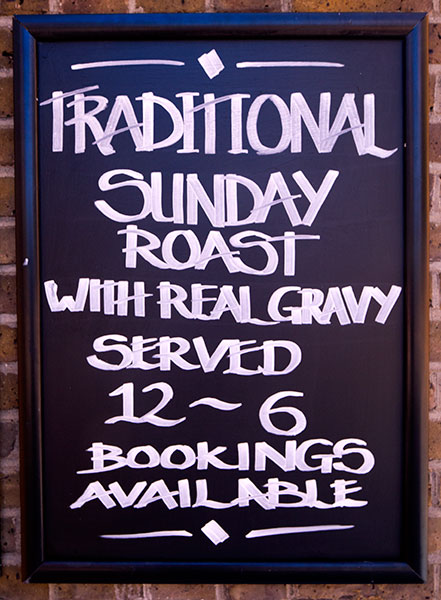 ..
..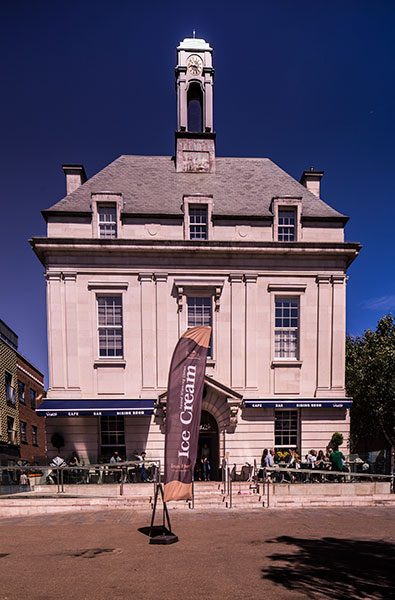
Pub sign at left; a classy building for selling ice cream at right
The wall has been in London for nearly two thousand years; most of the wall is gone although bits of it can be found in several areas of The City
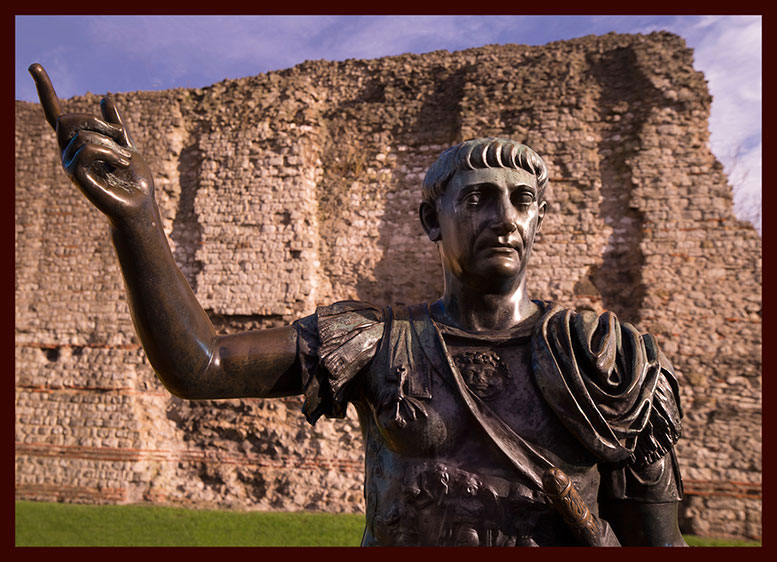
Trajan, Roman Emperor 98-117 (near Tower Hill)
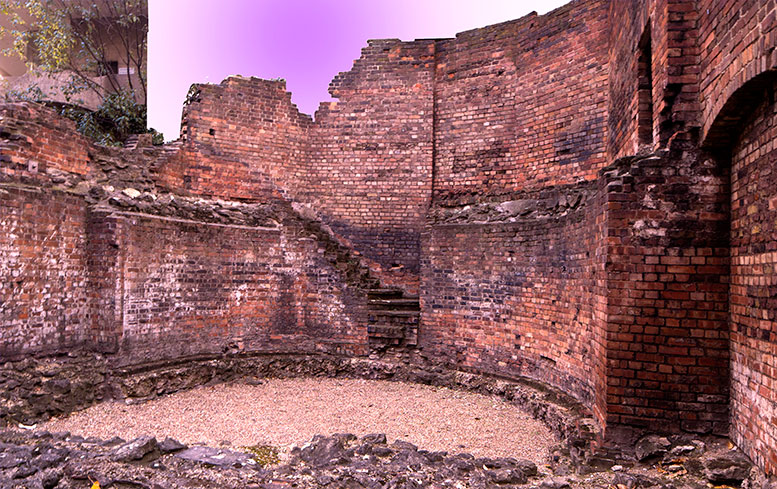
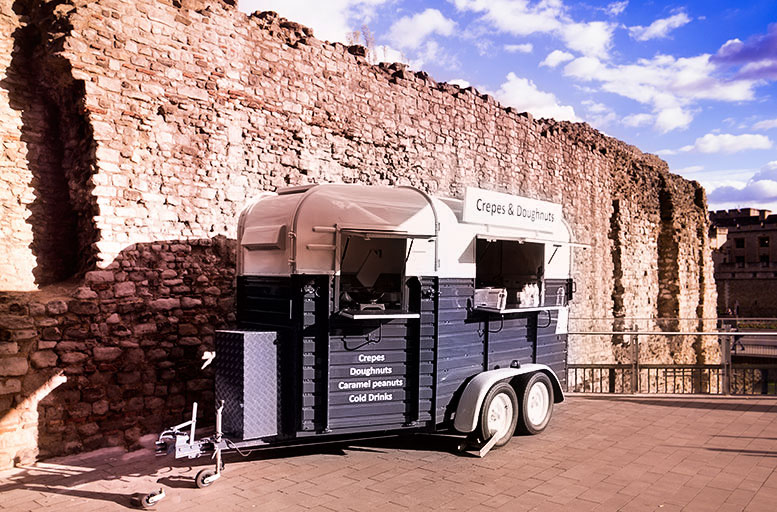
Doughnuts at the Roman Wall in London
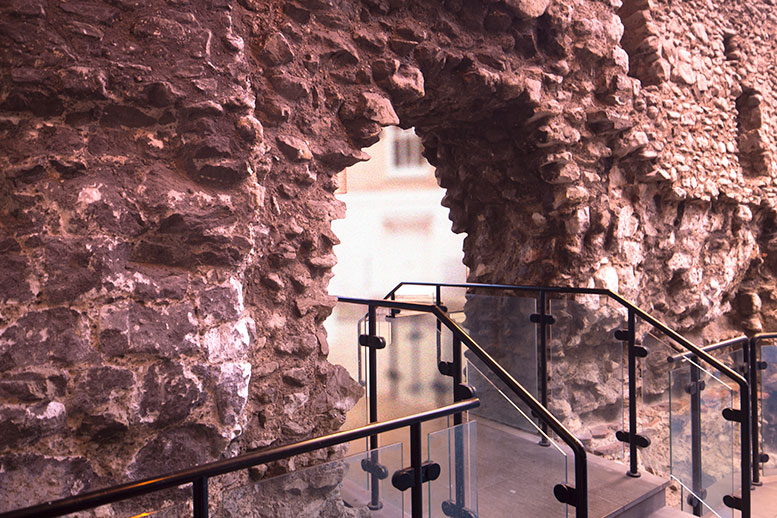
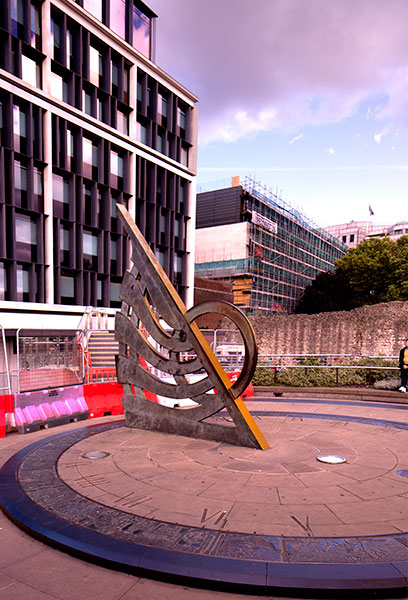
Sundial near Roman Wall
 ..
..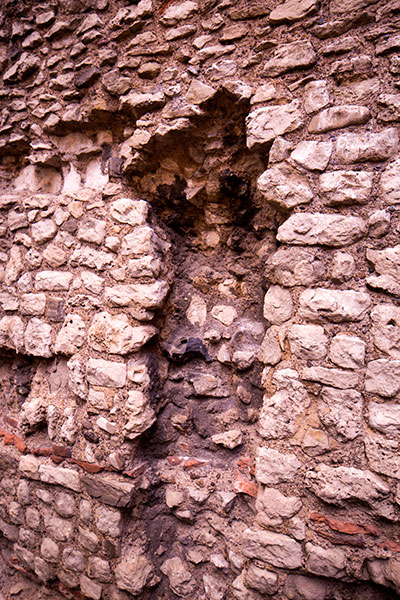
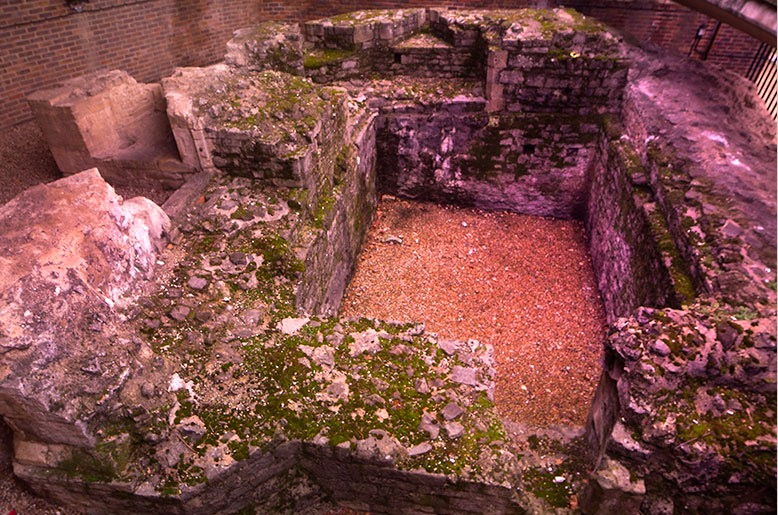
Last ancient gate to The City

Nice place to sit
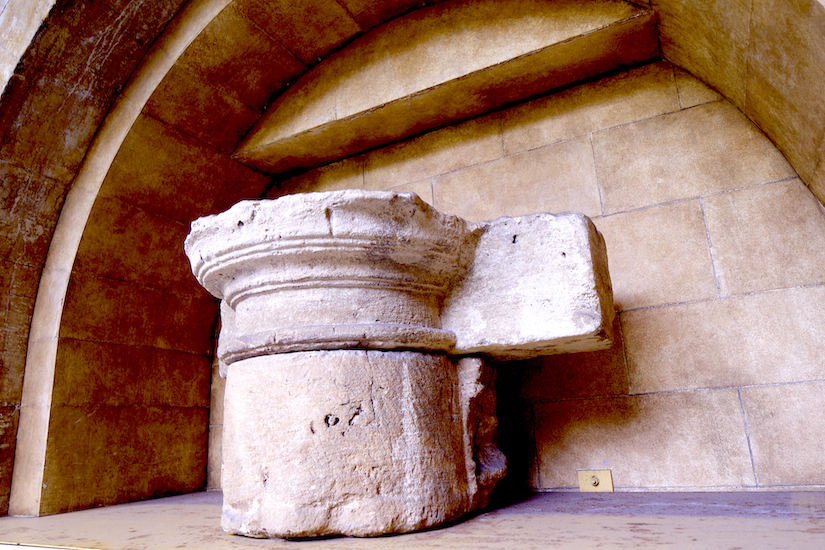
Looks heavy
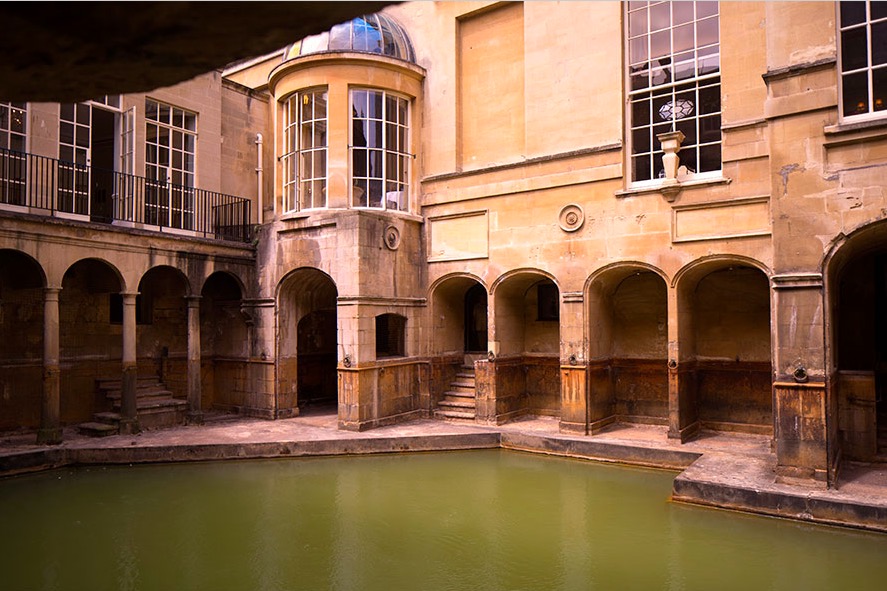
Bath England, where the Romans used naturally surfacing warm water for public baths
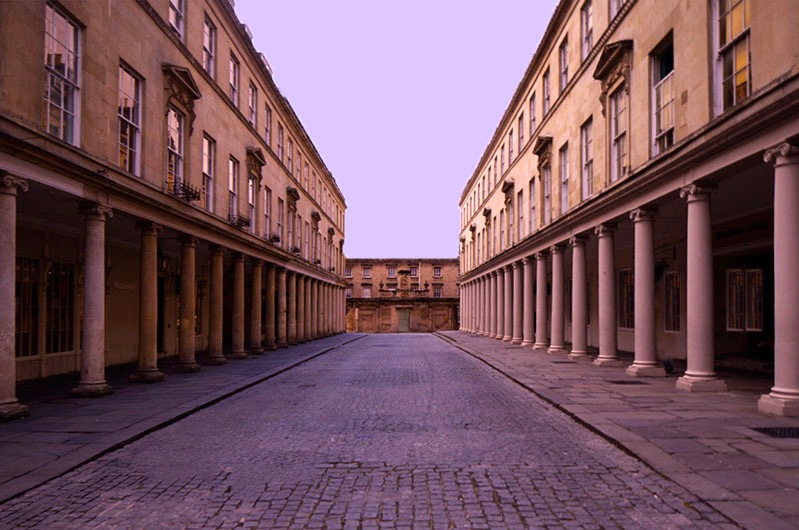
One of the beautiful streets in Bath, which is about one hundred miles west of London
This river runs south of the Thames River, passing through the London Boroughs of Croydon, Sutton, Merton, and Wandsworth
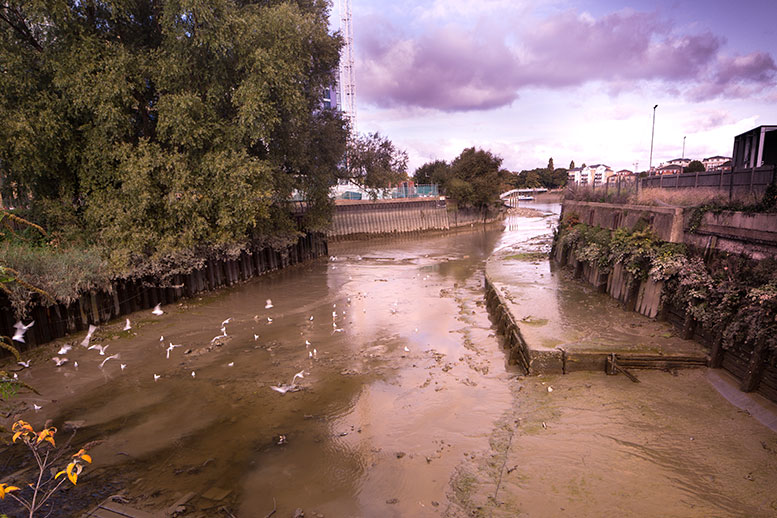
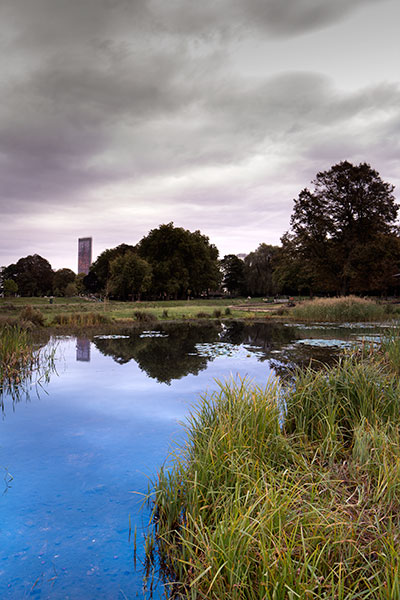
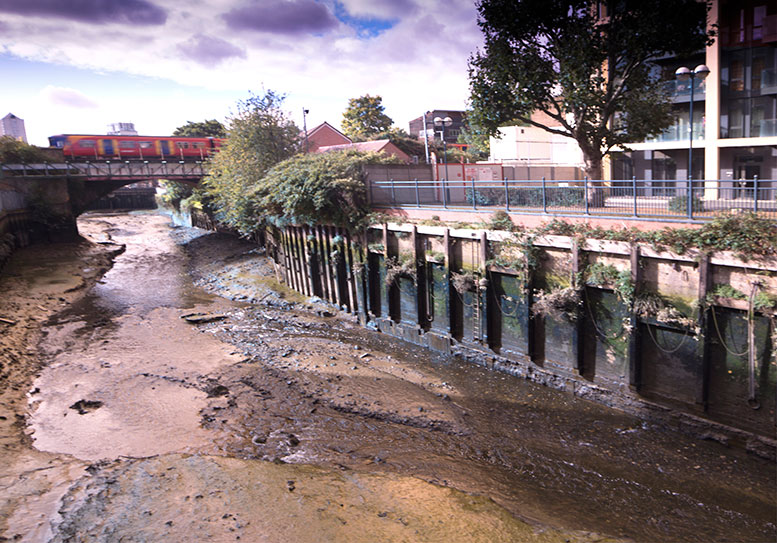
Colours abound today
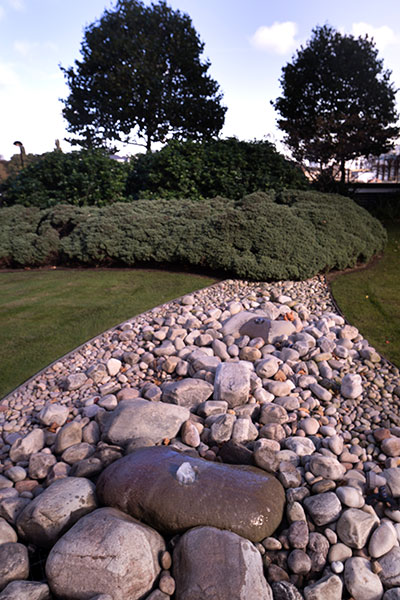
Rocky path near the river
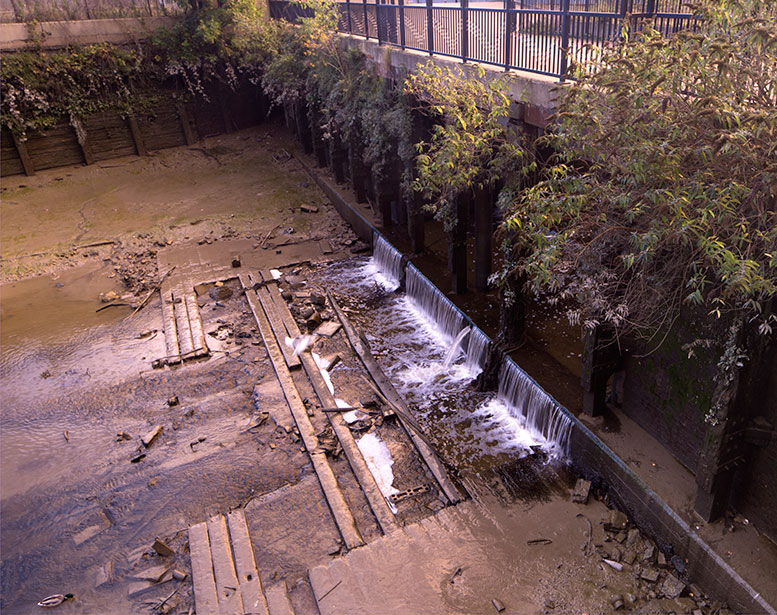
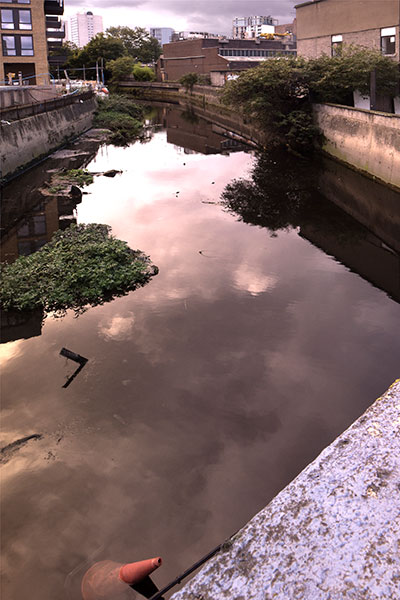
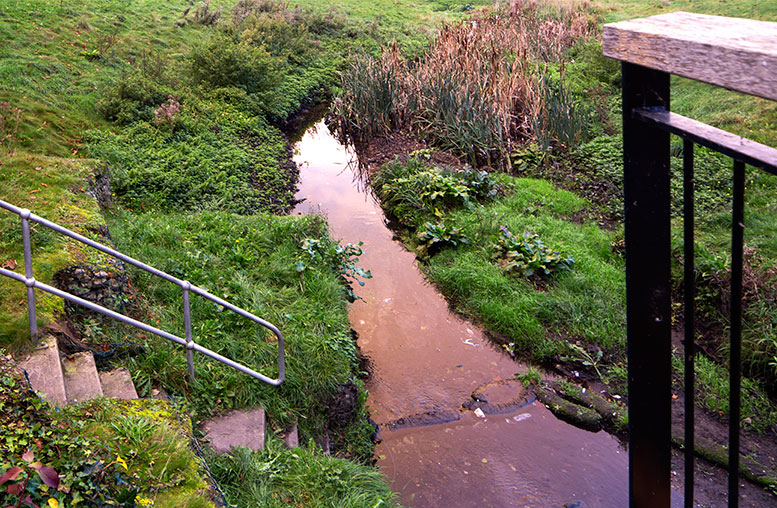
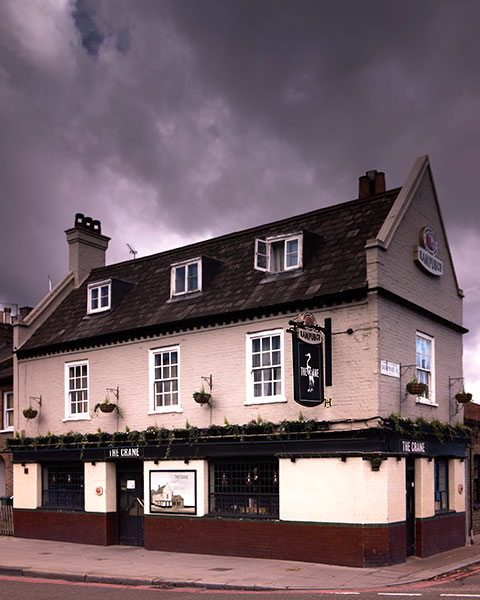
The Crane, a short walk from the river
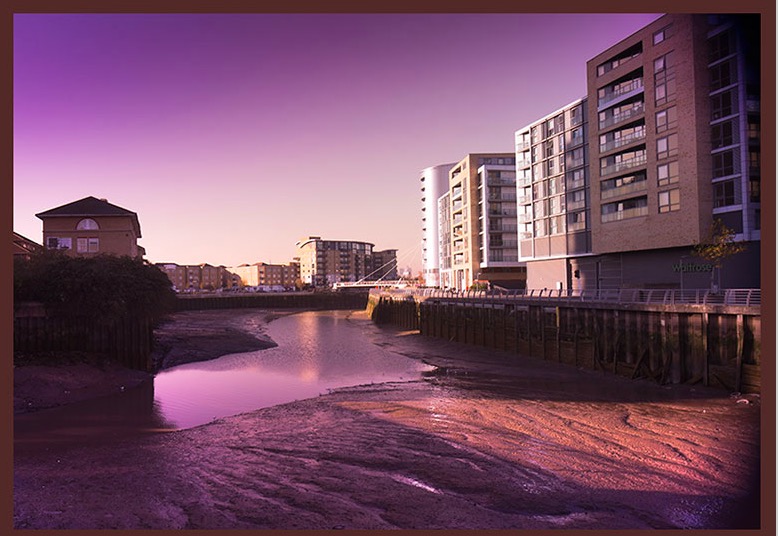
Deptford Creek
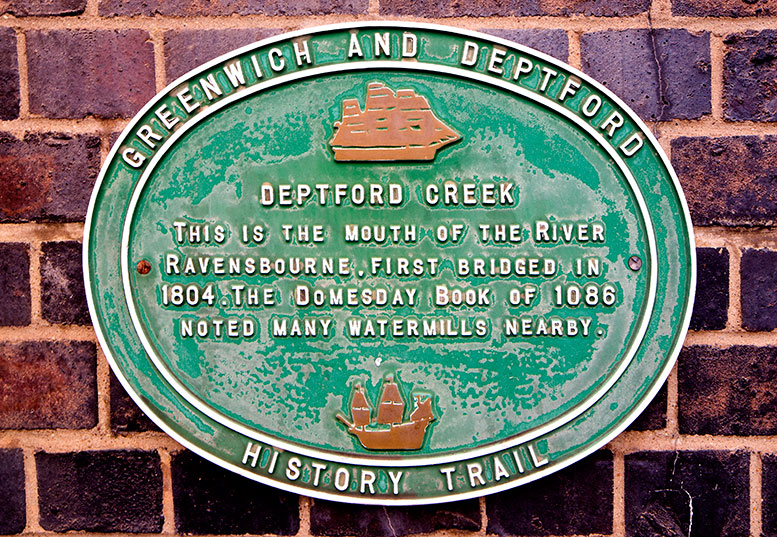 ear
ear
Nearby river
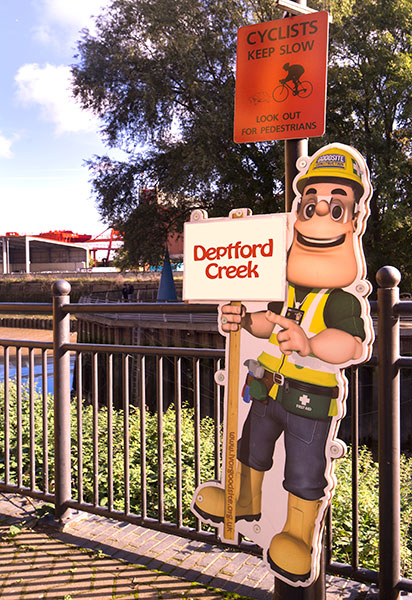

Fine restoration not far away
This is a royal residence in the county of Berkshire; its construction started in the 11th century; inside its walls is the 15th-century St George's Chapel
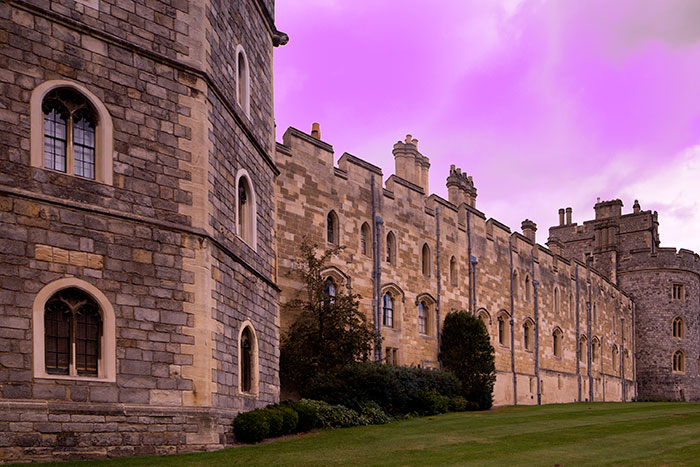
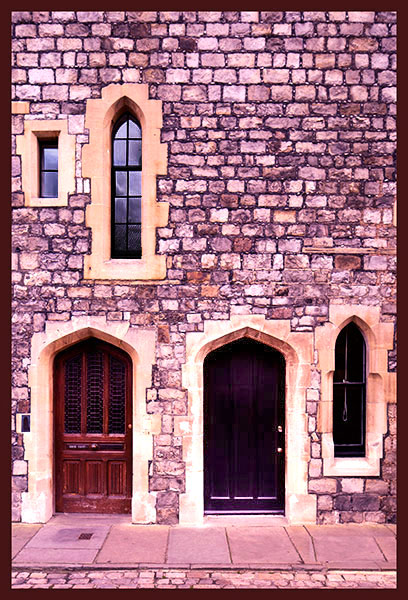
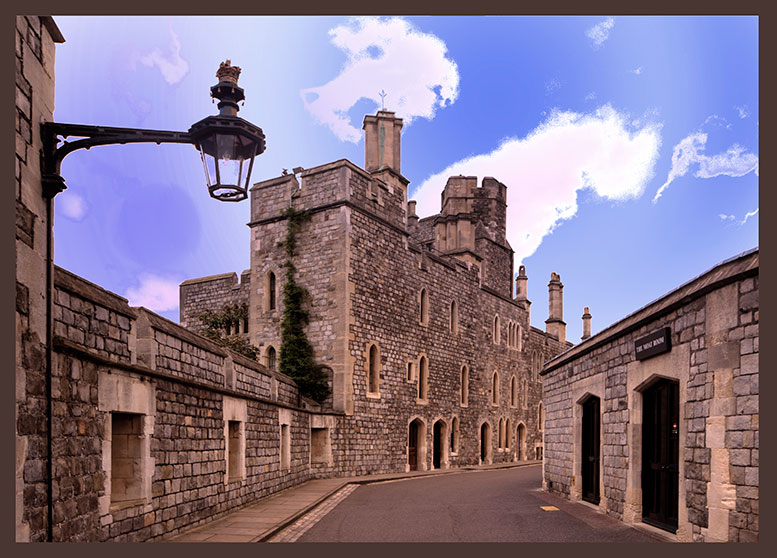
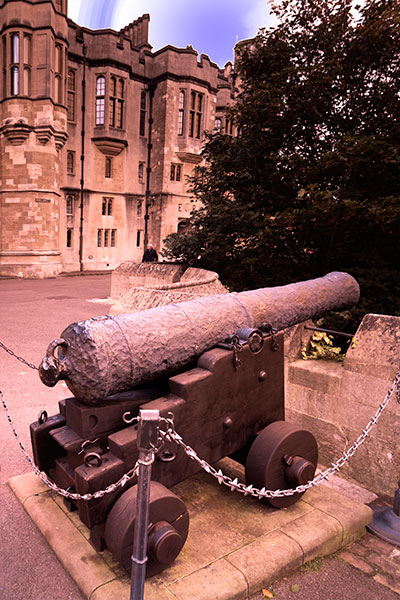
The building will be defended
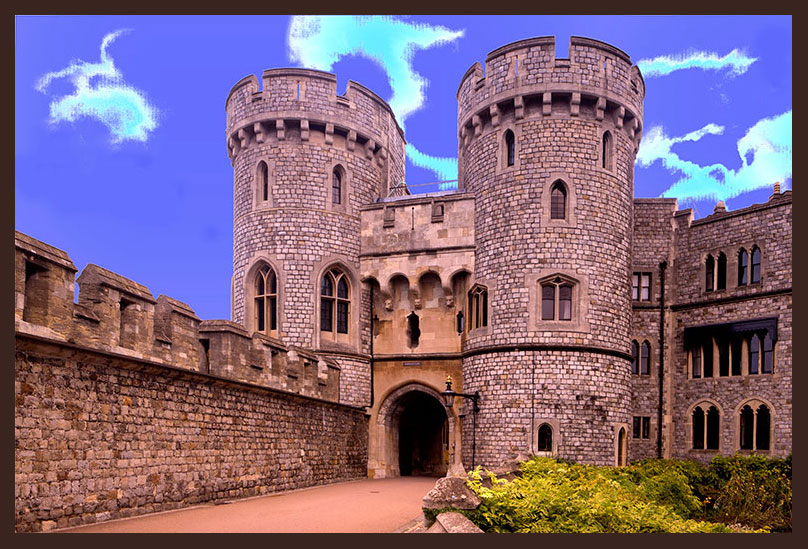
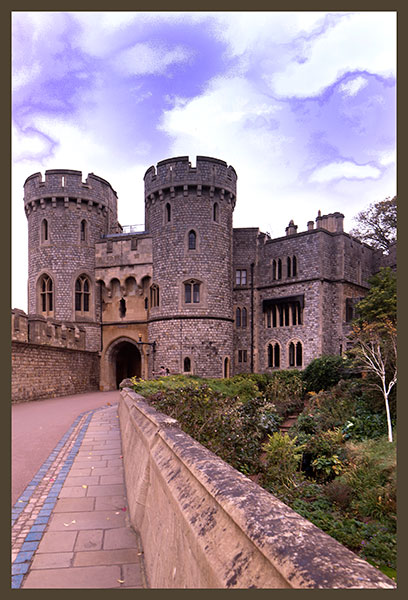
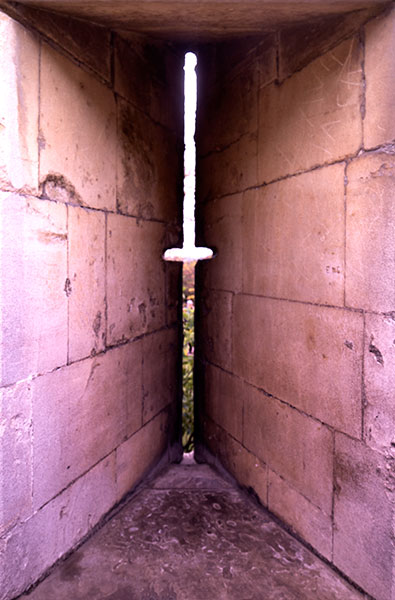
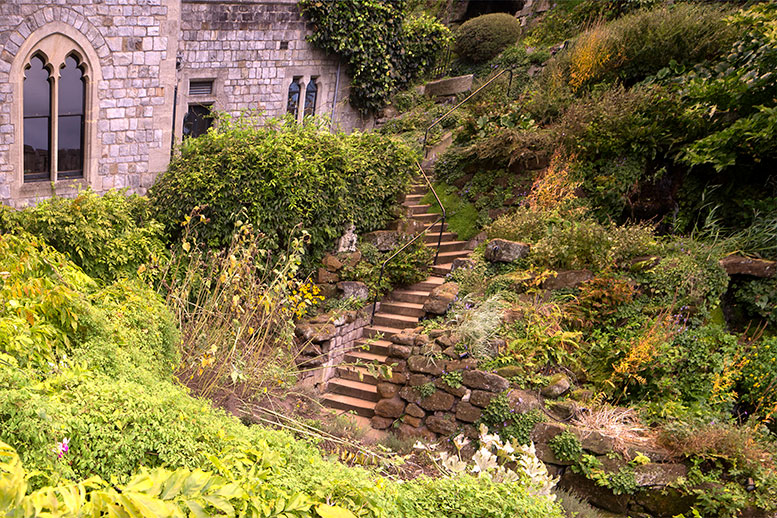
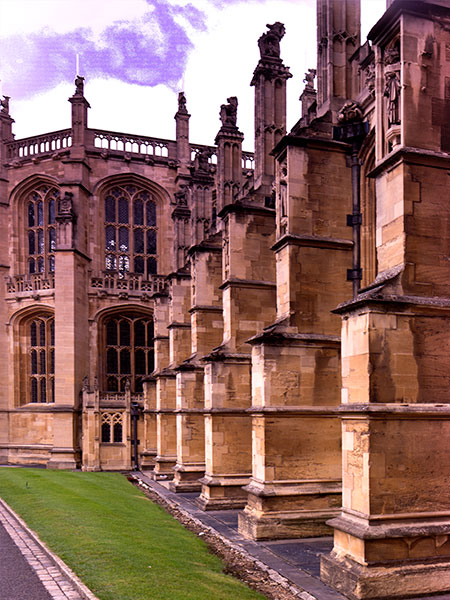
Partial view of St George's Chapel
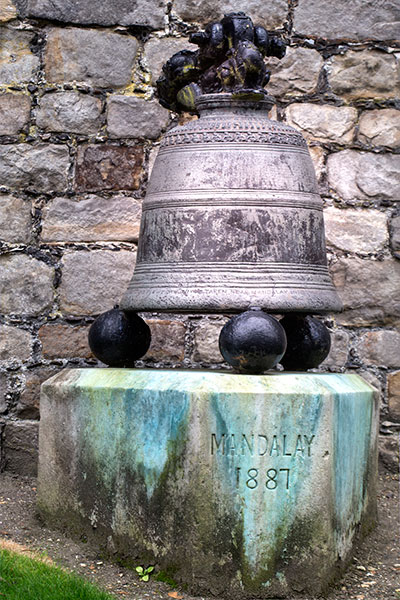
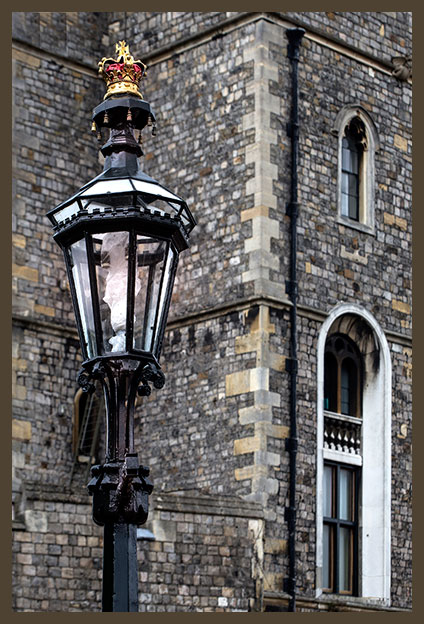
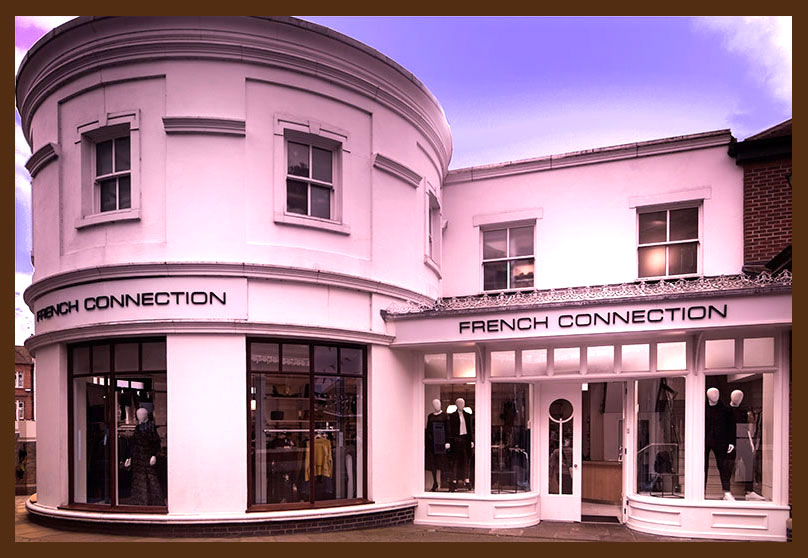
Near train station
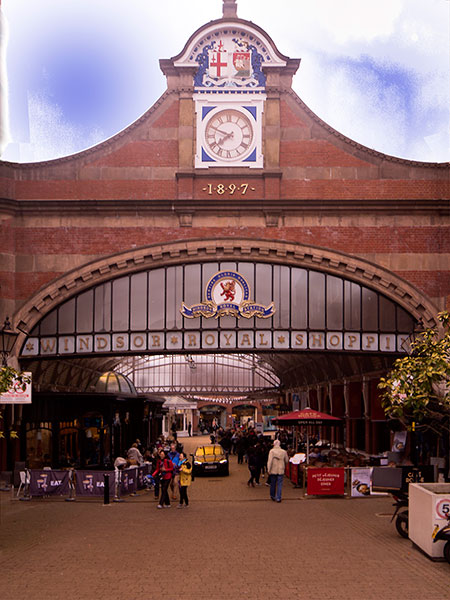 .
.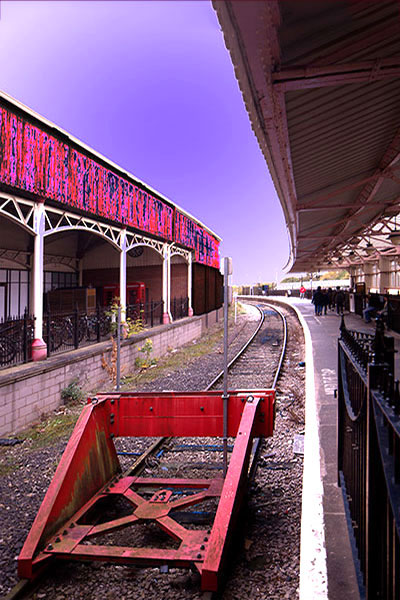
Train station; end of the line
Construction began after 1066; it has at times been a royal residence and at other times a prison; the crown jewels are kept here; one of Henry VIII wives, Anne Bolen, haunts the White Tower, as do Henry VI, Lady Jane Grey and Margaret Pole
Part of the Tower
The whole site
The Tower from a distance
Exterior portion of the Tower
Try scaling this wall
Security detail for Tower
Photographer in silhouette
Several of the Bridges of London
London is a city of many bridges some of which have a history that goes back centuries; the most famous is Tower Bridge; but many others are interesting
Tower Bridge is more often closed than open
Inviting stairs
Only bridge guarded with warship
Blackfriars Bridge from nearby Blackfriars Train Bridge (protected remnants of older bridge)
Blackfriars Train Bridge has cross-river platforms and roof made of 4,400 photovoltaic solar-panels
Cross-river platforms and Thameslink train spanning River Thames
College and St Paul's seen on the way to Millenium Bridge
..
Nearby Millennium Bridge for pedestrians (shown from opposite sides of Thames River)
Stairs down to the river from opposite angles
St Pauls from Millenium Bridge
Kew Bridge
Chelsea Bridge in late afternoon
Colourful puddle on riverbank
..
Front and rear views of massive Battersea Power Station (being repurposed), near Chelsea Bridge
Art on the river
Built in the late 1800s the bridge illustrates three different bridge designs (suspension, beam, cable-stayed); it is the only bridge in London that has not had its original toll booths removed; Chelsea is the north side and Battersea the south
Tolls no longer collected; tourists may not march lockstep :)
Morning boating near bridge
Silhouete of bridge and moored boats
Low tide view from riverbank next to Albert Bridge
Classic telephone booth on classic bridge
Second of two bridges at this site, this one built in 1887
.
Photographer takes bus back to hotel
Next to the bridge
The Museum of London
The Museum of London has exhibits that tell about prehistoric to modern times; it sits near part of the London Wall and the Barbican Center; nearby is St Paul’s and the financial district
Henry VIII's greatest achievement was bringing the Protestant Reformation to England
Very old
Coffin
Living Room circa 300 AD
..
Somewhere beyond
Westminster
Westminster is in central London and includes such historic landmarks as Westminster Abbey, Palace of Westminster, Buckingham Palace, and Westminster Cathedral
Construction began in 1245 (Henry III) and finished in 1745 (available for tourism, daily relgious services, weddings, funerals, and coronations)
Interior courtyard of Parliament at Palace of Westminster
Enthusiastic horse and last of the Warrior Kings, Richard I
Center section of Buckingham Palace on a beautiful day
Buckingham Palace as seen from footbridge in St James's Park in June
Photographer did buy this book with wonderful dust jacket to take home
Big Ben (name for largest bell and informal reference to clock and tower)
View of 10 Downing Street, from sidewalk with other tourists just beyond
View from sidewalk with long lens
Westminster Underground station
Crystal Palace
Crystal Palace was a large multistory glass and cast-iron structure built in Hyde Park in 1851; it used a clever modular construction, as seen in the black and white image below; the temporary exhibition featured some 100,000 objects, displayed along a massive floor-space, by over 15,000 contributors; for half a year it attracted more than five million people who came to be informed, entertained, and impressed; a second version of Crystal Palace was relocated in South London's Sydenham Hill; unfortunately it burned to the ground in 1936; today all that remains there are a small number of stone remnants
Anonymous web image of long-ago Sydenham Hill station (today's Crystal Palace station has wonderful interior staircases!)
Museum building where you can start your tour when open; or you can just walk onto the grounds
Entrance architecture
Remarkable bit of outdoor art
A bit of ancient Egypt
High on the hill
Headless but not homeless
Profile
Something new has been added
Statue fragment
Someone kept his head
in
Series of fountains fed by water from two tall towers
A rail station near Crystal Palace
Narrow Street
Narrow Street, with houses built in the eighteenth century, runs parallel to the Thames River in the Limehouse section of East London; it was much narrower in bygone times; one way to reach Narrow Street is to ride the Docklands Light Railway (DLR) or National Rail (NR) to Limehouse station
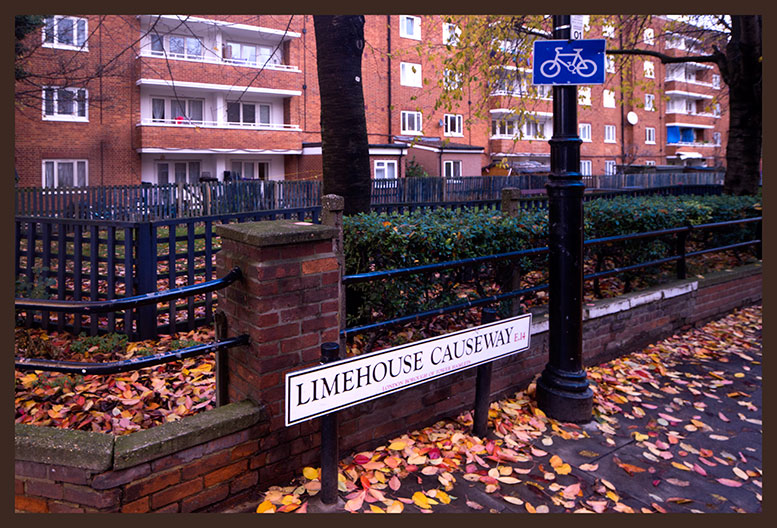
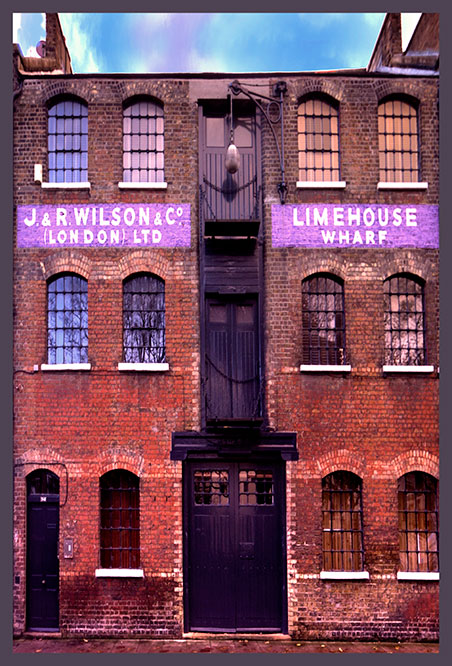
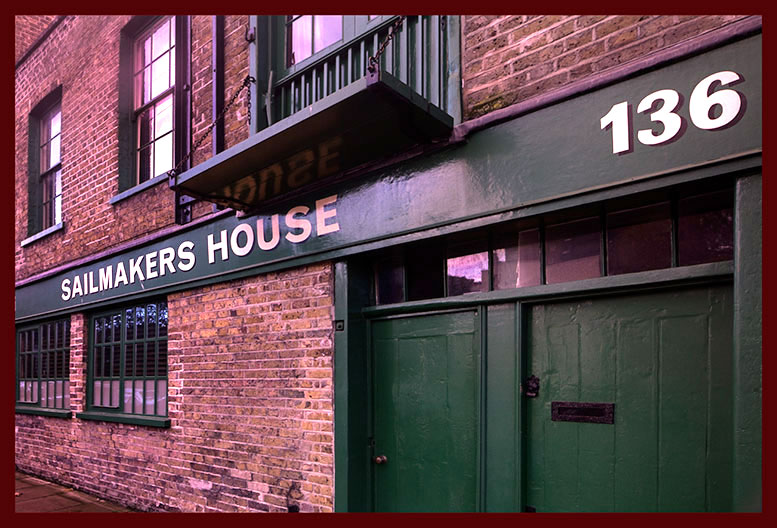
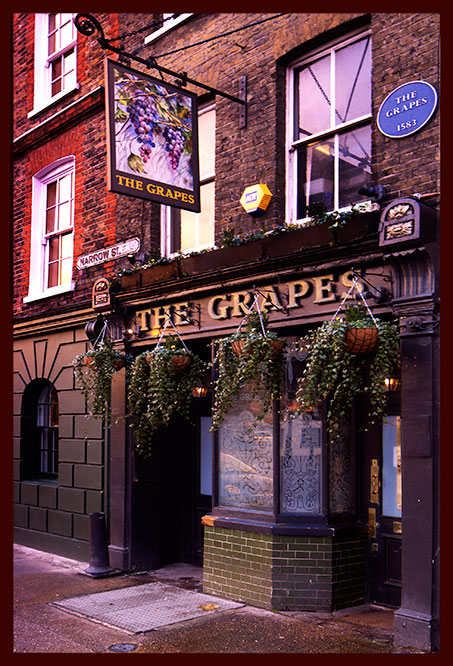
One of London's historic pubs
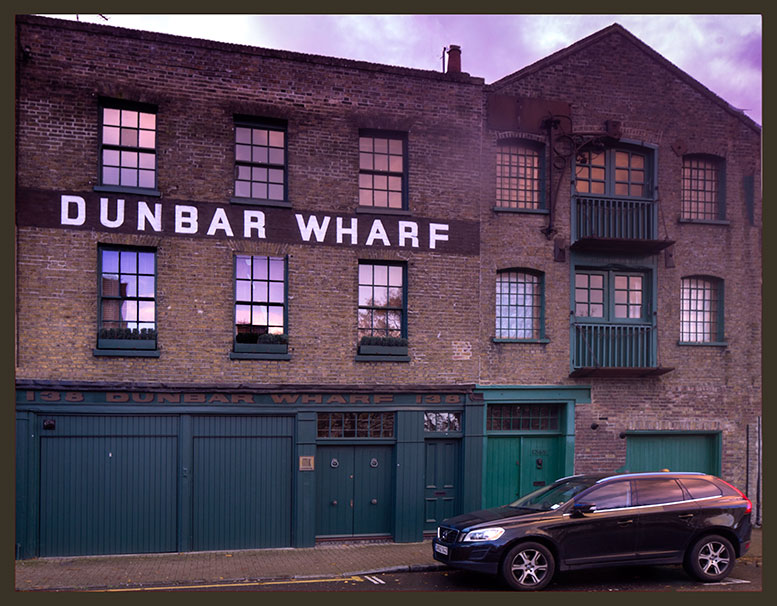
The old and new at a riverside warehouse on Narrow Street
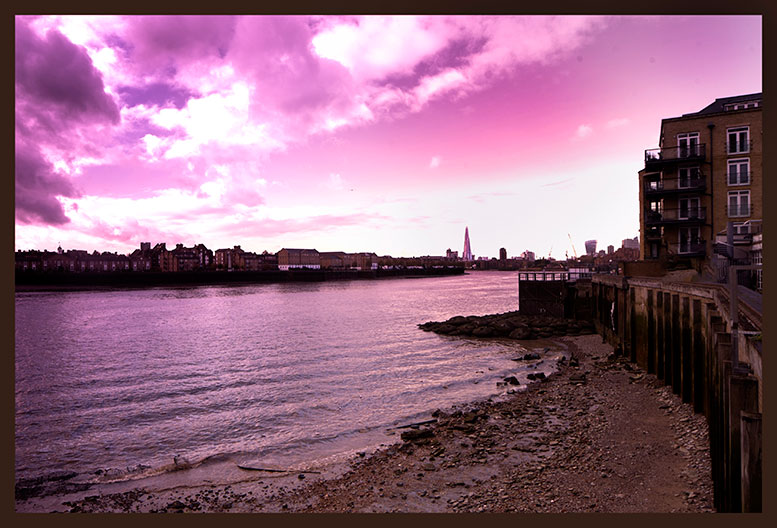
The Thames nearby
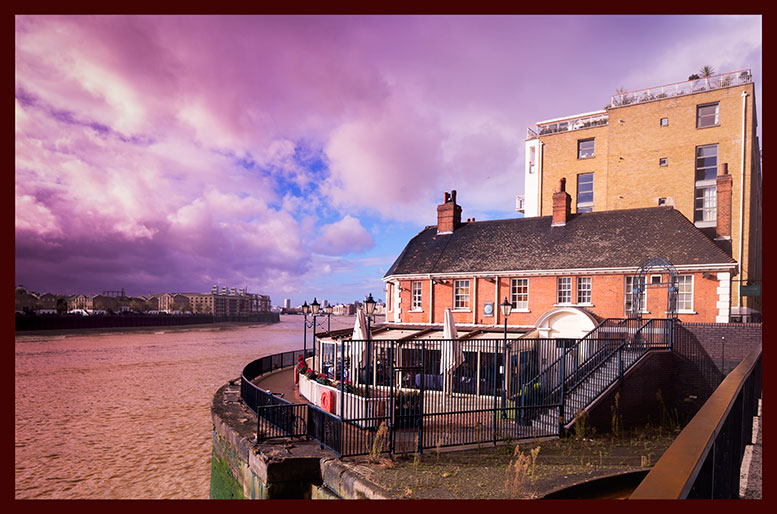
Near Narrow Street and the Thames
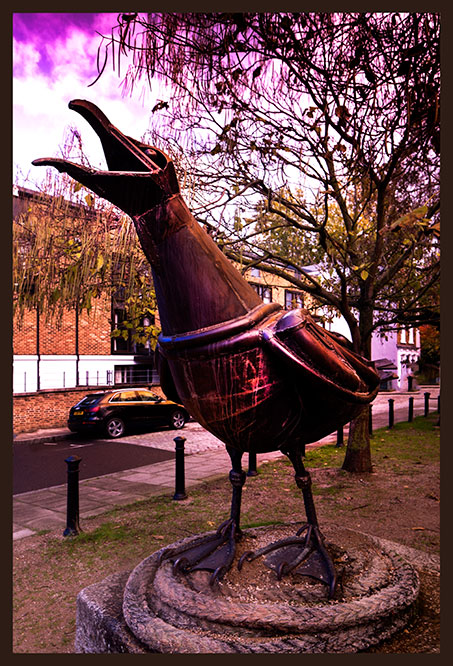
Mascot intending to bring good luck to the neighborhood
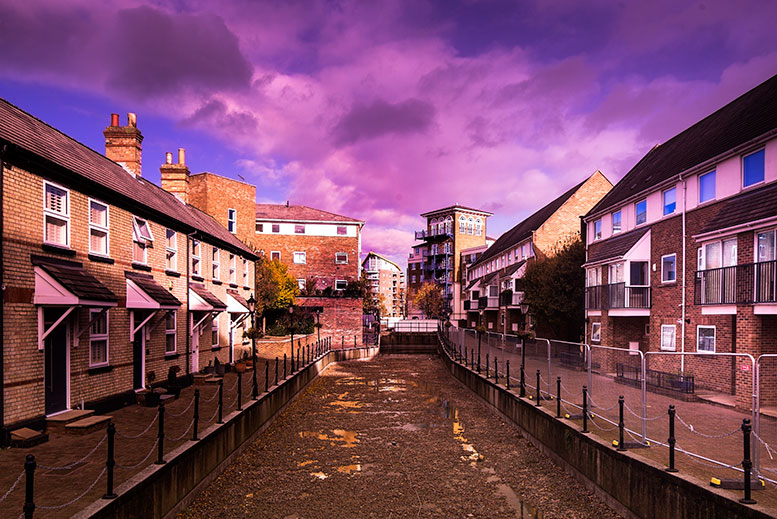
Nearby
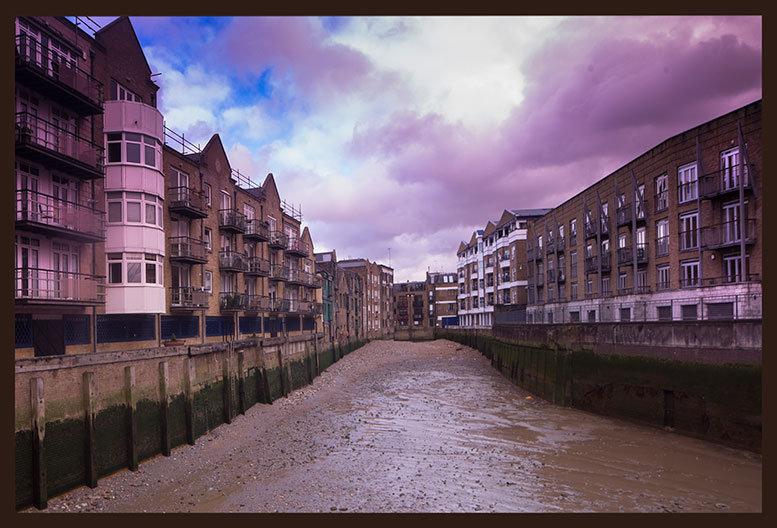
High tide is pretty but low tide more interesting
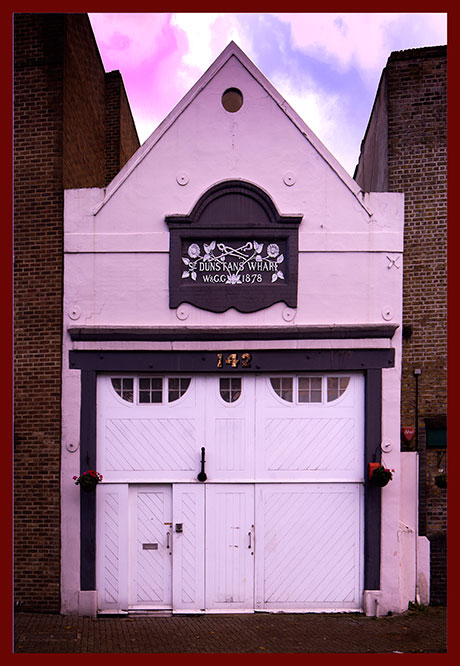
Wharf dates to 1878
The following are a random selection of manikins and statues and other artistic life-forms found in public areas
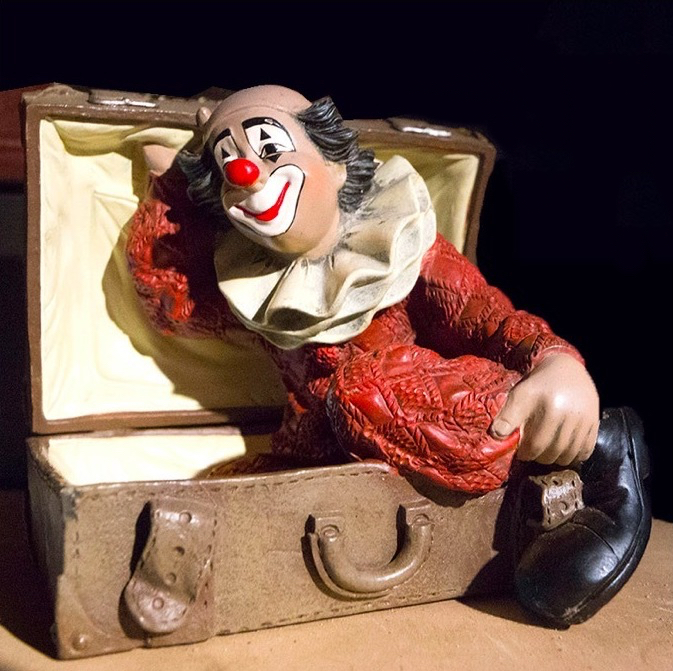
London Clowns Gallery near Dalston Junction station
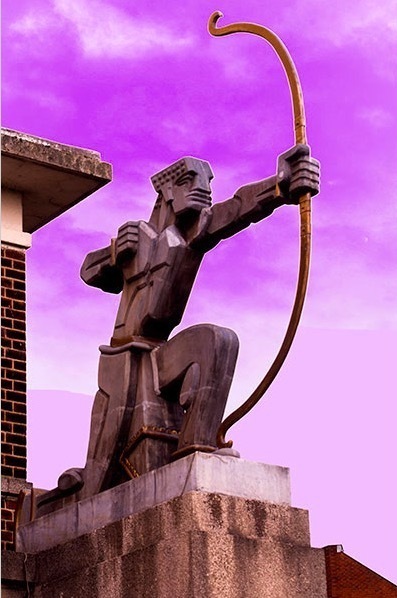
The Archer at East Finchley station
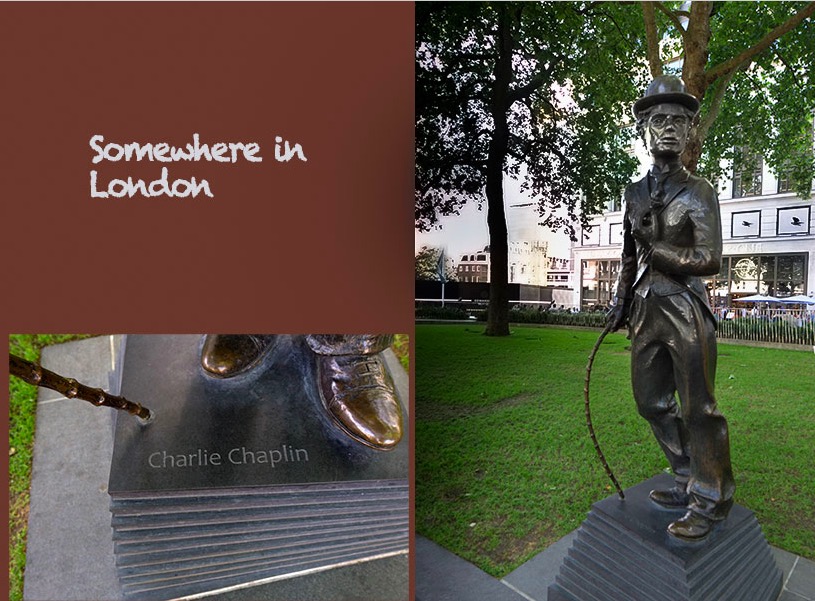
Famous British actor starting with the silent-films (1914) and extending to the 1960s
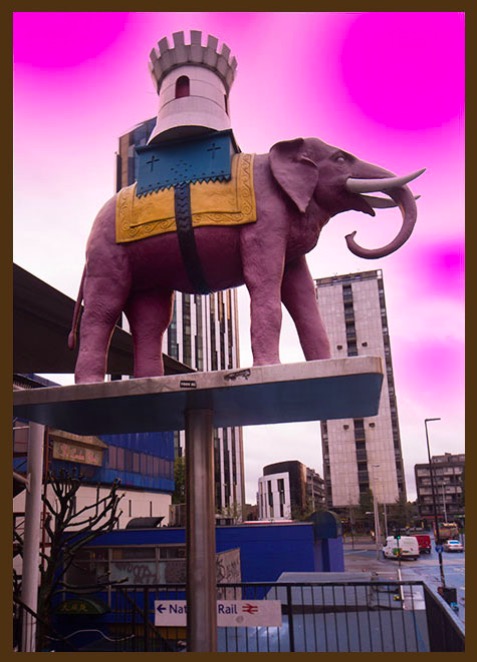
Creative BnB accommodation at Elephant & Castle railway station? :)
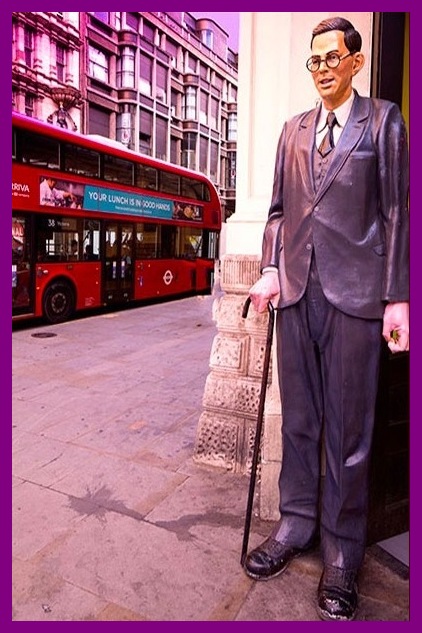
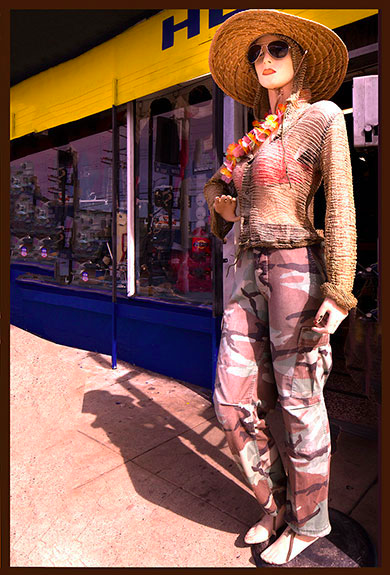
Believe it or not! -> tall resident of London -> visitor from Los Angeles
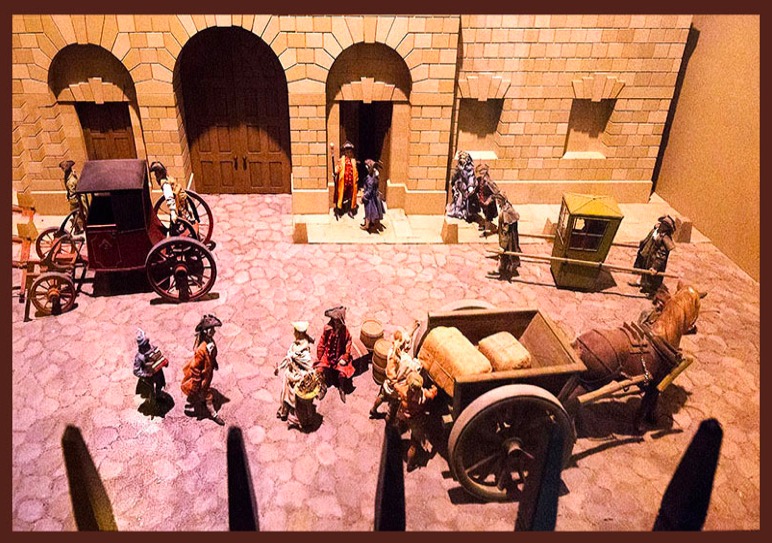
Old London as seen through time travel device :)
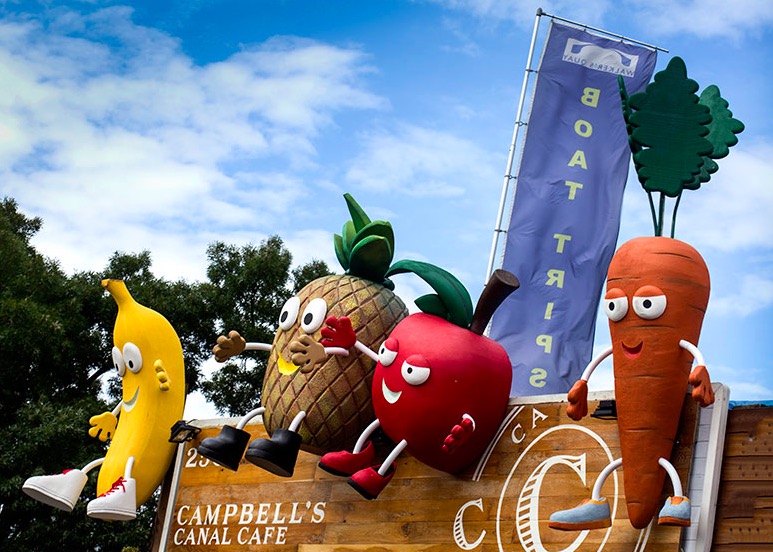
Roof art Camden Town
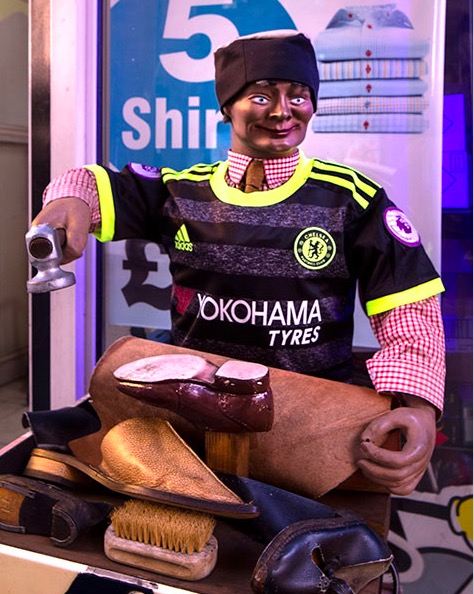
On Earls Court Road
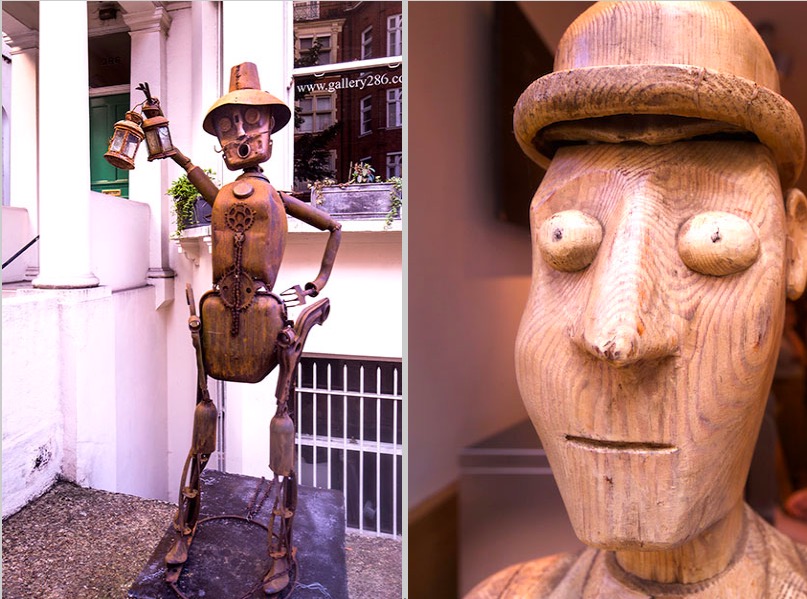
At left is art gallery on Earls Court Road; at right is store-window man on Shaftesbury Avenue
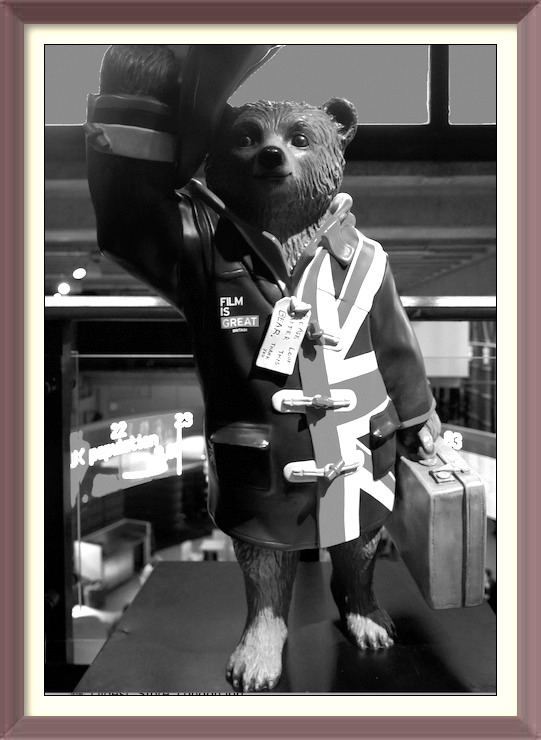
Paddington Bear arrives in London (date unknown)
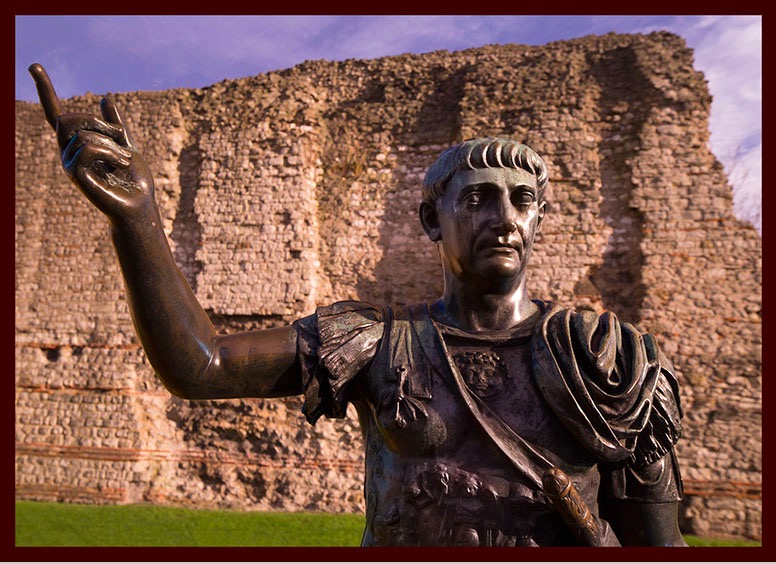
Emperor Trajan makes a point in Latin at the nearly 2000-year-old Roman Wall
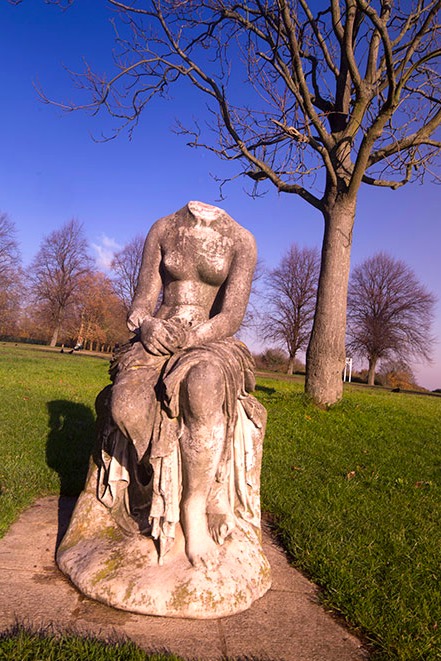
Lawn art at Crystal Palace
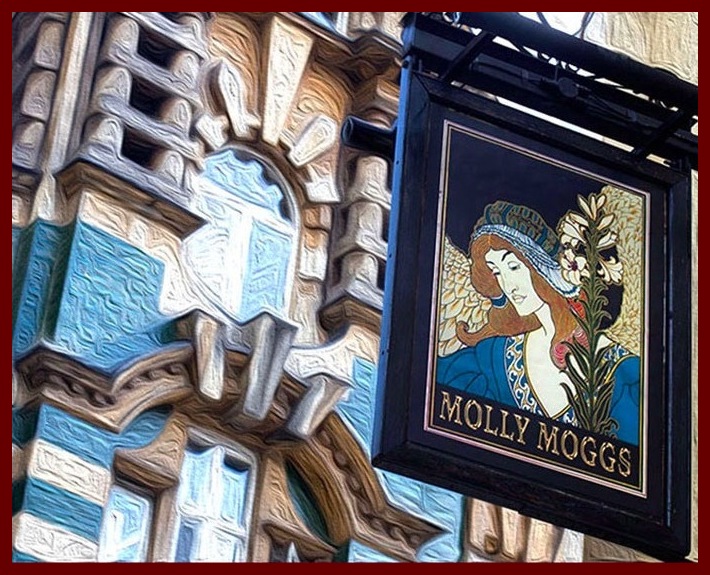
Has anyone seen Molly Moggs at the Rose
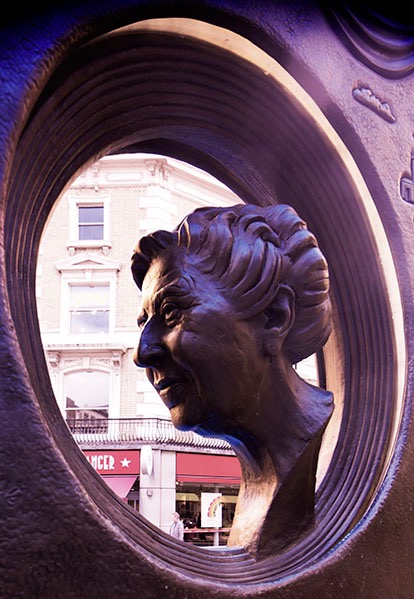
Tribute to Dame Agatha Christie
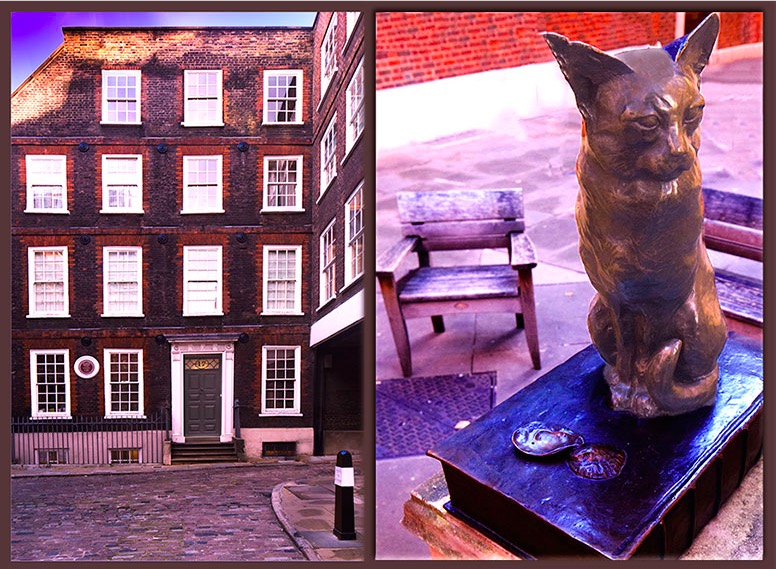
Dr Johnson's house (protected property Gough Square); and writer's cat, Hodge
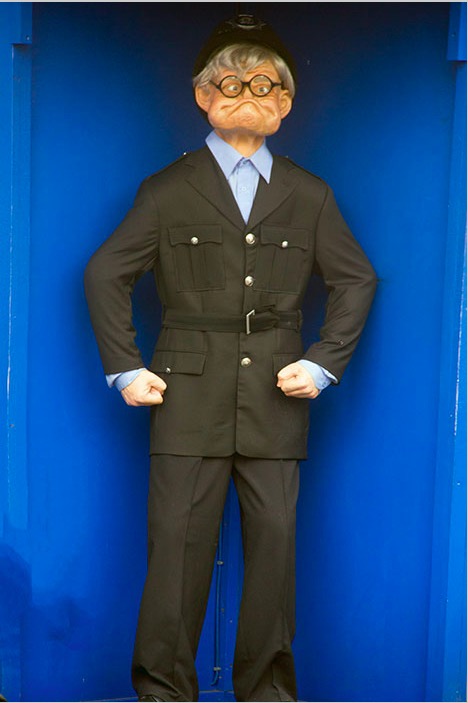
Sidewalk denizen center city
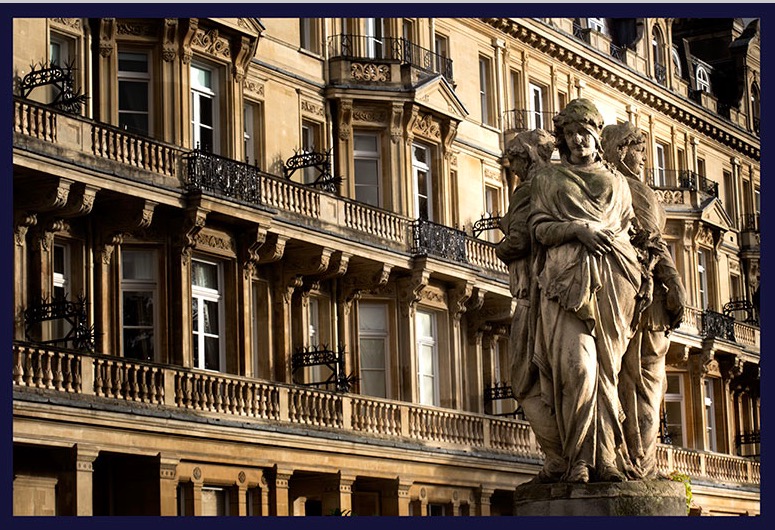
Afternoon sun at posh Cambridge Gate on Outer Circle near Regents Park
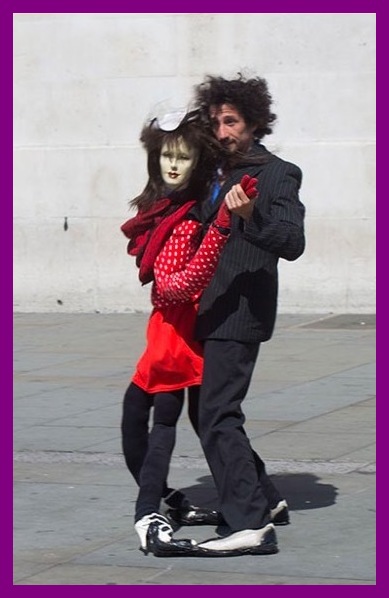
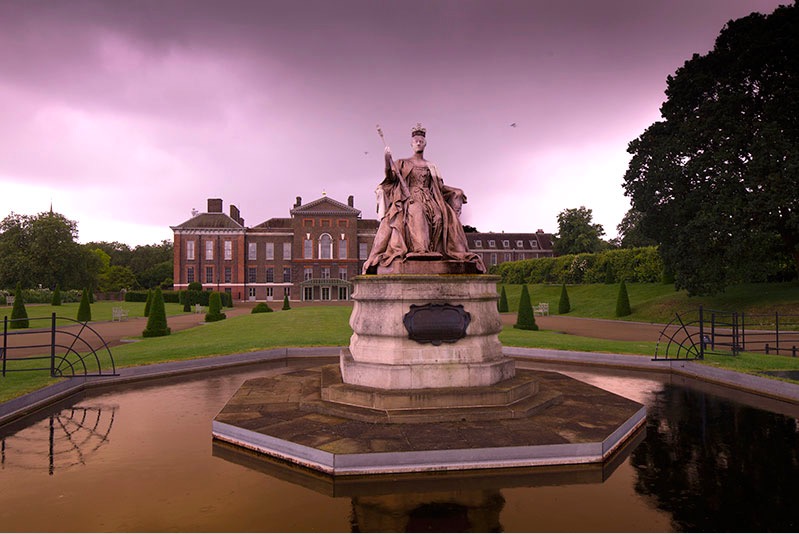
Queen Victoria at Kensington Palace in the Royal Borough of Kensington and Chelsea

Wimbledon
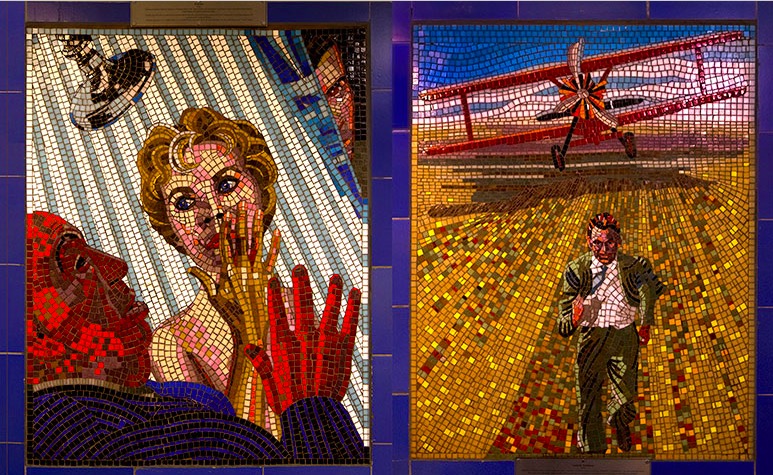
Two of the tiles celebrating Alfred Hitchcock films at Leytonstone Underground station
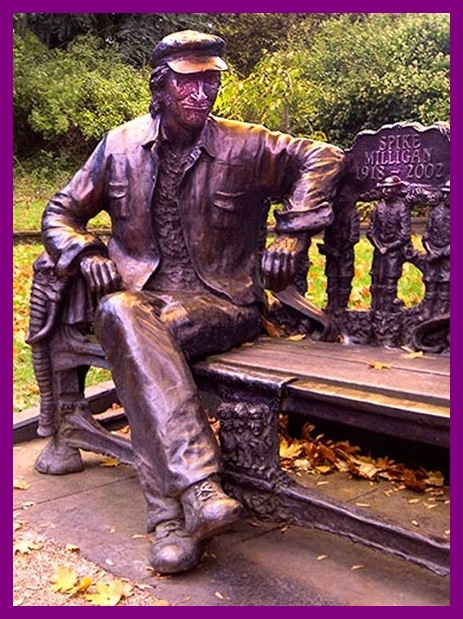
Spike Milligan (Finchley)
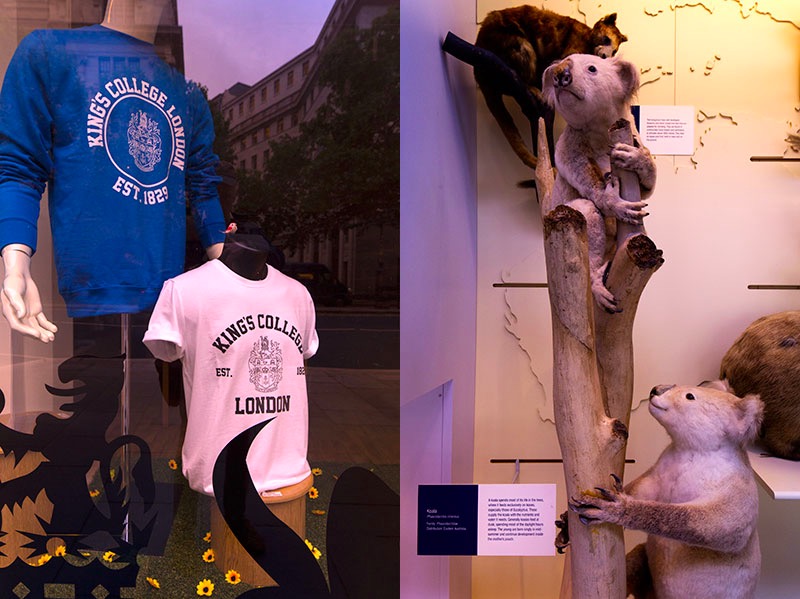
Kings College shirts and museum exhibits
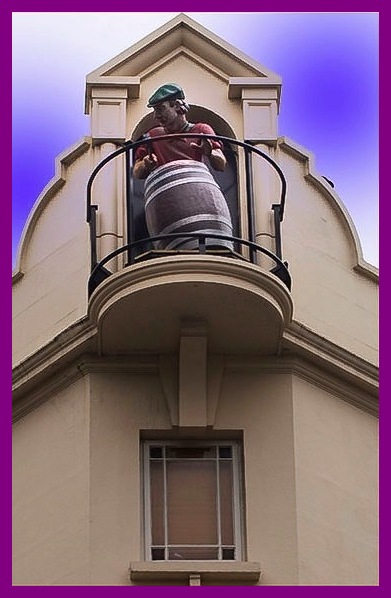
St Martin's Lane, theatre district
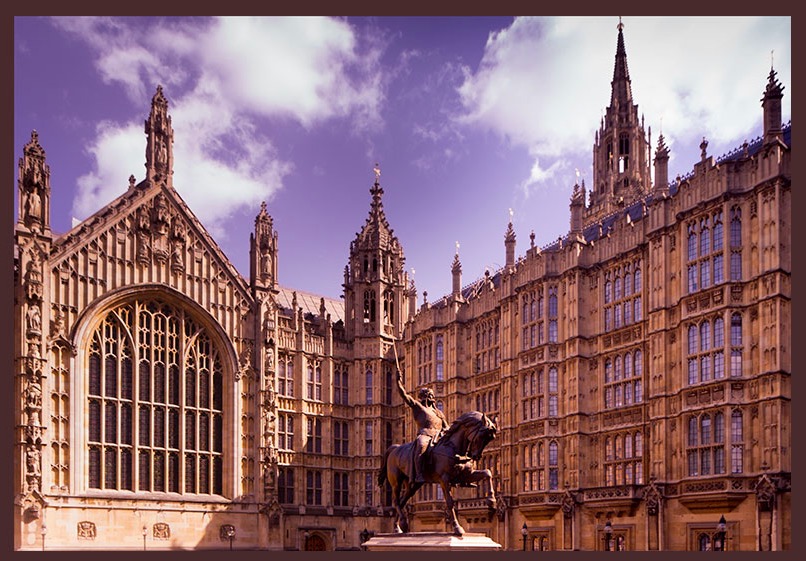
Enthusiastic horse and Richard I, Warrior king at Parliament courtyard
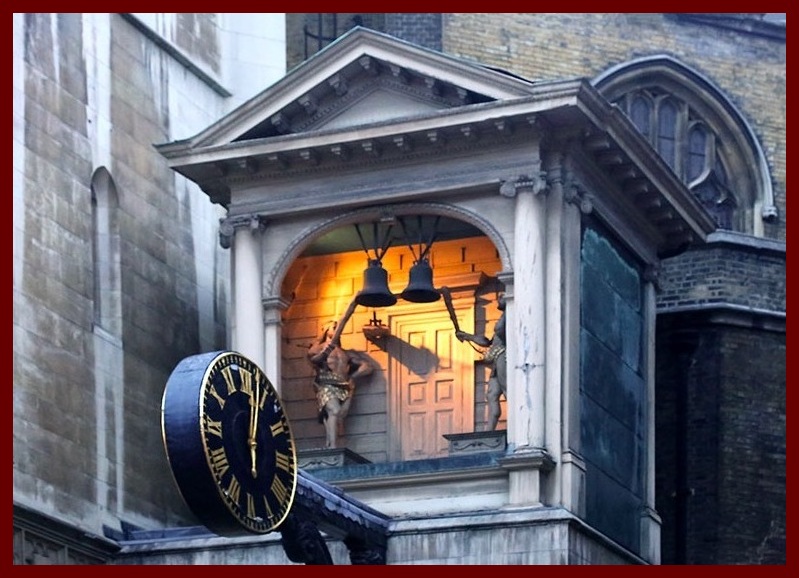
Bell ringers Gog and Magog
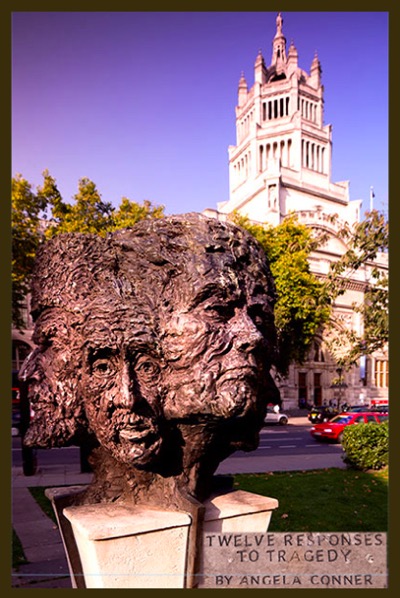
Commemorating East European victims of communism
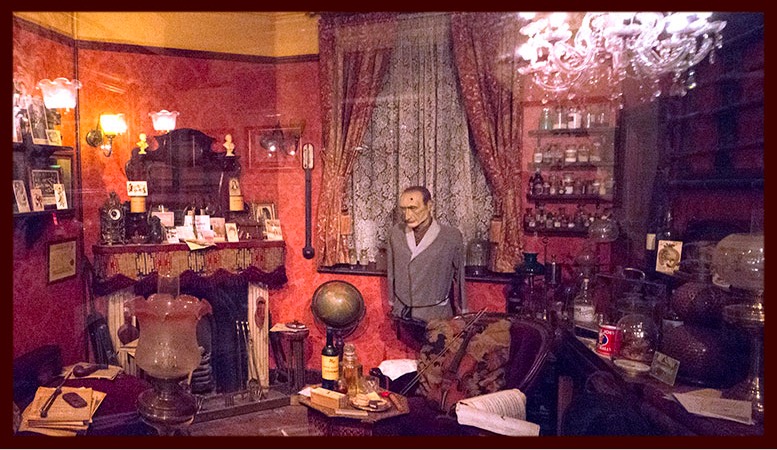
Upstairs at the Sherlock Holmes Pub, St James
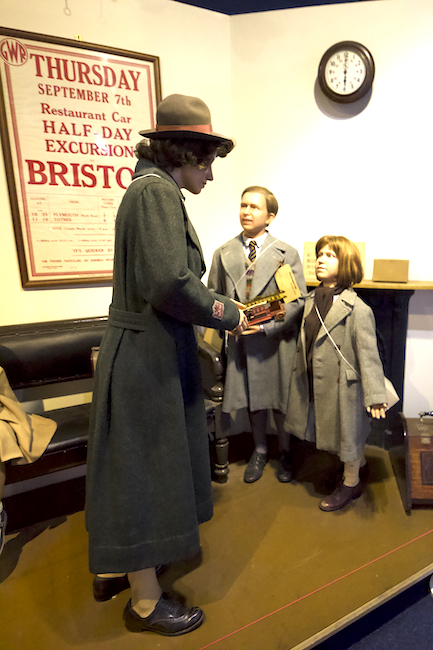
Train trip?

Bars
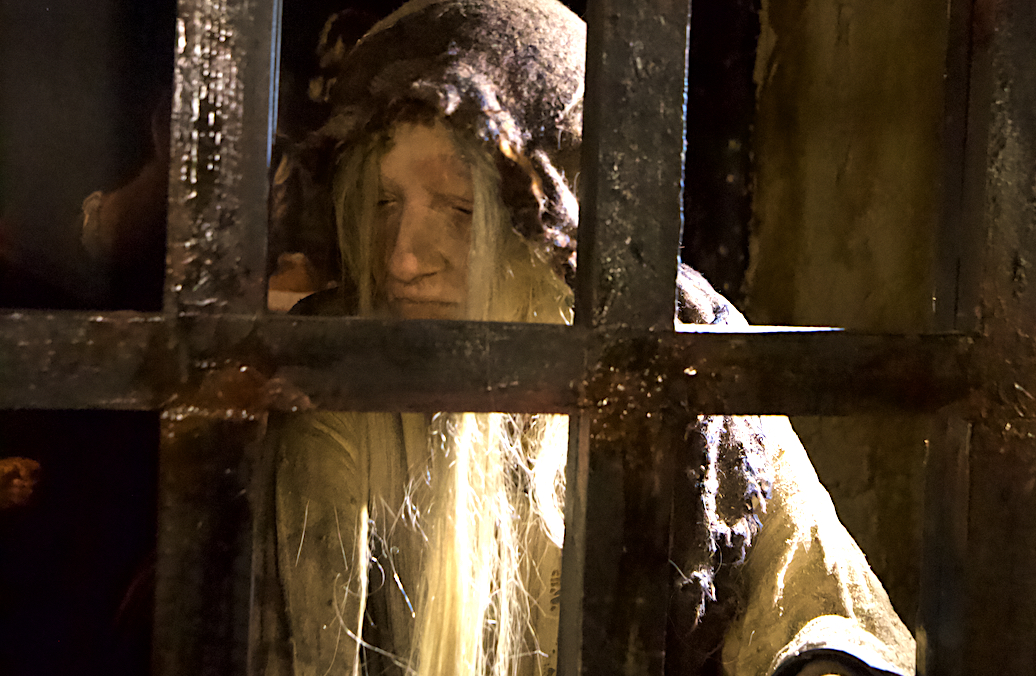
Behind Bars
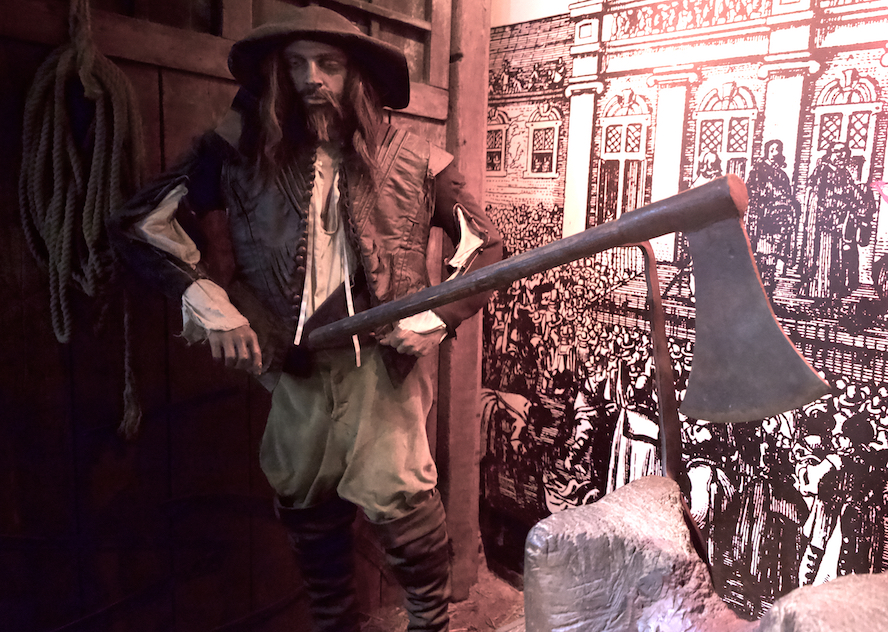
Executioner
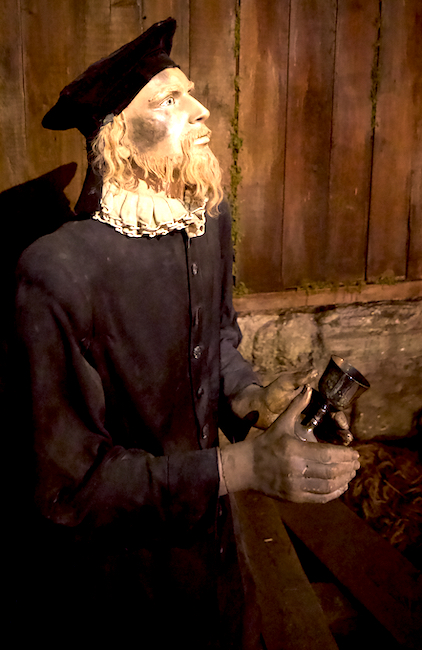
jar in hand
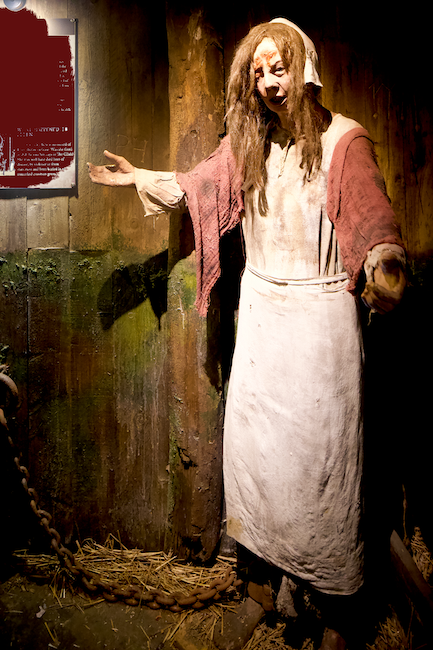
chained inmate
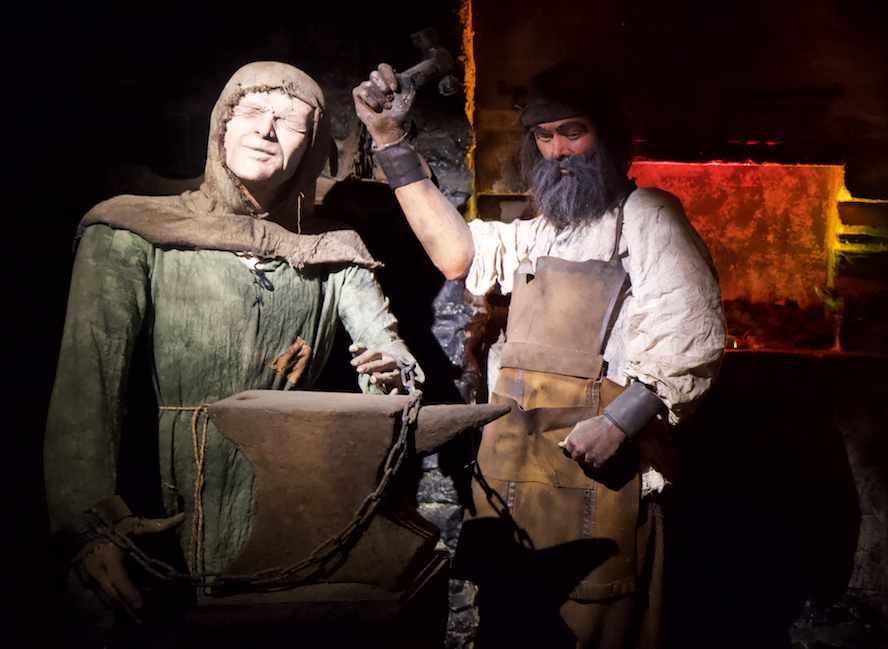
Hammered hand
The Underground or Tube began in 1863; the first lines ran in shallow "cut-and-cover" tunnels while the later ones were built at deeper levels; the Tube has more than 270 stations and at least 250 miles of track; forty-five percent of stations are underground and the rest on the surface or above; Underground riders can connect with London's other rail services, such as the Overground, the Docklands Light Railway, trams, and other railways
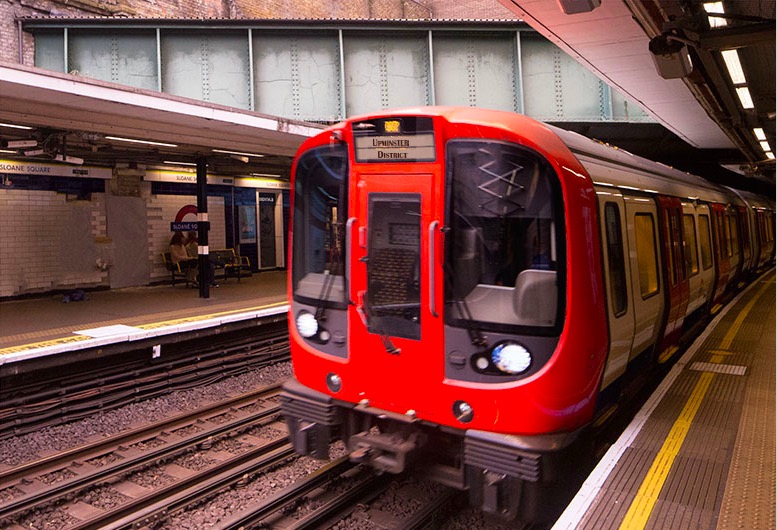
River Westbourne flows in metal culvert over Sloan Square station
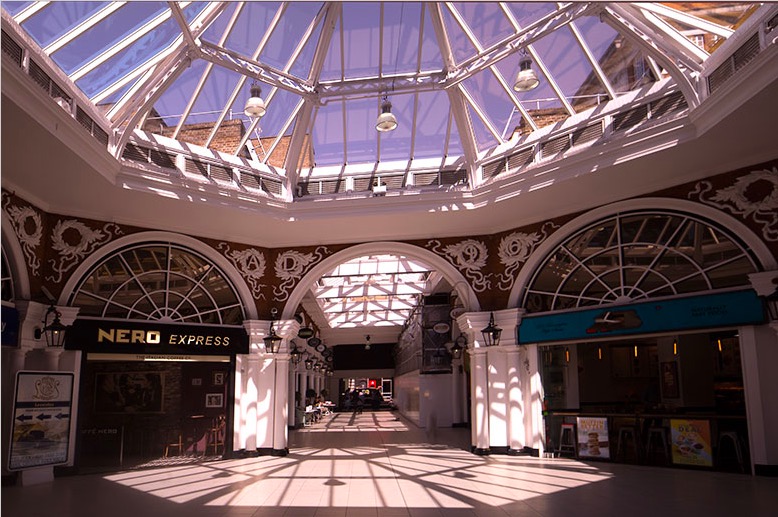
Mezzanine of High Street Kensington Underground station
 .
.
The Archer atop East Finchley station
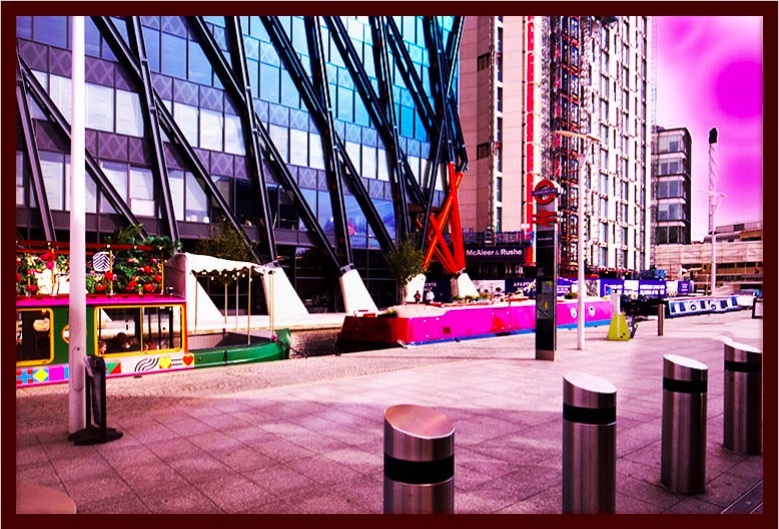
Grand Union Canal and Paddington Underground station side by side
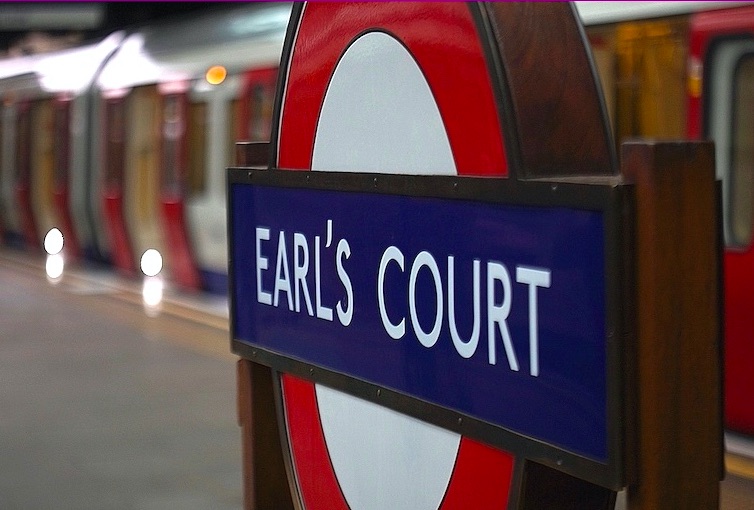
District Line train heading east
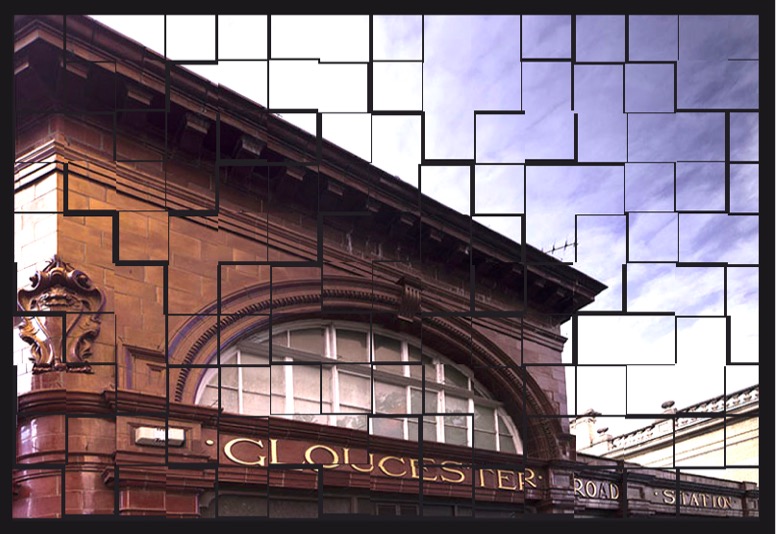
Opened 1868 by the Metropolitan District Railway, now serves District, Circle and Piccadilly lines
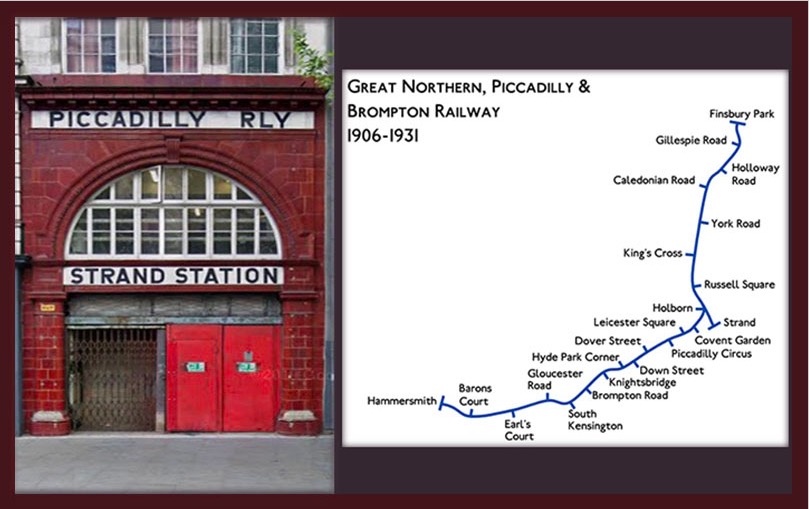
The Underground no longer stops at Strand Station; but its location is at right side of heritage map
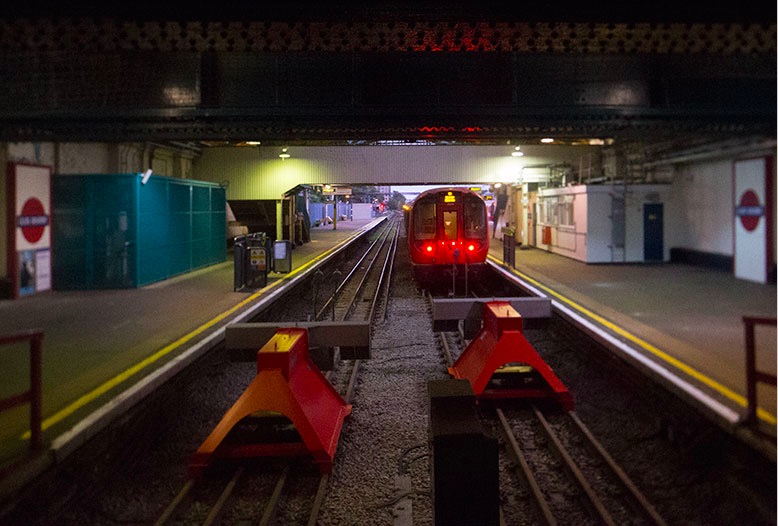
Ealing Broadway Tube station safety bumpers
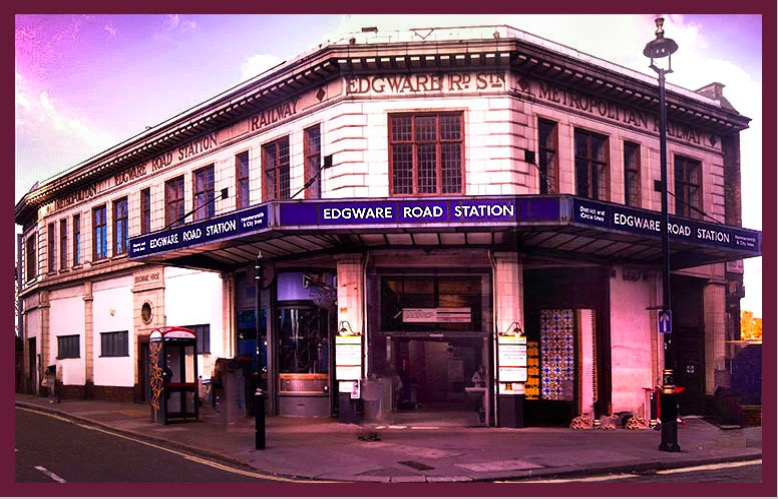
Where District, Circle, and Hammersmith & City Underground lines call (note vintage lettering at top)
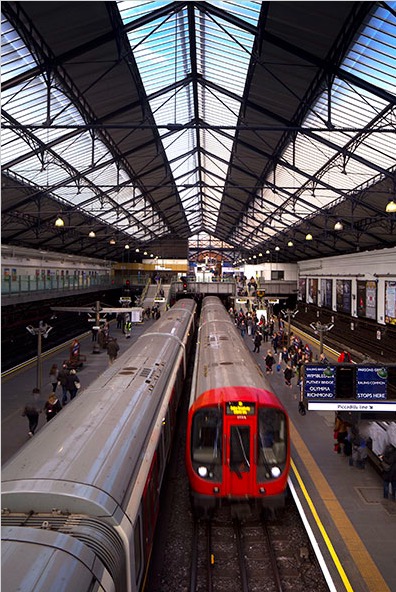
Busy Earl's Court station, District Line platforms
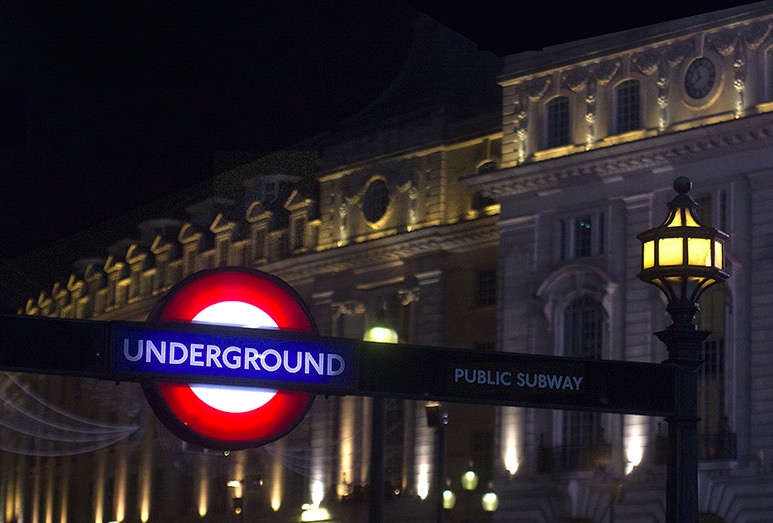
Entrance to Piccadilly Circus Underground station ("Public Subway" at right refers to what Americans call an underpass)
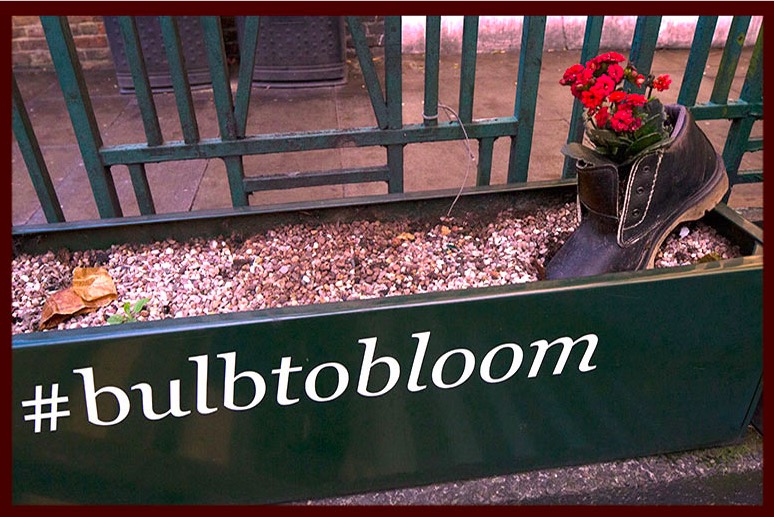
Little Venice, Warwick Avenue Underground station awhile back —via Clifton Nurseries?
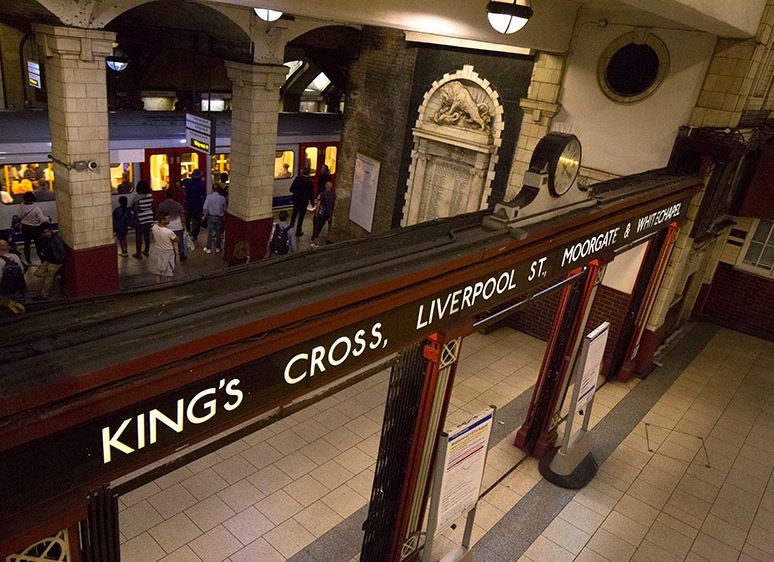
Baker Street Underground station photographed from pedestrian ramp
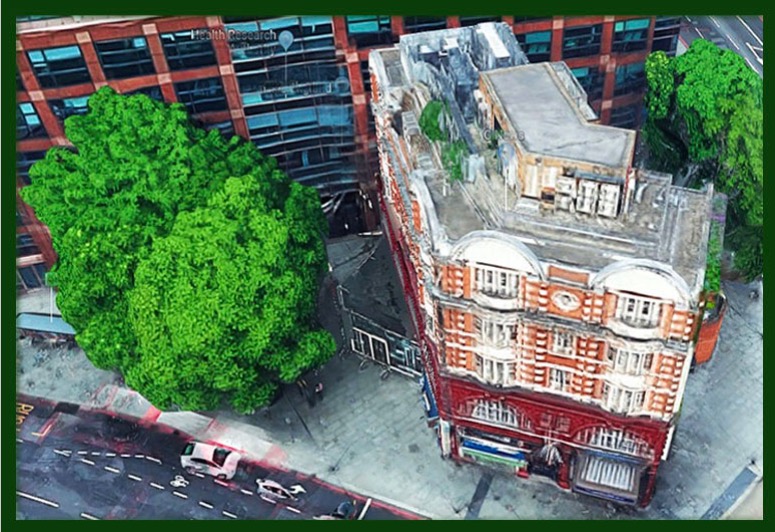
Elephant & Castle Underground station (image courtesy of Google-map screen shot)
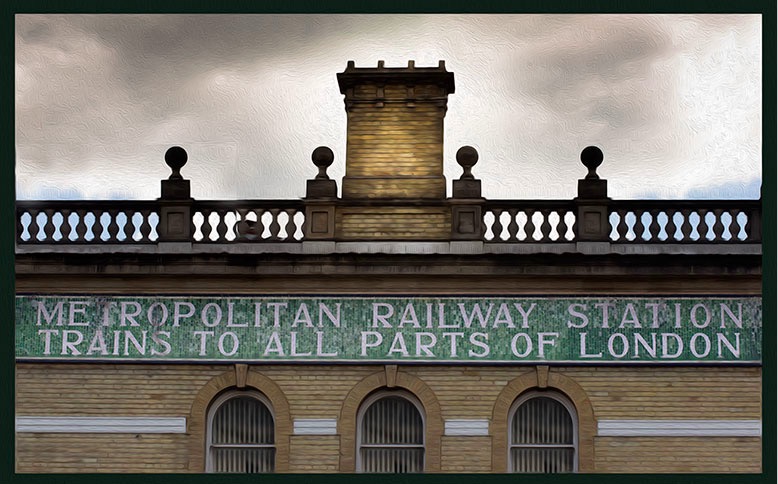
Vintage sign for long-ago train services now provided by Underground
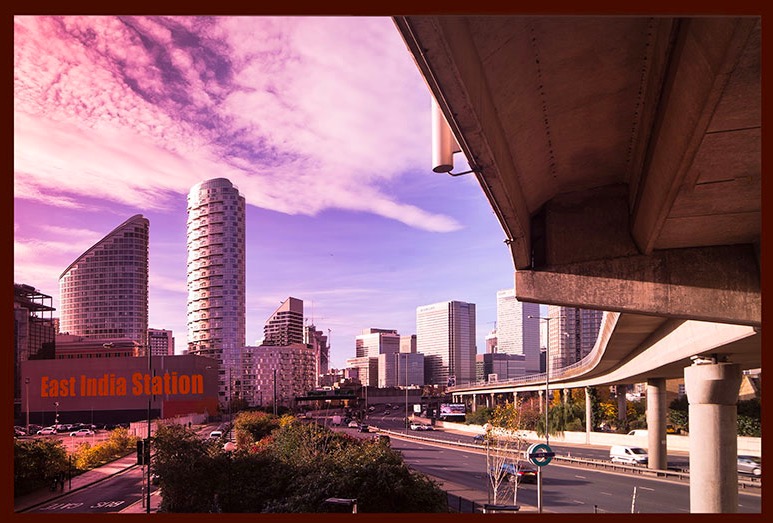
Station sits on Docklands Light Railway (DLR) trestle; station name added by editing image
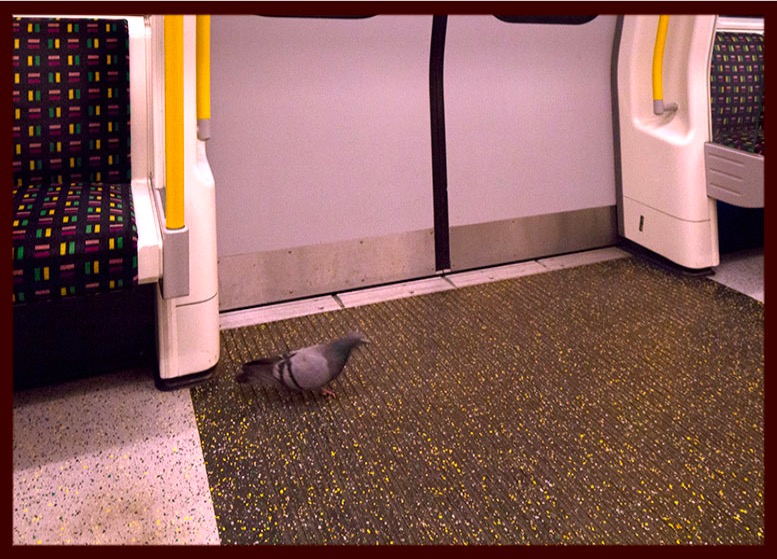
Yes some pigeons ride the Tube to get to hard-for-them-to-reach stations, but without paying a fare
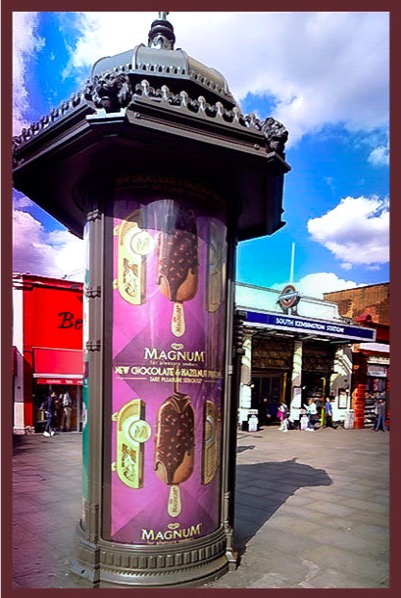
South Kensington Underground station
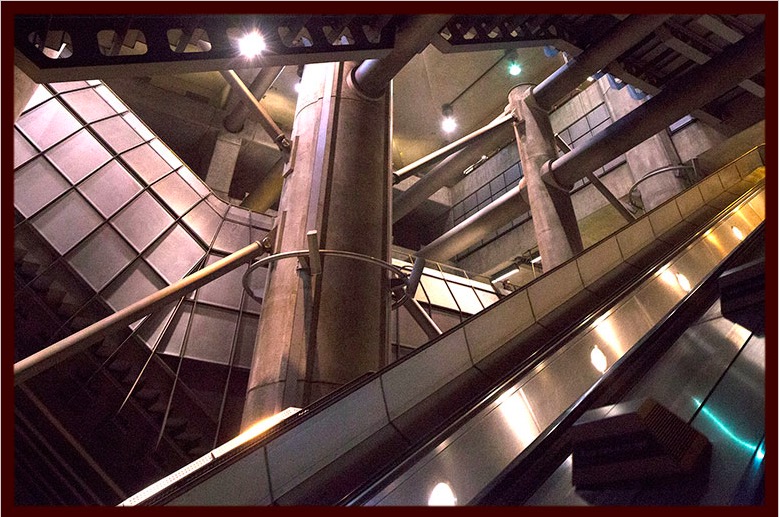
, The very modern Tube station at Westminster London
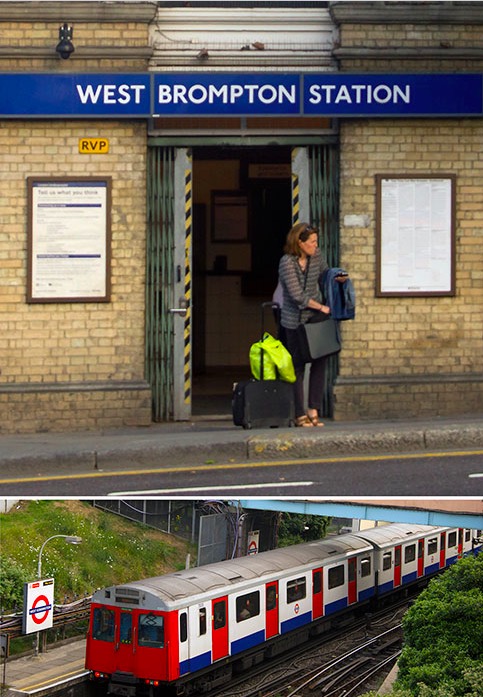
"Taxi!"
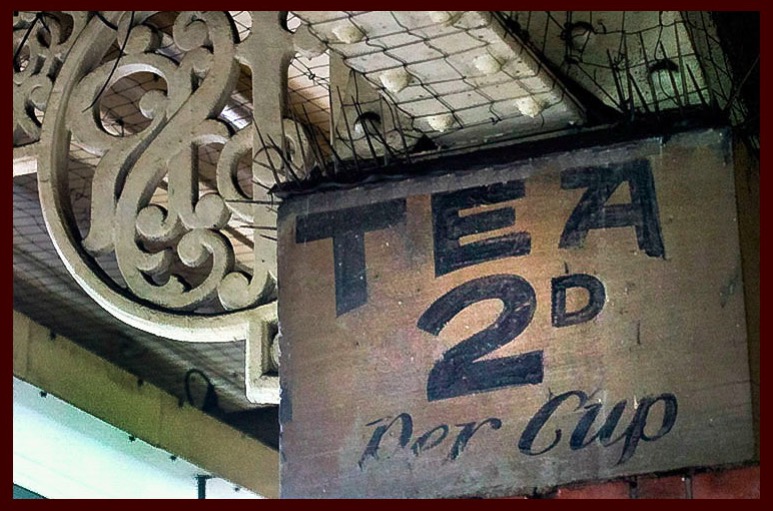
East Ham station today: Ghost advert for tea at 2 pence (pre-decimalization value); note overhanging white metalwork with letters LTSR (partly showing backwards) for the London, Tilbury and Southend Railway that built open-air station in 1858
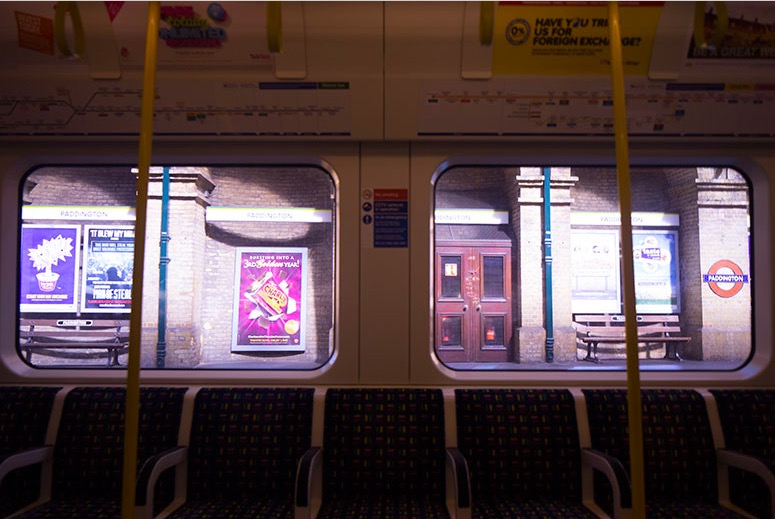
Paddington Underground station
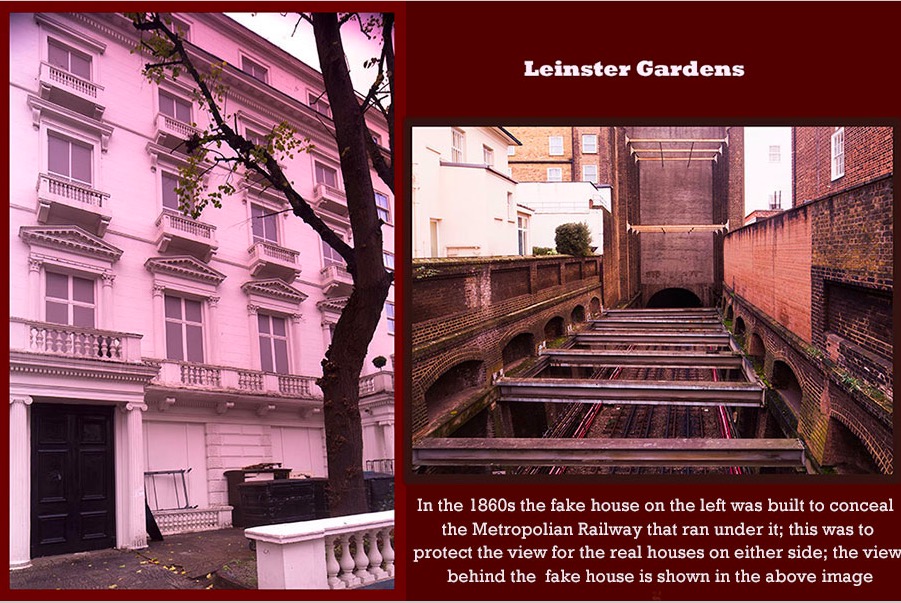
Today near Bayswater station on Circle and District Lines & Queensway station on Central line
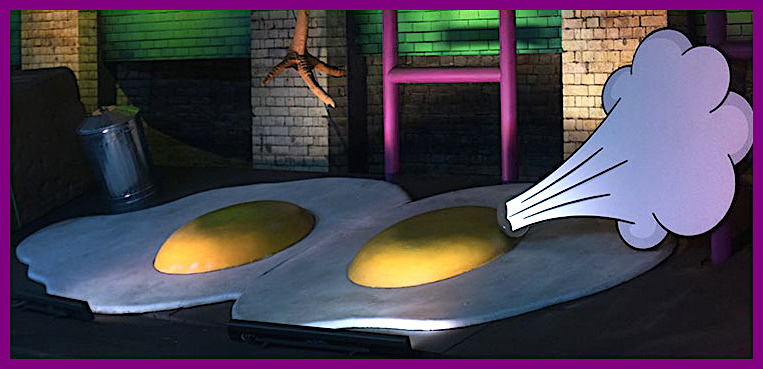
Art project at Gloucester Road Underground station